Tom's Hardware Verdict
An expensive but good power supply, the XPG Core Reactor 850W has high efficiency even under very-light loads, and support for alternative sleep mode.
Pros
- +
Full power at 47 degrees Celsius
- +
Efficient
- +
Good transient response
- +
Long hold-up time
- +
Compatible with the alternative sleep mode
- +
Fully modular
Cons
- -
Expensive
- -
Not so tight load regulation at +12V
- -
The fan profile could be looser
Why you can trust Tom's Hardware
The XPG Core Reactor with 850W capacity uses a modern and high-performance platform, which is provided by Channel Well Technology. Both its overall efficiency and output noise readings are at good levels, and this is shown by the corresponding Cybenetics certifications (ETA-A and LAMBDA-A-). Moreover, it is fully compatible with alternative sleep mode, and achieves higher than 70% efficiency with a 2% load. The Corsair RM850x delivers higher overall performance, though, and the same goes for the EVGA SuperNOVA 850 G3. The main disadvantage for the Core Reactor 850W is the price since it is more expensive than the RM850x. Nonetheless, the latter is not fully compatible with the newest ATX spec, nor does it support the alternative sleep mode support or offer >70% efficiency with a 2% load.
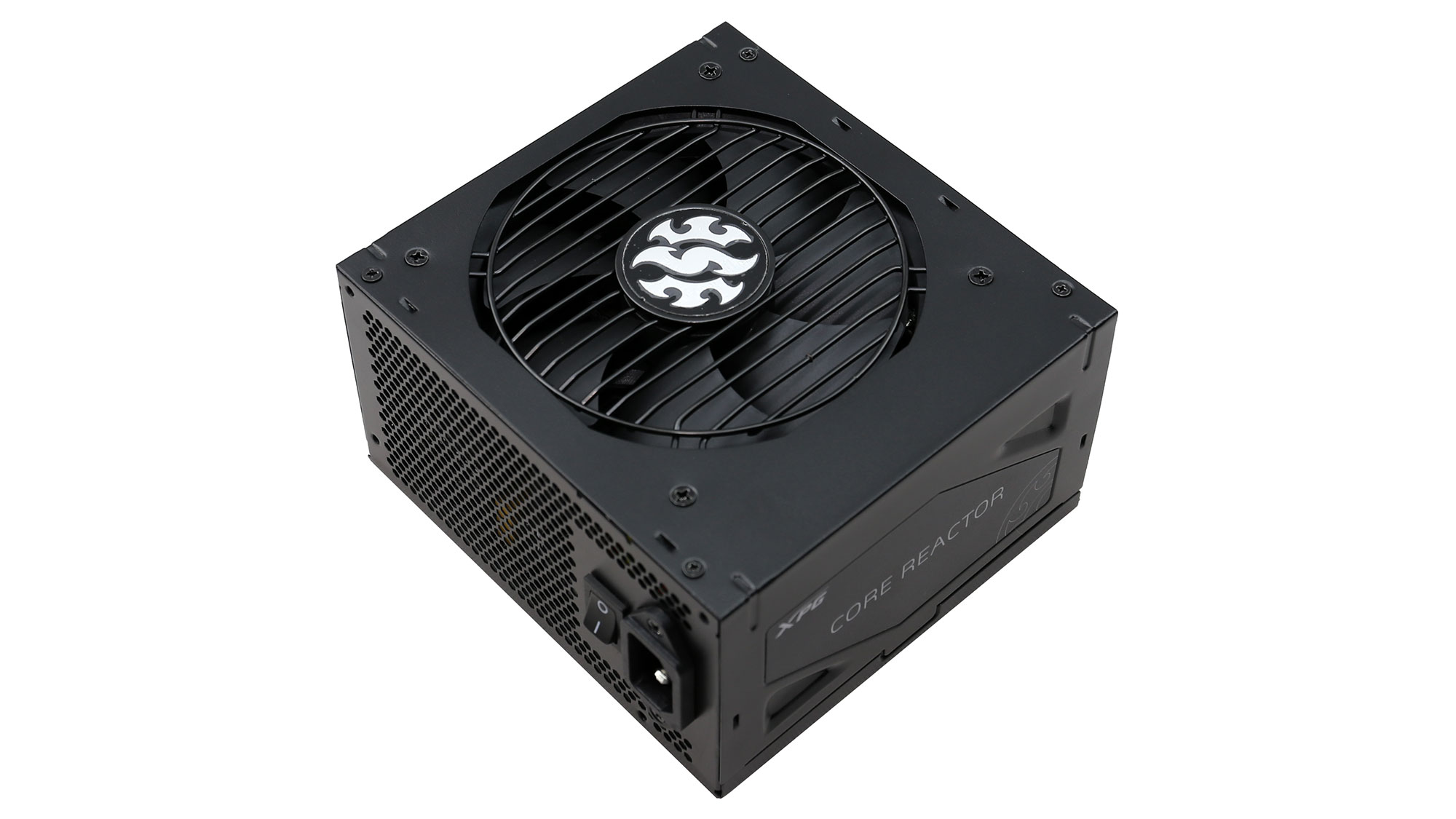
Product Photos
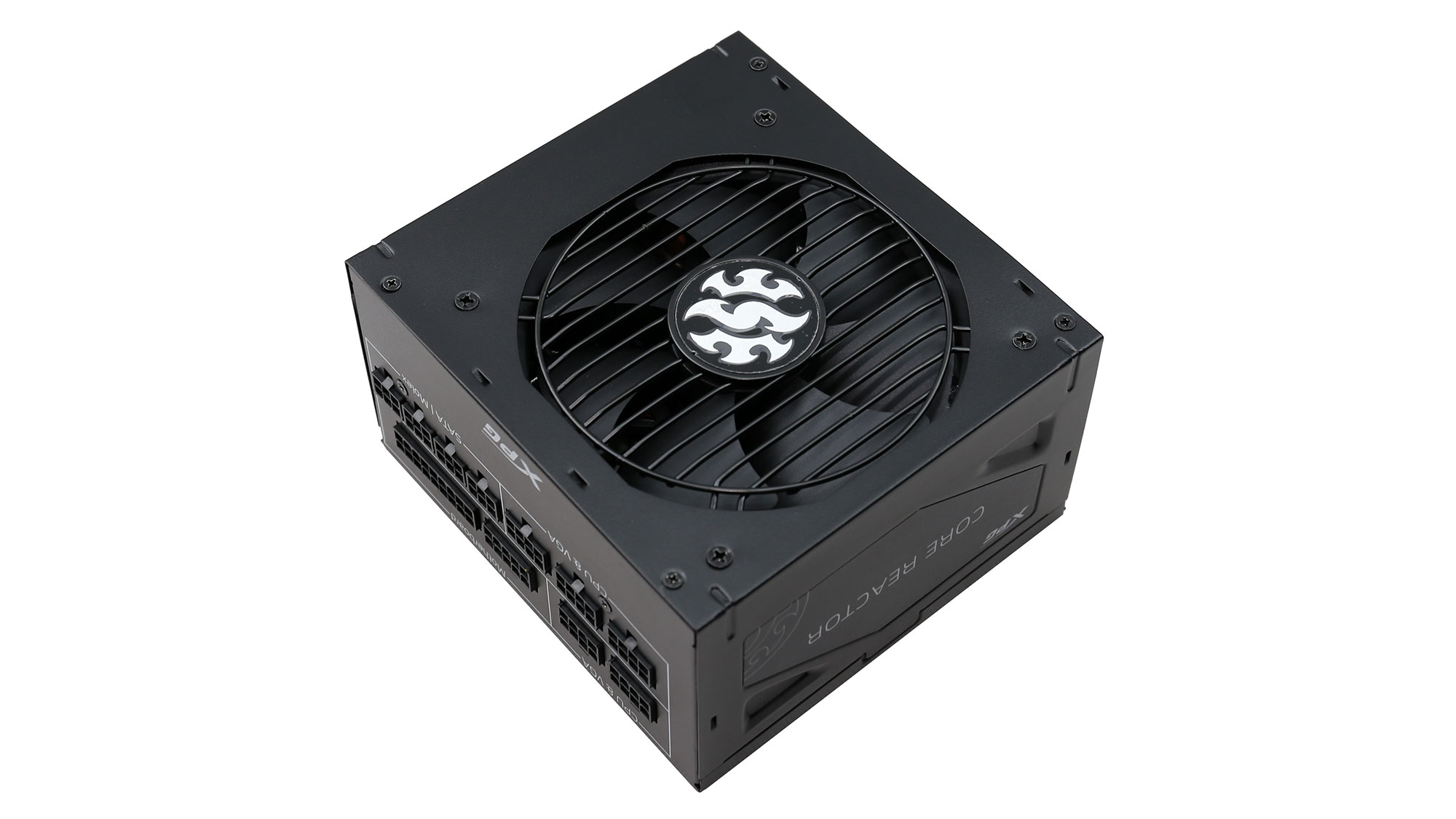
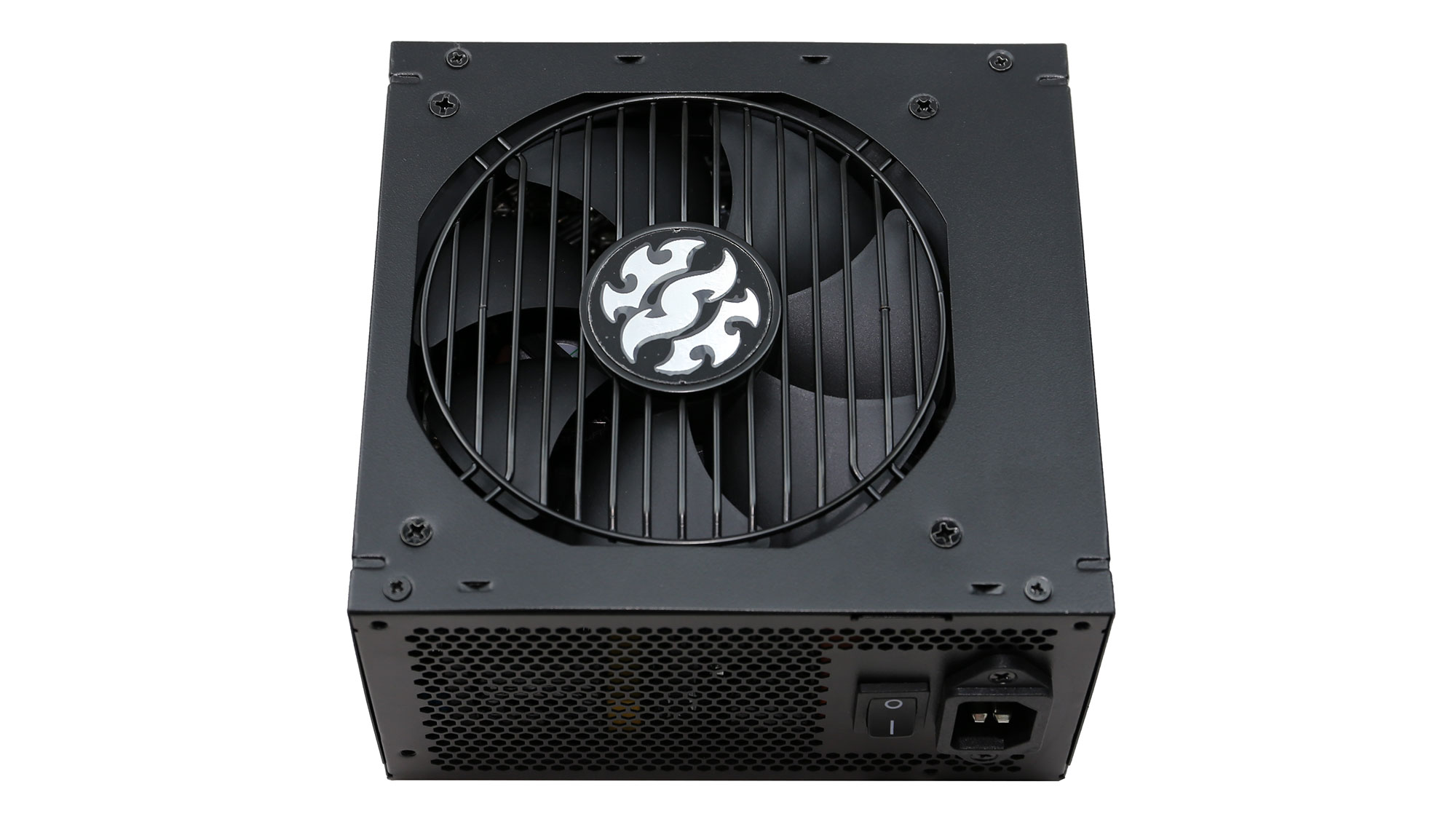
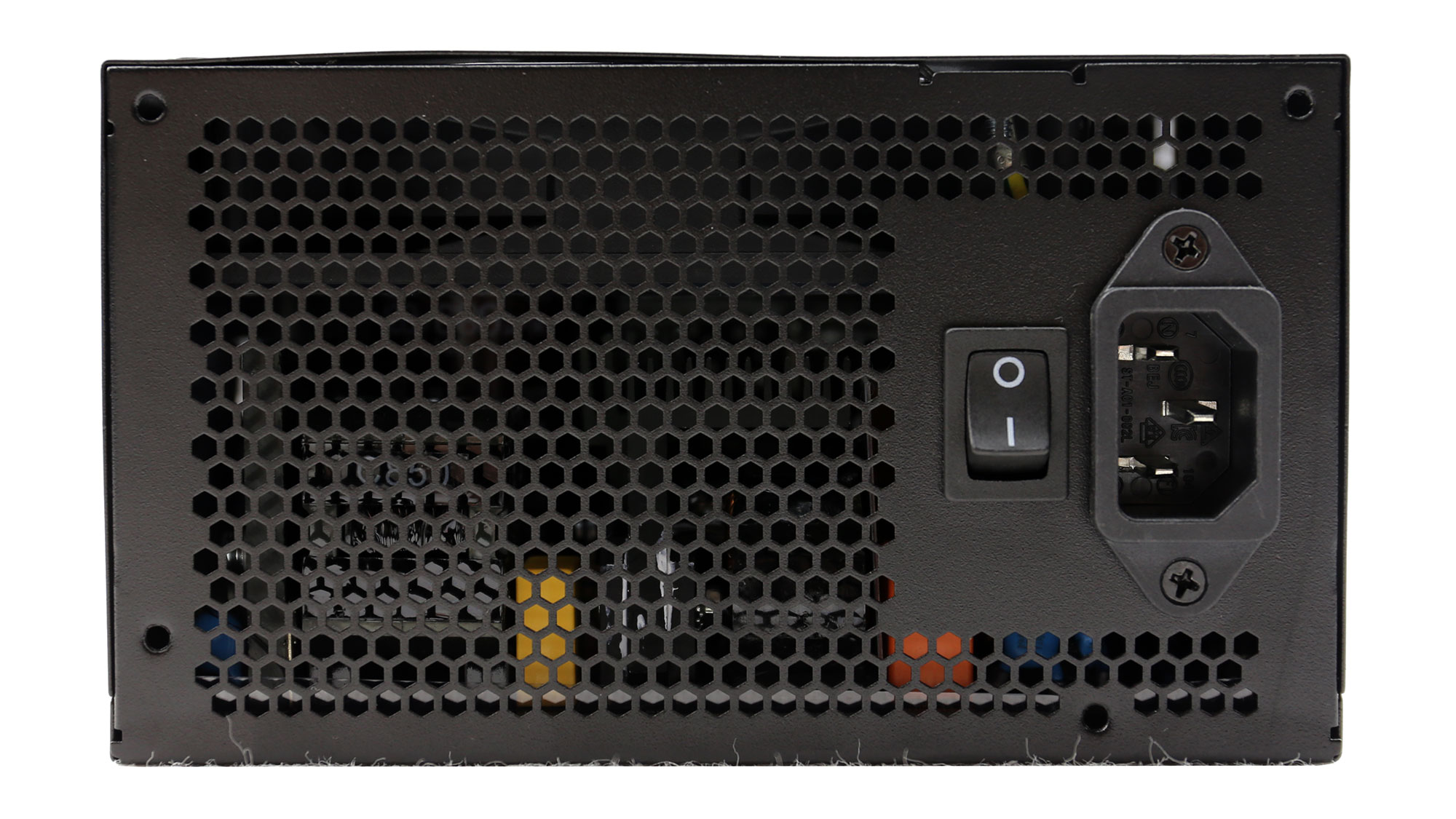
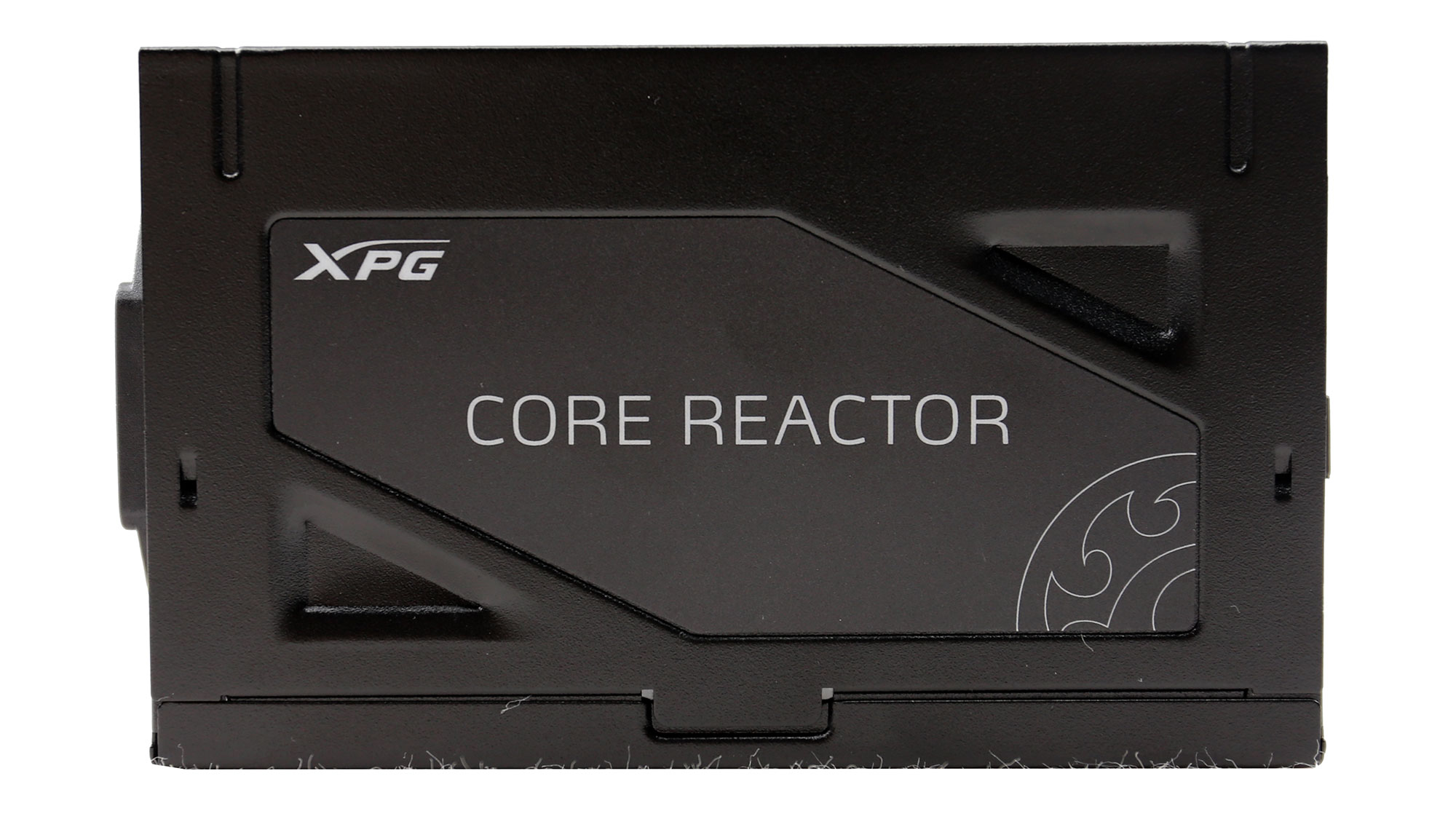

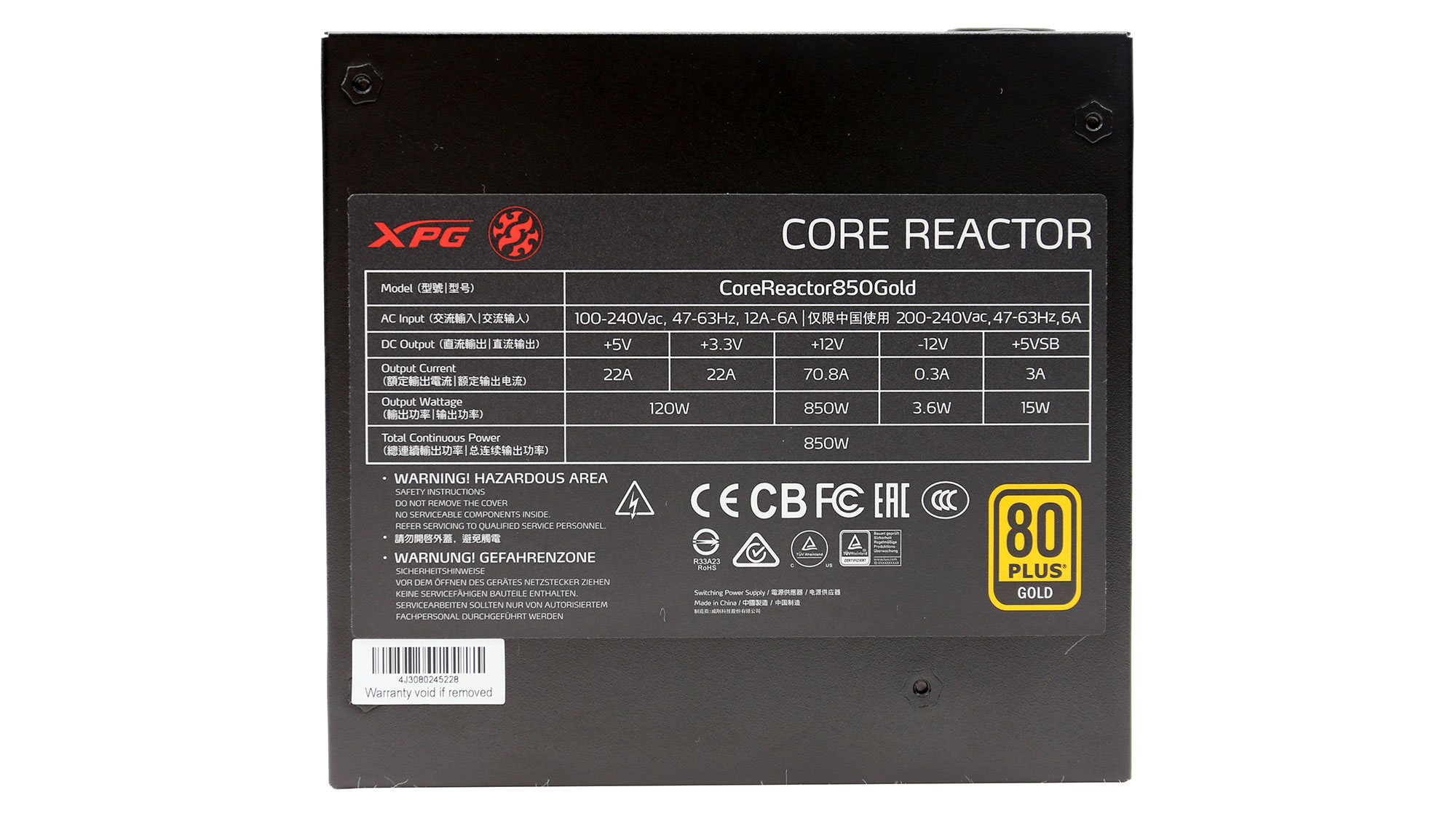
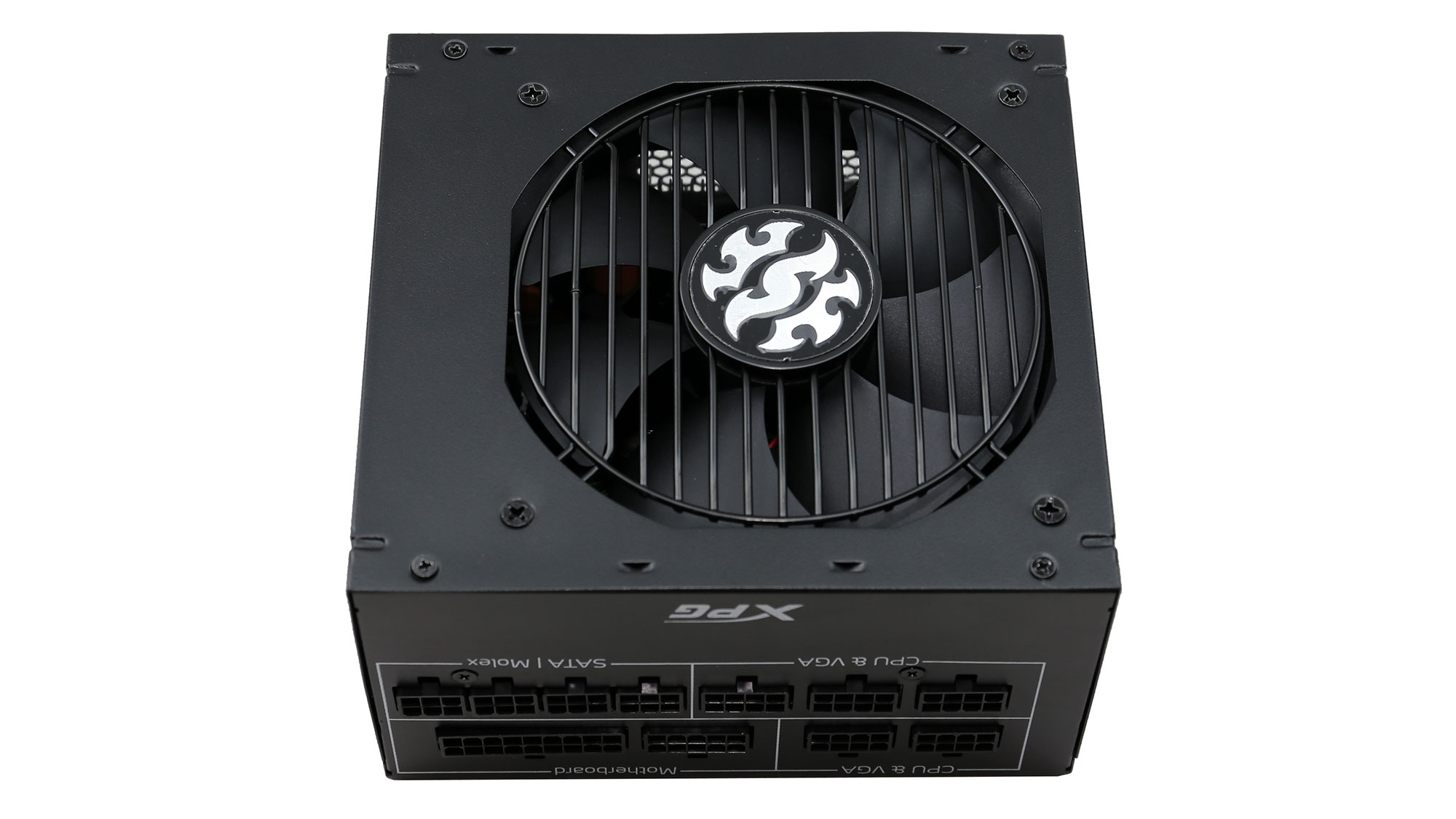
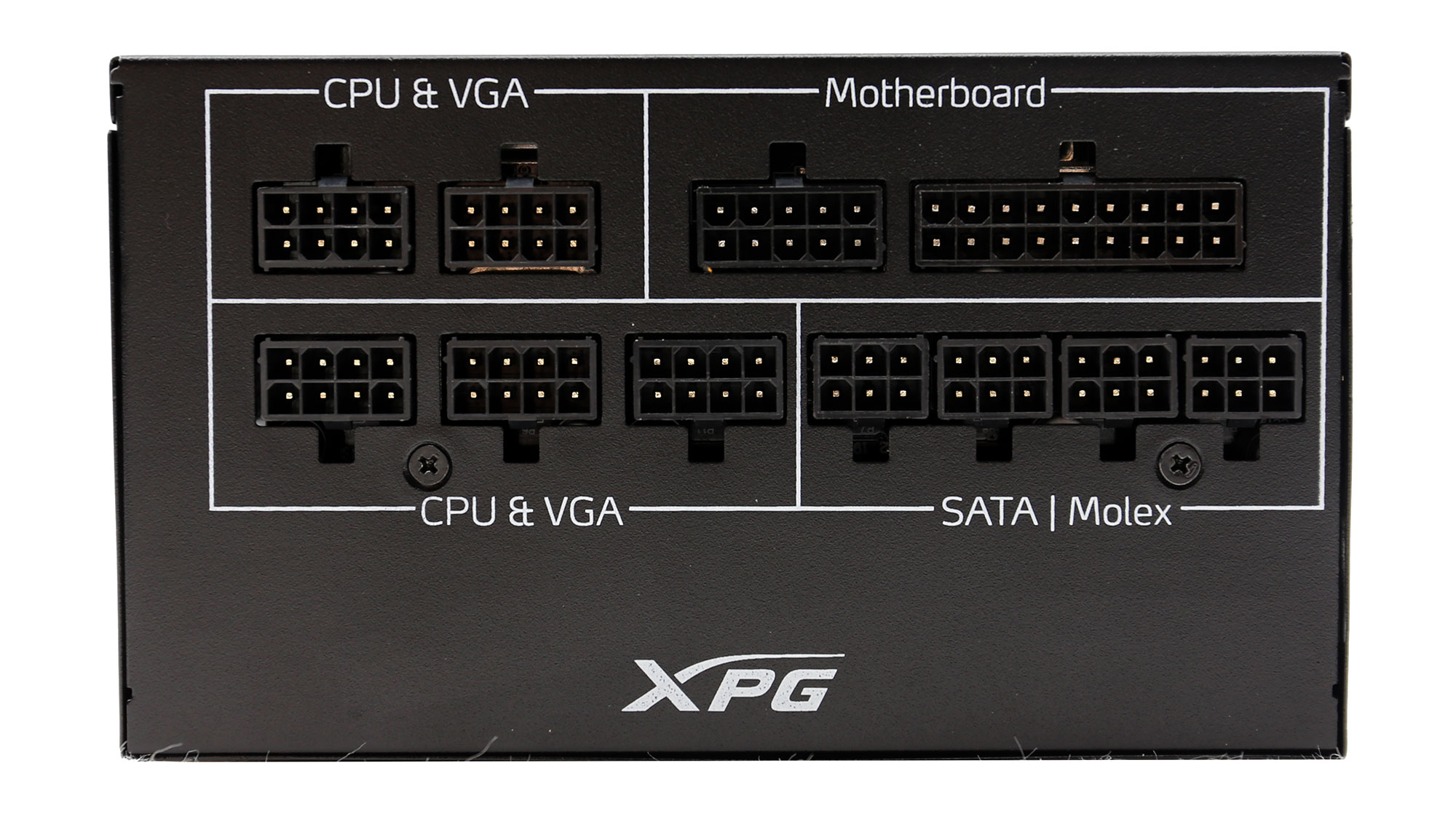
XPG, ADATA's department addressing enthusiast users and gamers, enters the PSU market with the Core Reactor line. There are three members in this line, with 850W, 750W, and 650W max power. All are fully modular and 80 PLUS Gold certified. They are also certified by Cybenetics, rated as ETA-A for efficiency.
When it comes to noise, the same organization rated the 650W and 750W models as LAMBDA-A, while the 850W unit has been certified as LAMBDA-A-. In today's review, we will take a look at the strongest member of the line, which is suitable for a powerful gaming system.
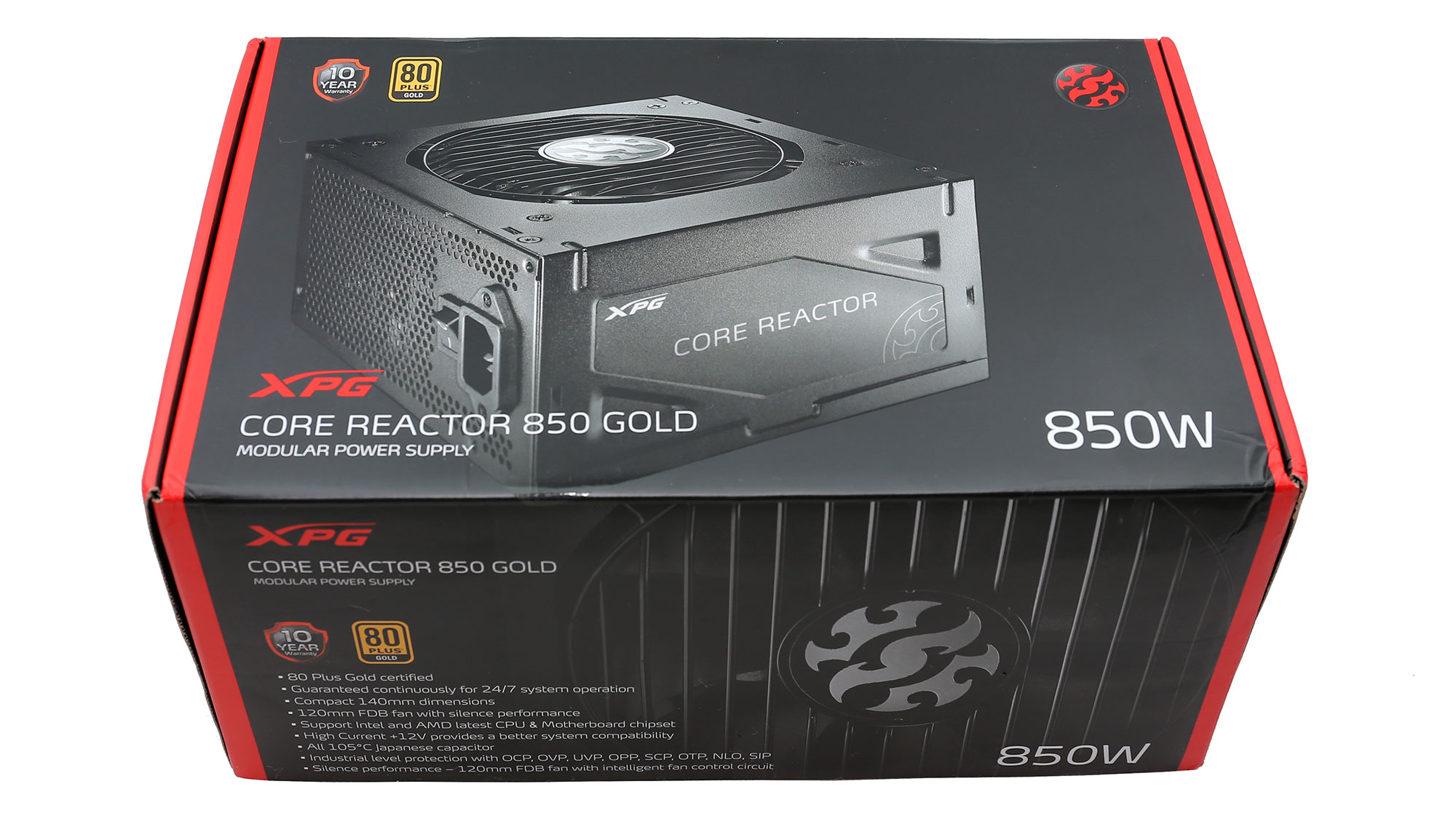
Product Photos
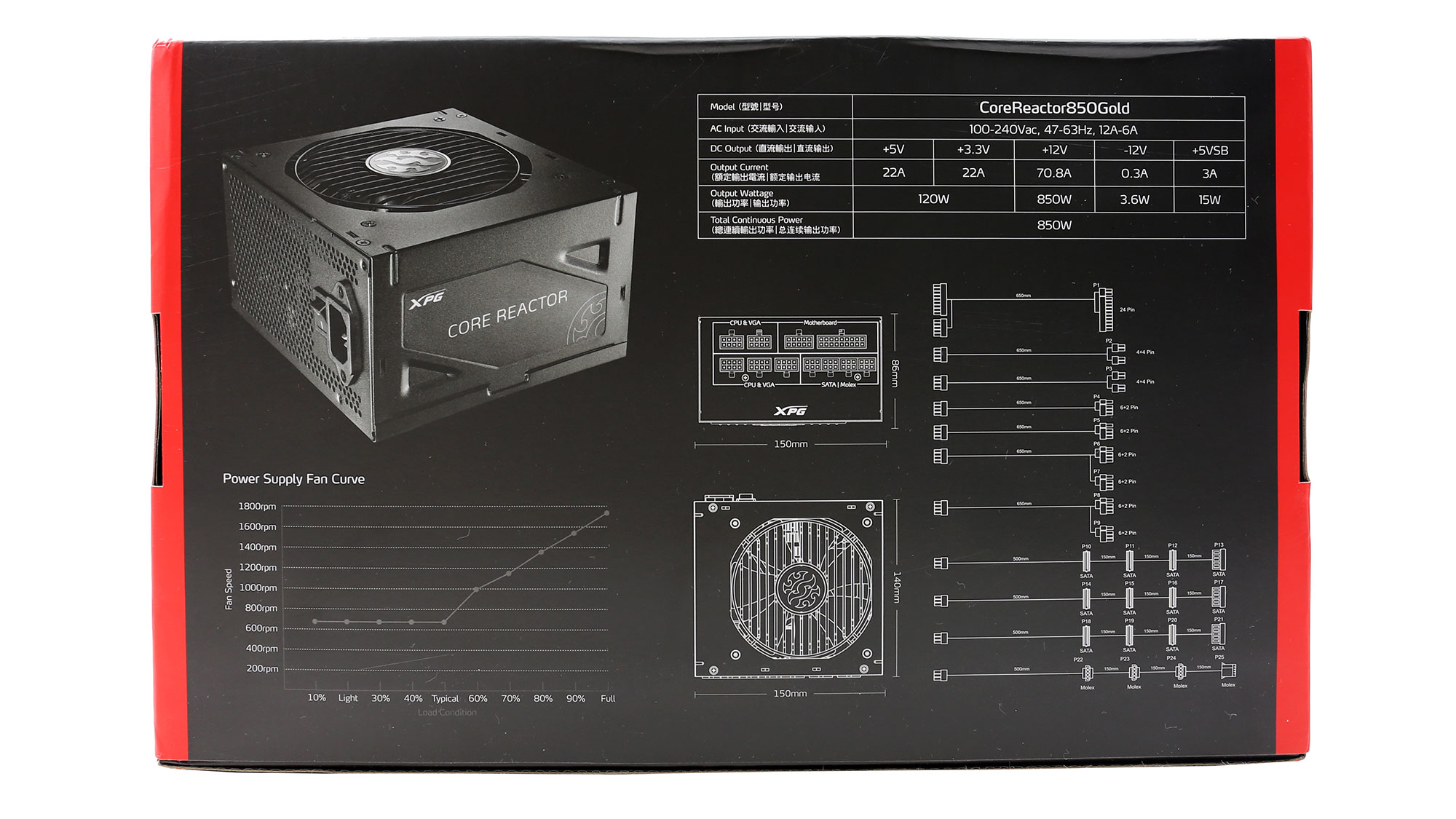
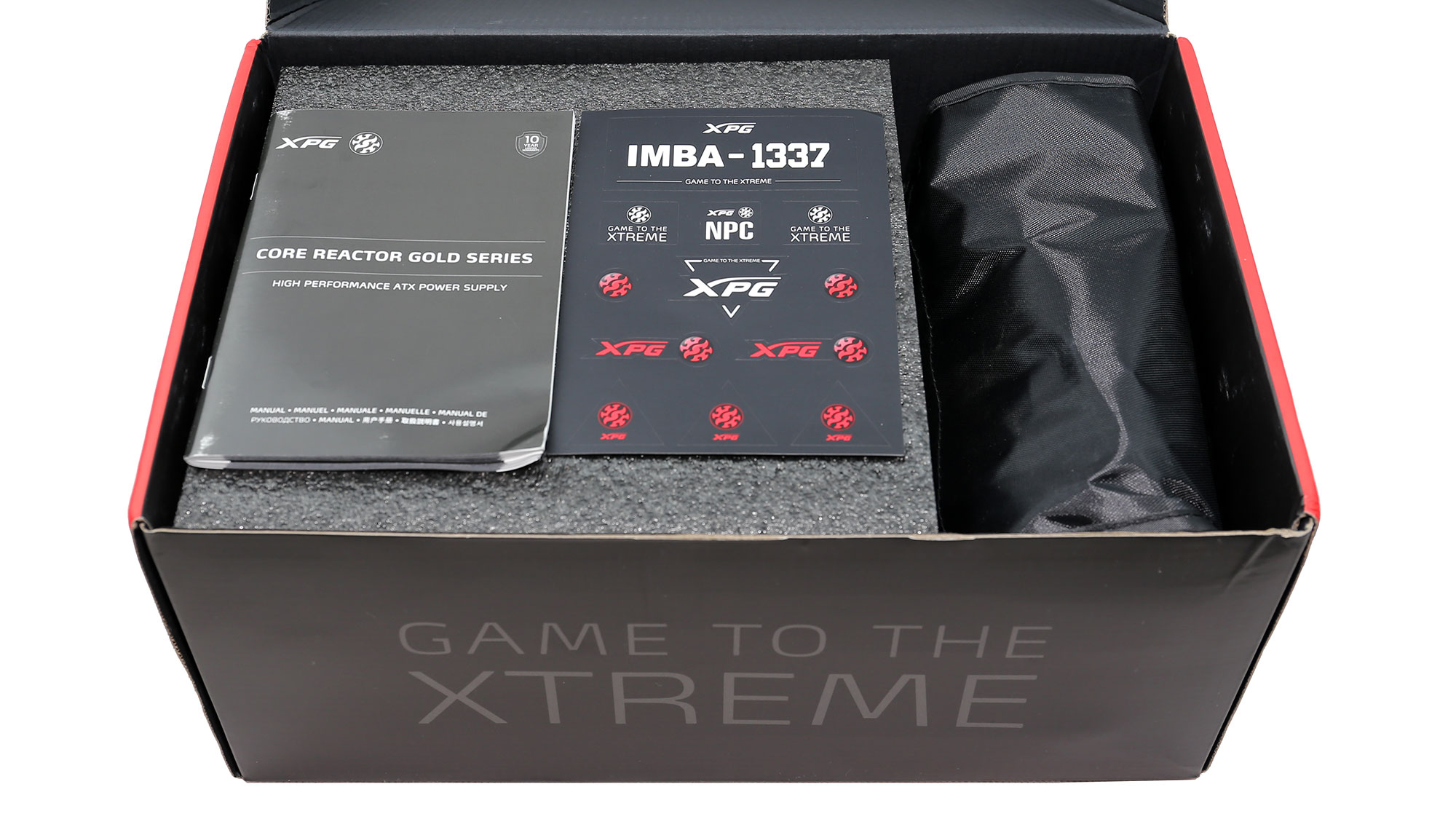
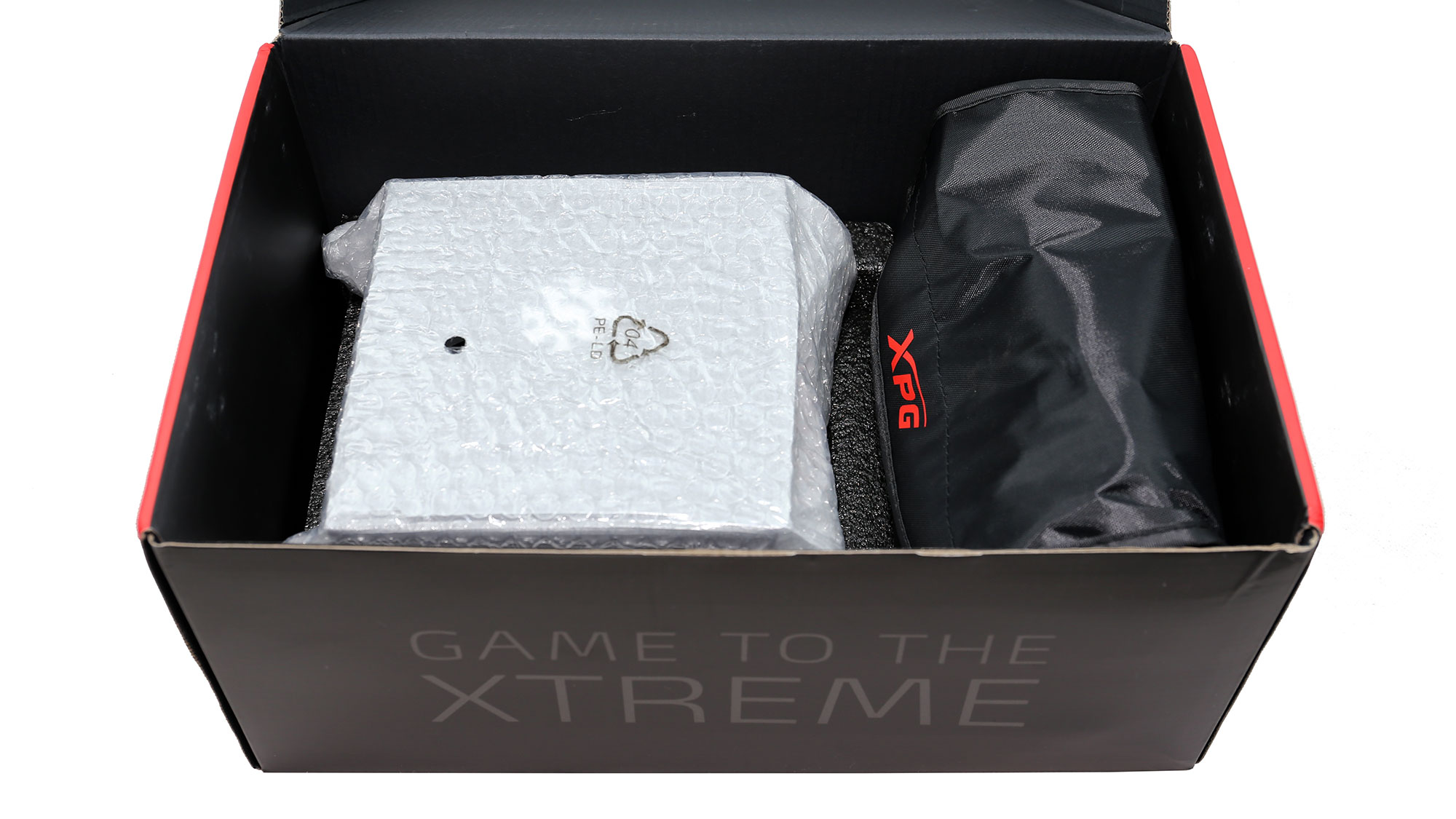

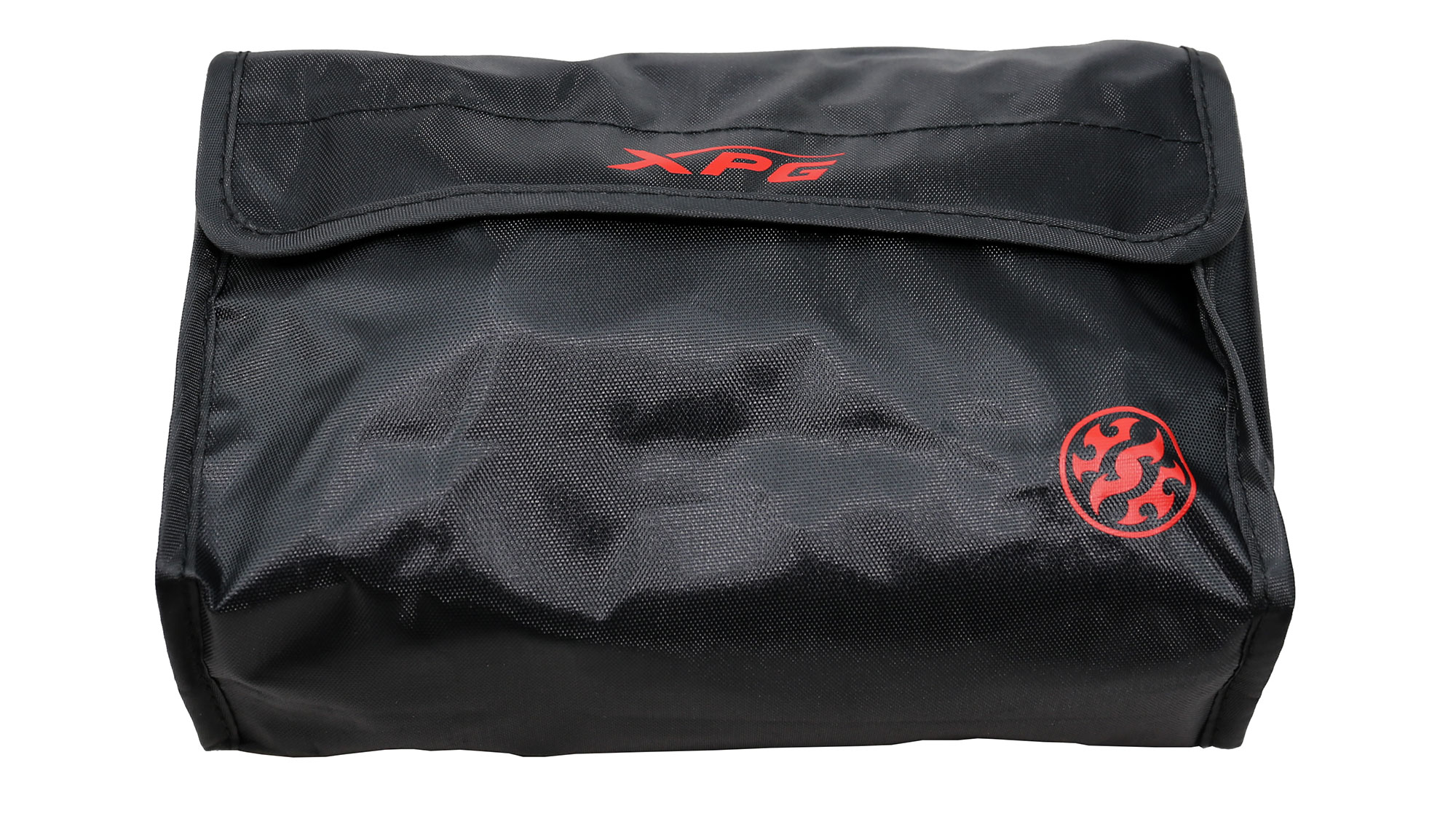
Specifications
|
Manufacturer (OEM) | CWT |
|
Max. DC Output | 850W |
|
Efficiency | 80 PLUS Gold, ETA-A (88-91%) |
|
Noise | LAMBDA-S++ (30-35 dB[A]) |
|
Modular | ✓ (Fully) |
|
Intel C6/C7 Power State Support | ✓ |
|
Operating Temperature (Continuous Full Load) | 0 - 50°C |
|
Over Voltage Protection | ✓ |
|
Under Voltage Protection | ✓ |
|
Over Power Protection | ✓ |
|
Over Current (+12V) Protection | ✓ |
|
Over Temperature Protection | ✓ |
|
Short Circuit Protection | ✓ |
|
Surge Protection | ✓ |
|
Inrush Current Protection | ✓ |
|
Fan Failure Protection | ✗ |
|
No Load Operation | ✓ |
|
Cooling | 120mm Fluid Dynamic Bearing Fan (HA1225H12F-Z) |
|
Semi-Passive Operation | ✗ |
|
Dimensions (W x H x D) | 150 x 85 x 140mm |
|
Weight | 1.47 kg (3.24 lb) |
|
Form Factor | ATX12V v2.4, EPS 2.92 |
|
Warranty | 10 Years |
The sample that Cybenetics evaluated has lower than 30 dB(A) overall noise output, so it is LAMBDA-A- certified. In contrast, our sample is a bit over 30 dB(A), and it is rated as LAMBDA-Standard++ in the Cybenetics scale. Usually, there shouldn't be such significant differences, and this shows that CWT used a less relaxed fan profile in the newer production batches.
Power Specifications
| Rail | 3.3V | 5V | 12V | 5VSB | -12V | |
|---|---|---|---|---|---|---|
| Max. Power | Amps | 22 | 22 | 70.8 | 3 | 0.3 |
| Watts | 120 | 850 | 15 | 3.6 | ||
| Total Max. Power (W) | 850 |
Cables & Connectors
| Modular Cables | Cable Count | Connector Count (Total) | Gauge | In Cable Capacitors |
|---|---|---|---|---|
| ATX connector 20+4 pin (650mm) | 1 | 1 | 16-20AWG | No |
| 4+4 pin EPS12V (650mm) | 2 | 2 | 16AWG | No |
| 6+2 pin PCIe (650mm+150mm) | 2 | 4 | 16-18AWG | No |
| 6+2 pin PCIe (650mm) | 2 | 2 | 16AWG | No |
| SATA (500mm+145mm+145mm+145mm) | 3 | 12 | 18AWG | No |
| 4-pin Molex (500mm+150mm+150mm+150mm) | 1 | 4 | 18AWG | No |
| AC Power Cord (1430mm) - C13 coupler | 1 | 1 | 16AWG | - |
There are lots of cables and connectors, including two EPS, six PCIe, and twelve SATA connectors. There are no in-cable caps, and the cables that have to deal with increased Amps use thicker gauges (16AWG). Finally, it is nice to see the peripheral connectors having ample distance among them.
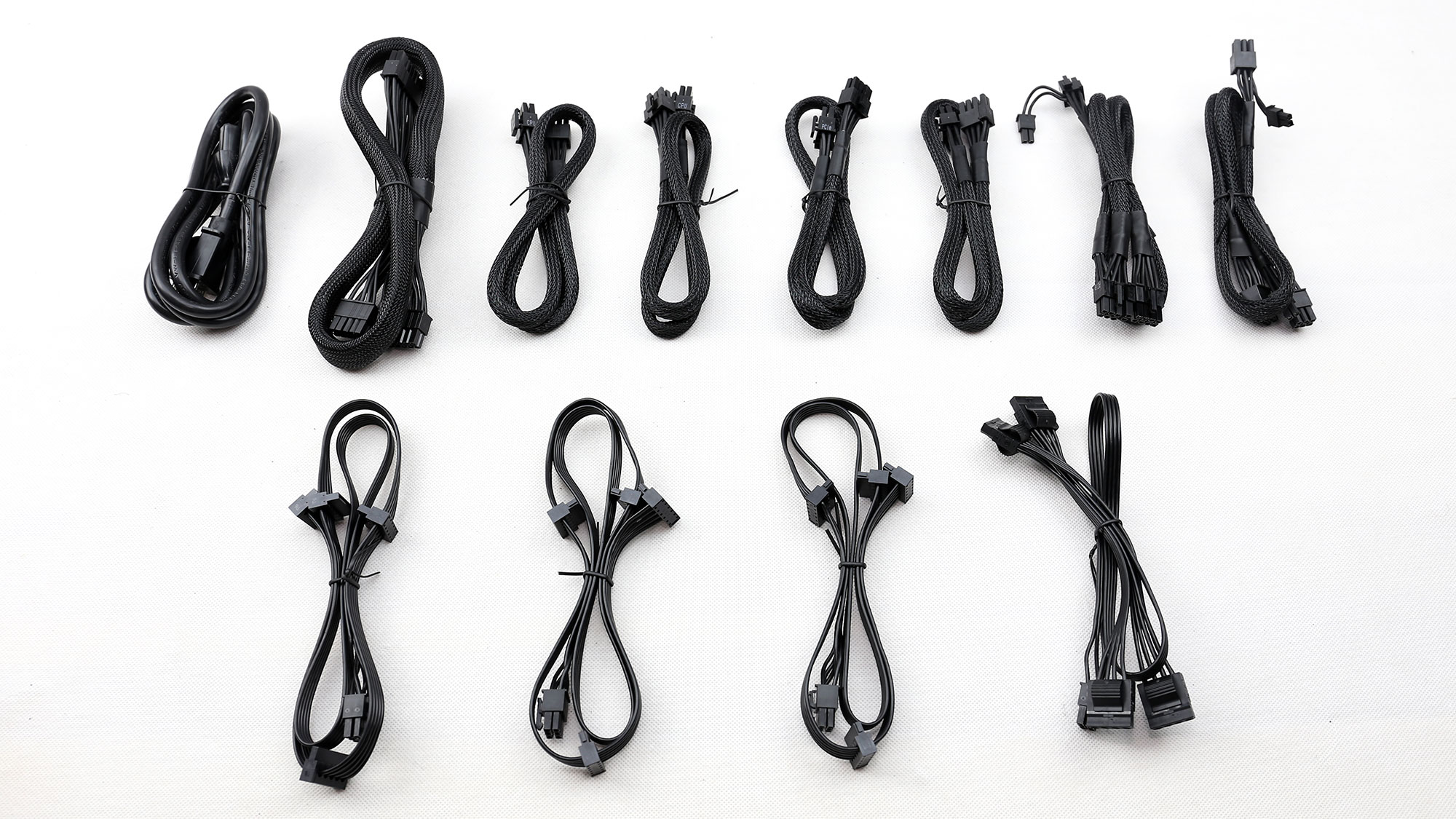
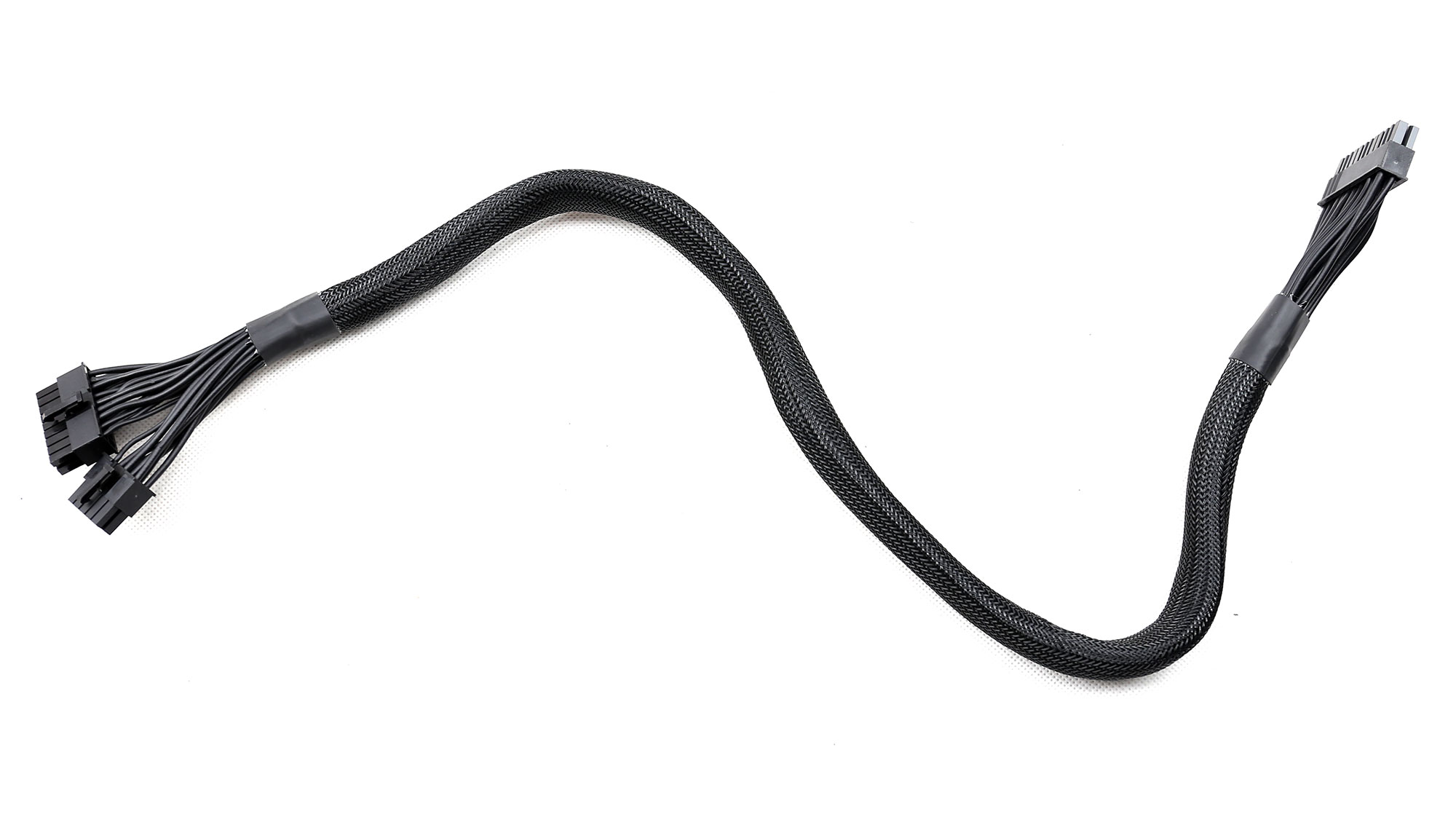
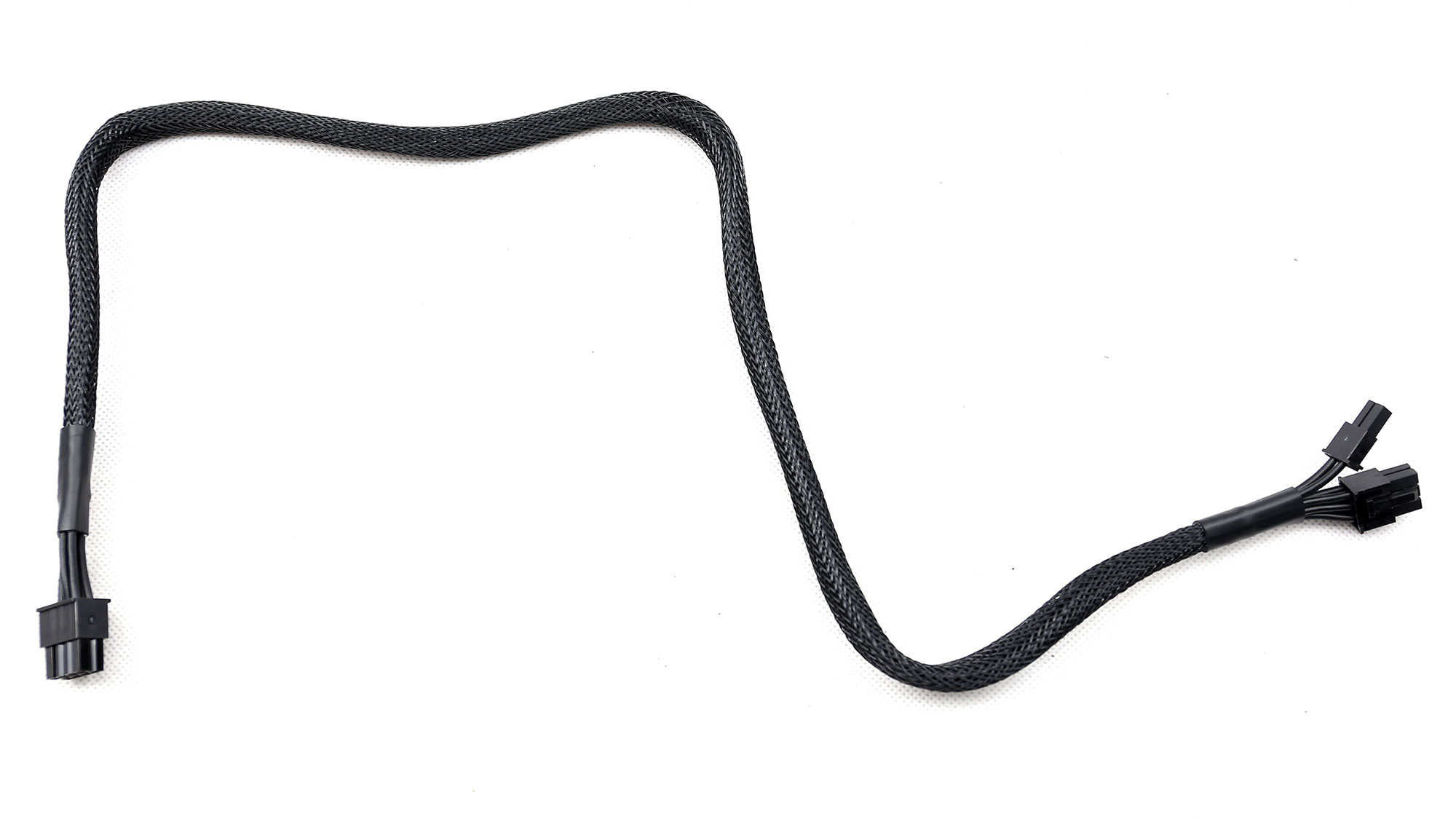
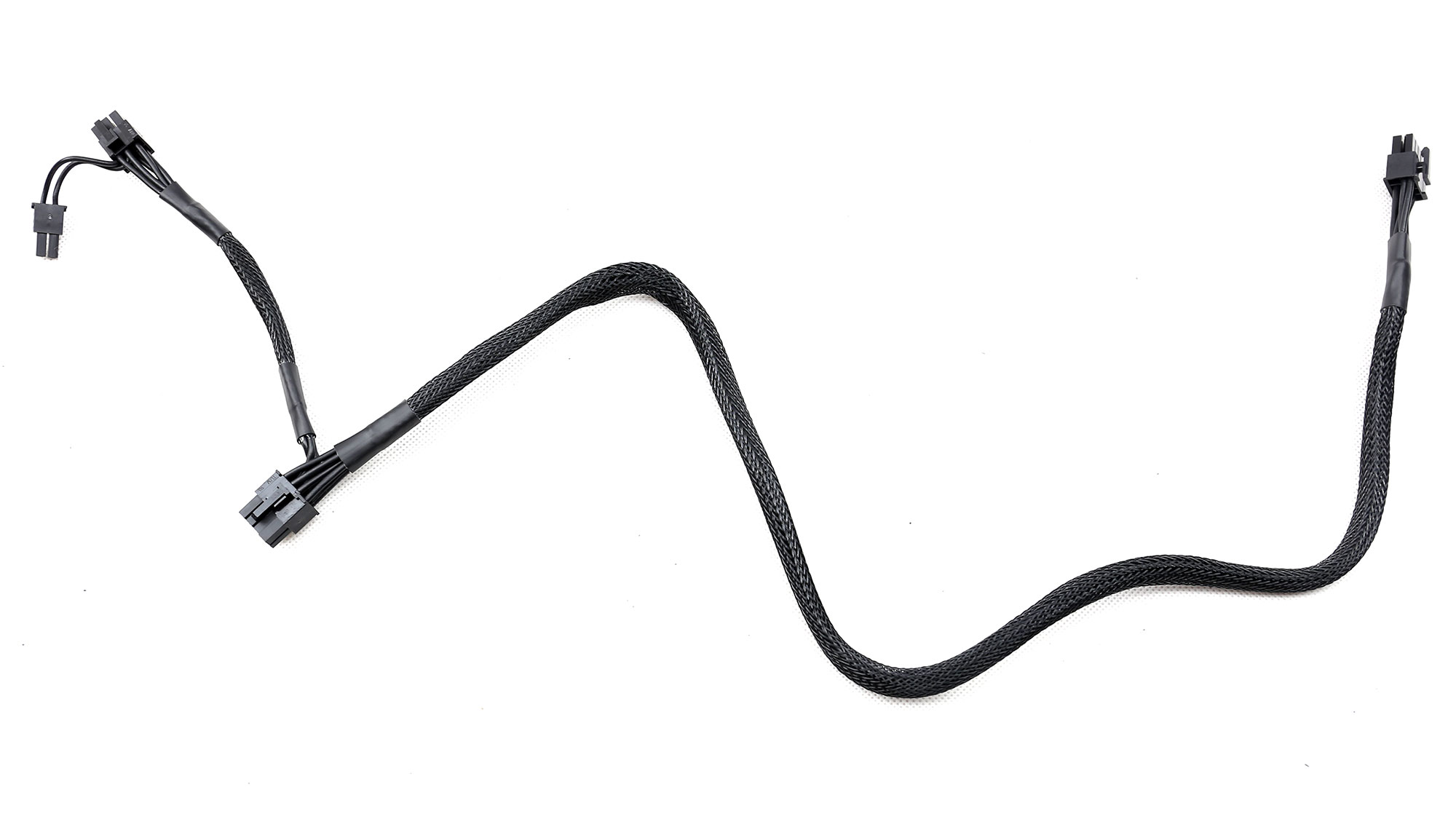
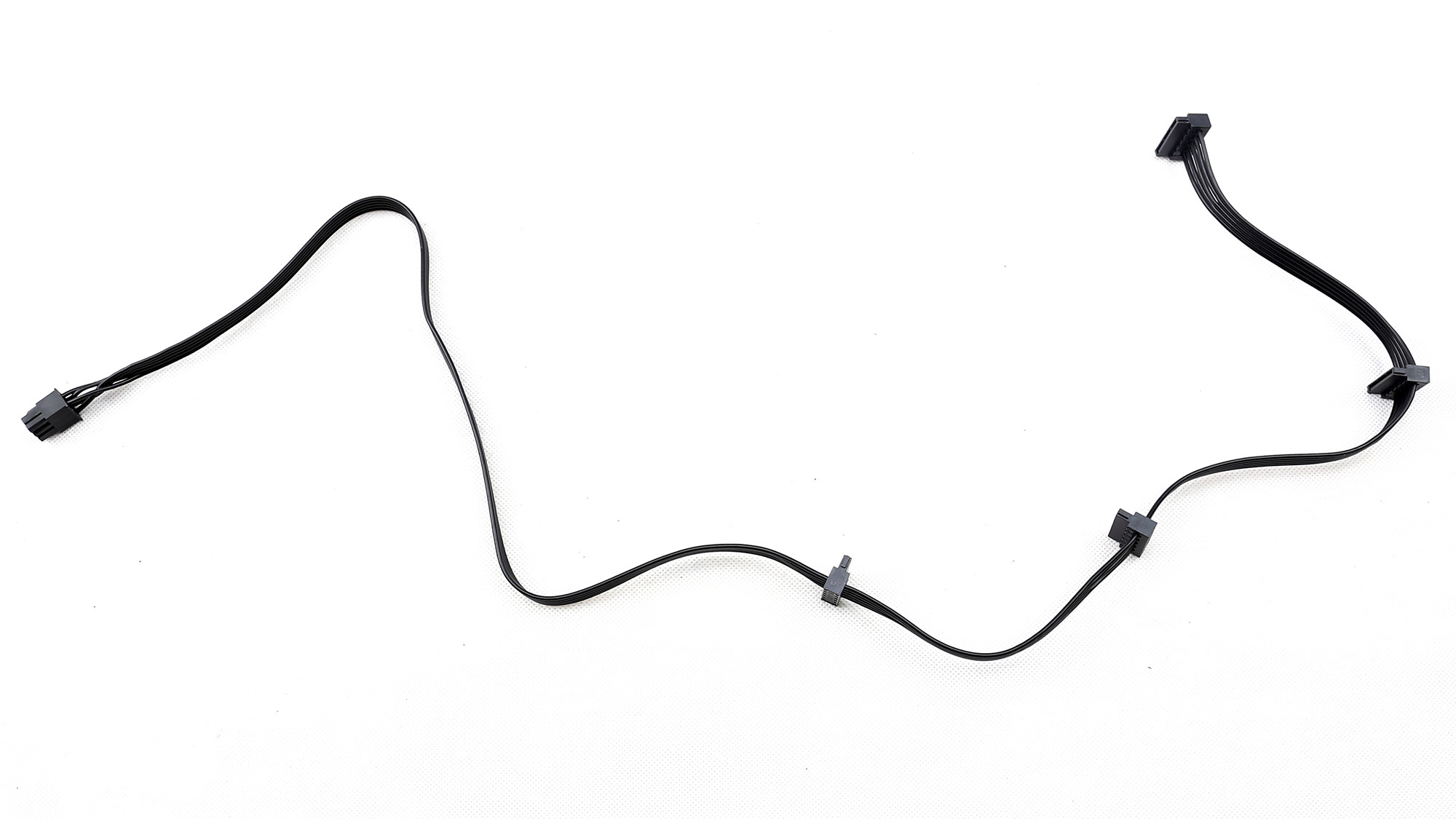
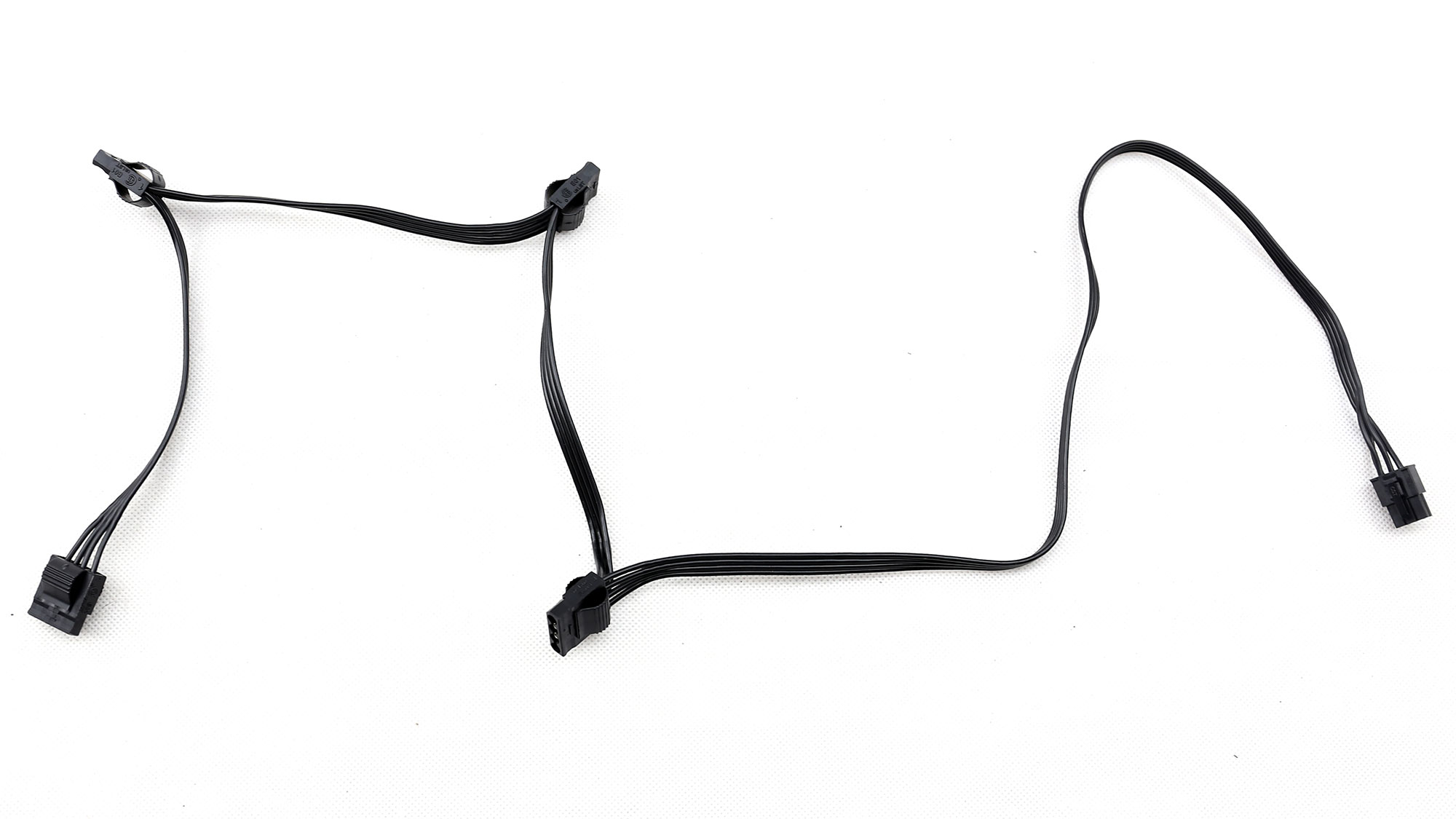
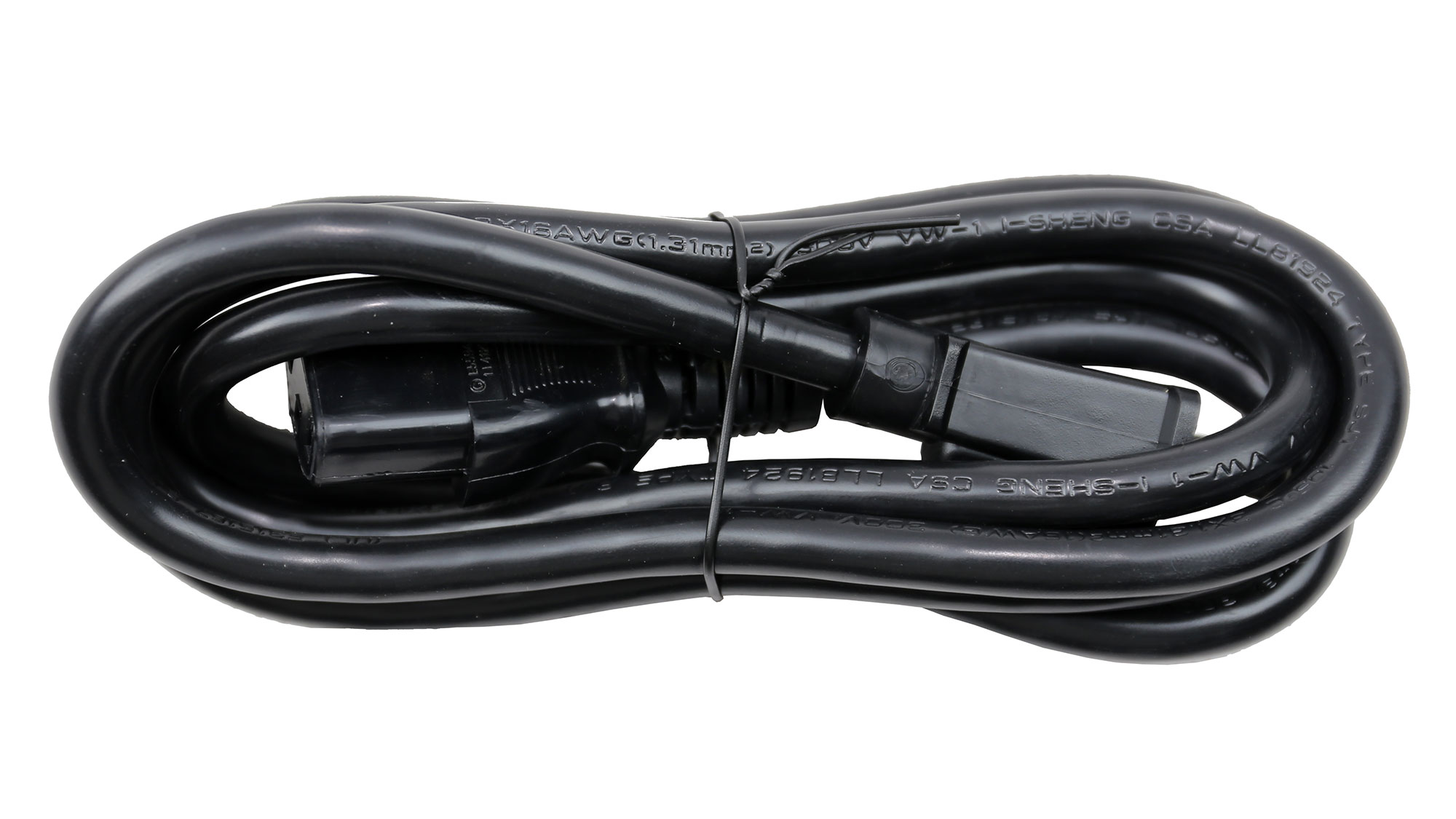
Cable Photos
Component Analysis
We strongly encourage you to have a look at our PSUs 101 article, which provides valuable information about PSUs and their operation, allowing you to better understand the components we're about to discuss.
| General Data | - |
| Manufacturer (OEM) | CWT |
| PCB Type | Double Sided |
| Primary Side | - |
| Transient Filter | 4x Y caps, 2x X caps, 2x CM chokes, 1x MOV |
| Inrush Protection | NTC Thermistor & Relay |
| Bridge Rectifier(s) | 2x GBU15L06 (600V, 15A @ 115°C) |
| APFC MOSFETs | 2x Vishay SiHF30N60E (650V, 18A @ 100°C, 0.125Ohm) & 1x SPN5003 FET (for reduced no-load consumption) |
| APFC Boost Diode | 1x CREE C3D10060A (600V, 10A @ 150°C) |
| Hold-up Cap(s) | 1x Nippon Chemi-Con (420V, 680uF, 2,000h @ 105°C, KMZ) |
| Main Switchers | 2x Vishay SiHF30N60E (650V, 18A @ 100°C, 0.125Ohm) |
| APFC Controller | Champion CM6500UNX |
| Resonant Controller | Champion CU6901V |
| Topology | Primary side: Half-Bridge & LLC converter Secondary side: Synchronous Rectification & DC-DC converters |
| Secondary Side | - |
| +12V MOSFETs | 8x On Semiconductor NTMFS5C430N (40V, 131A @ 100°C, 1.7mOhm) |
| 5V & 3.3V | DC-DC Converters: 2x Excelliance Mos Corp EMB04N03HR (30V, 45A @ 100°C, 4mOhm) & 2x Excelliance Mos Corp EMB02N03HR (30V, 100A @ 100°C, 1.7mOhm) PWM Controllers: ANPEC APW7159C |
| Filtering Capacitors | Electrolytic: 8x Nippon Chemi-Con (4-10,000h @ 105°C, KY), 1x Nippon Chemi-Con (1-5,000h @ 105°C, KZE), 2x Nichicon (2-5,000h @ 105°C, HD), 1x Nichicon (1,000h @ 105°C, VY) Polymer: 19x FPCAP, 6x United Chemi-Con |
| Supervisor IC | IN1S313I-SAG |
| Fan Model | Hang Hua HA1225H12F-Z (120mm, 12V, 0.58A, Fluid Dynamic Bearing Fan) |
| 5VSB Circuit | - |
| Rectifier | Silan Microelectronics SVF4N65RDTR FET (650V, 2.5A @ 100°C, 2.7Ohm) & 1x PS1045L SBR (45V, 10A) |
| Standby PWM Controller | On-Bright OB5282CP |
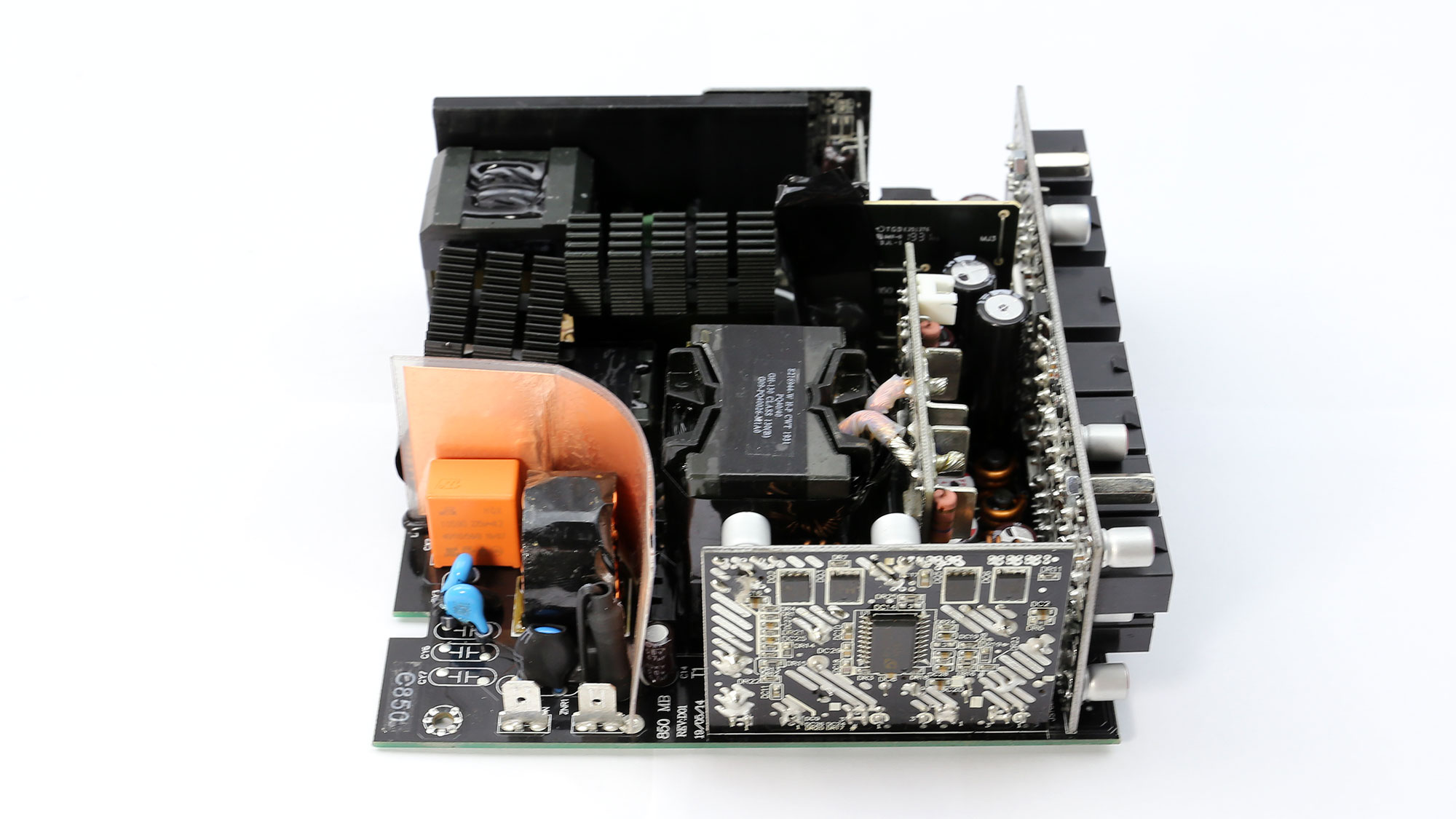
Overall Photos
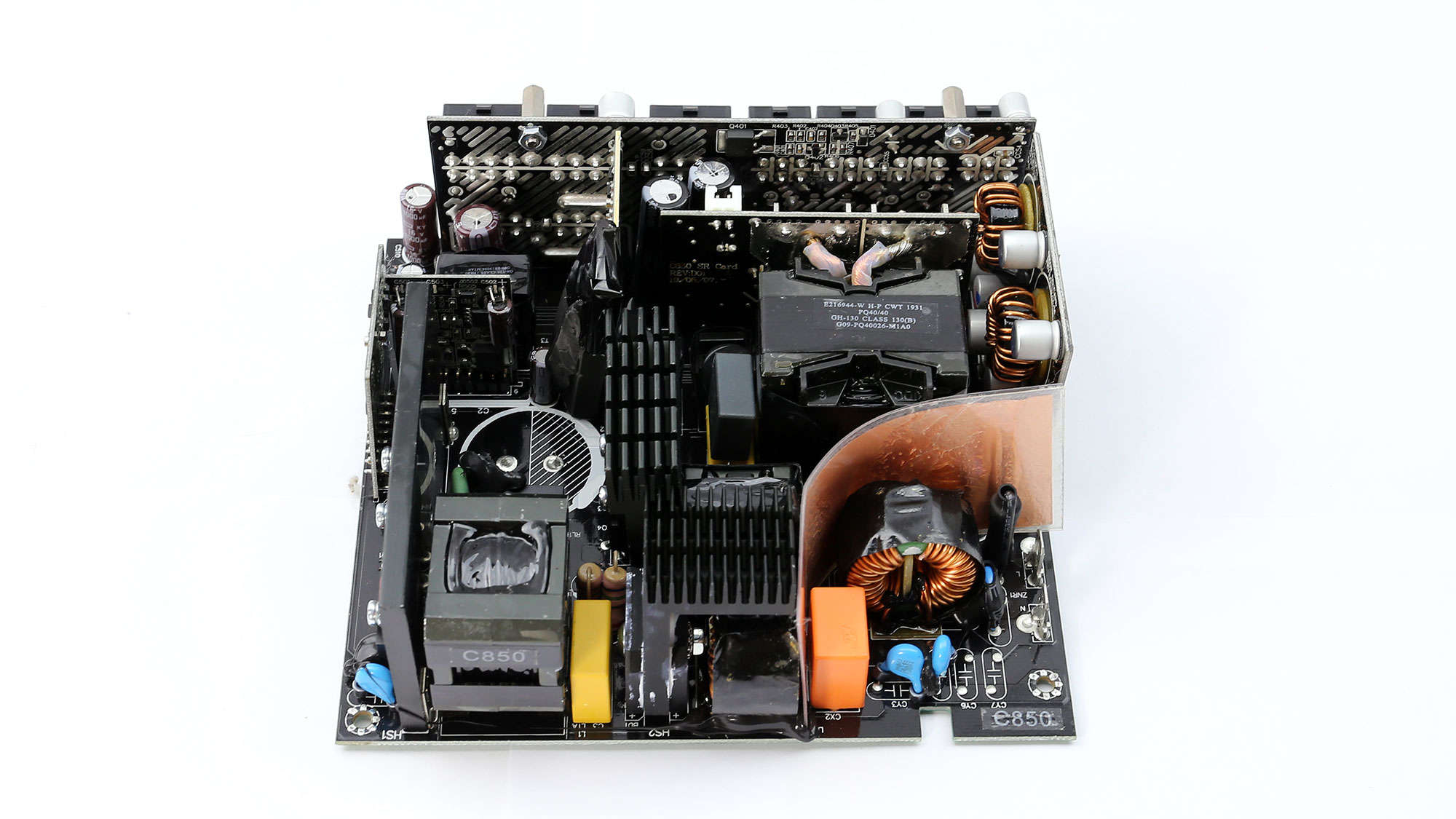

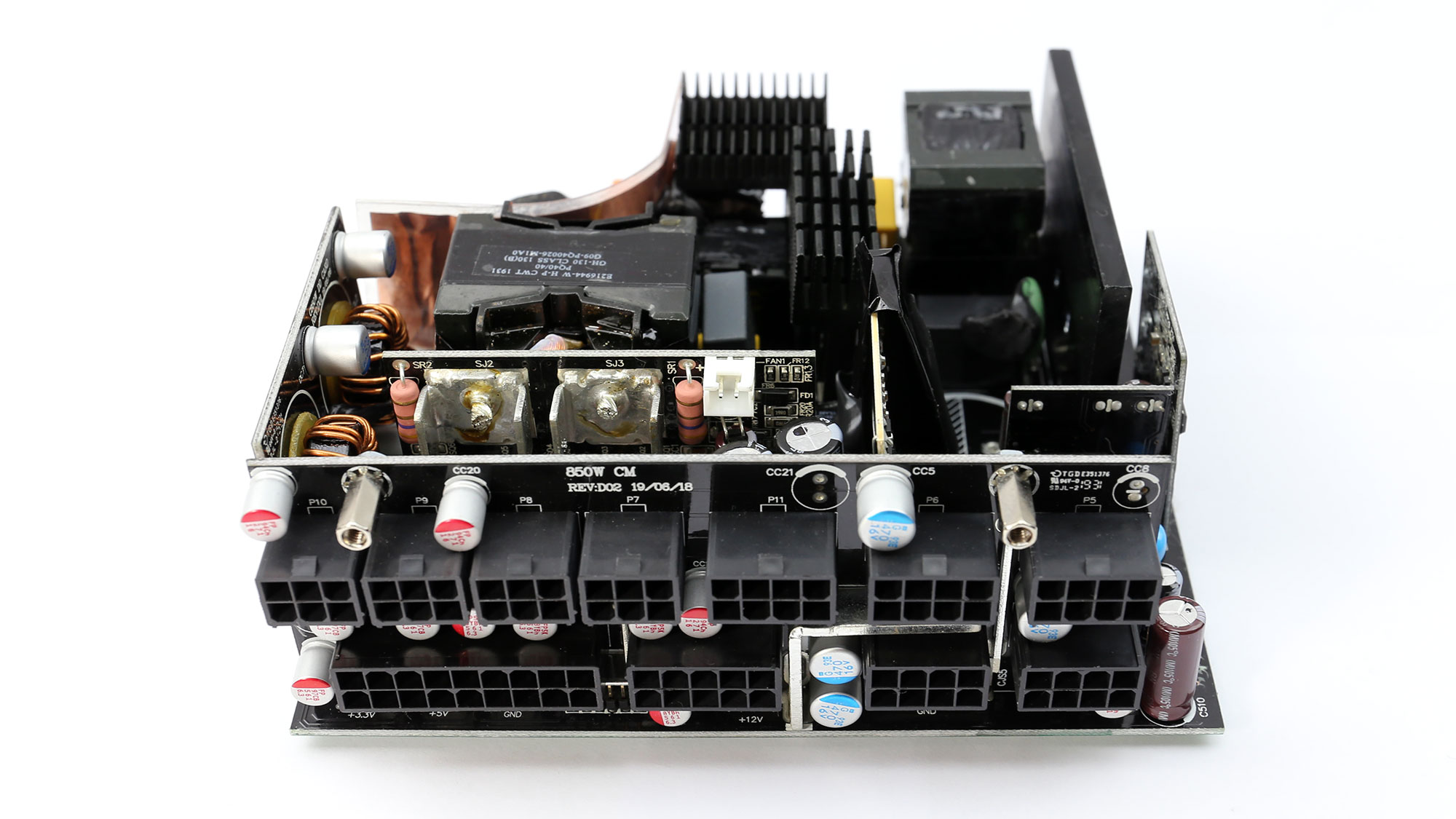
The platform is provided by Channel Well Technology, which is also the OEM of the popular Corsair RMx and RM lines, which are the direct competitors of XPG's Core Reactor models. The design is modern and clean since all power transfers are conducted through the PCB, with the only exception of the short cables that connect the main transformer with the +12V board. Nonetheless, the super-compact dimensions of the PCB don't allow for enough space between the parts, which would be beneficial for the airflow. Moreover, there are no heat sinks on the secondary side, so at increased loads, the fan will have to provide enough airflow to cool down the DC-DC converters that generate the minor rails and the +12V board.
Get Tom's Hardware's best news and in-depth reviews, straight to your inbox.
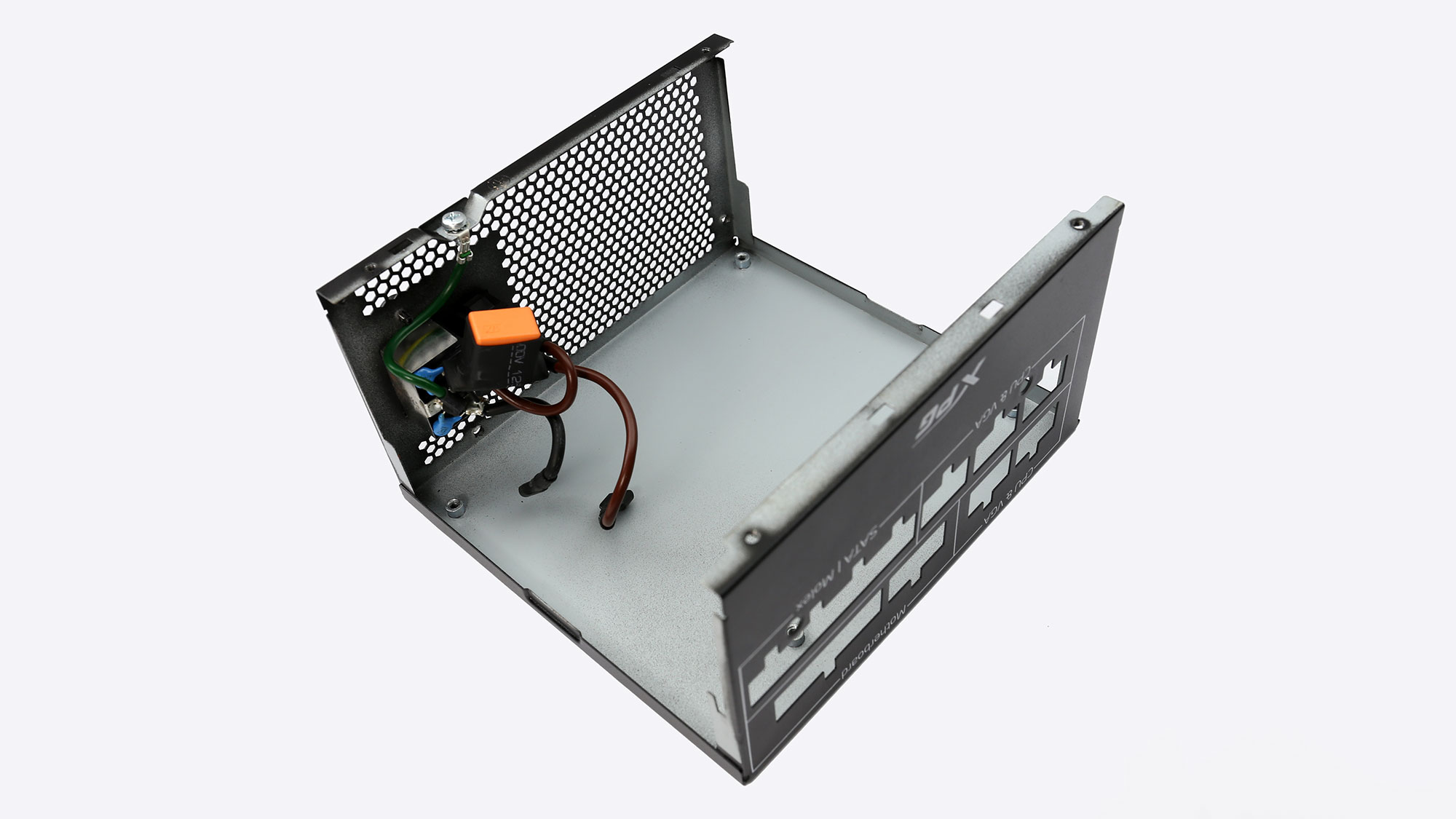
Transient filter
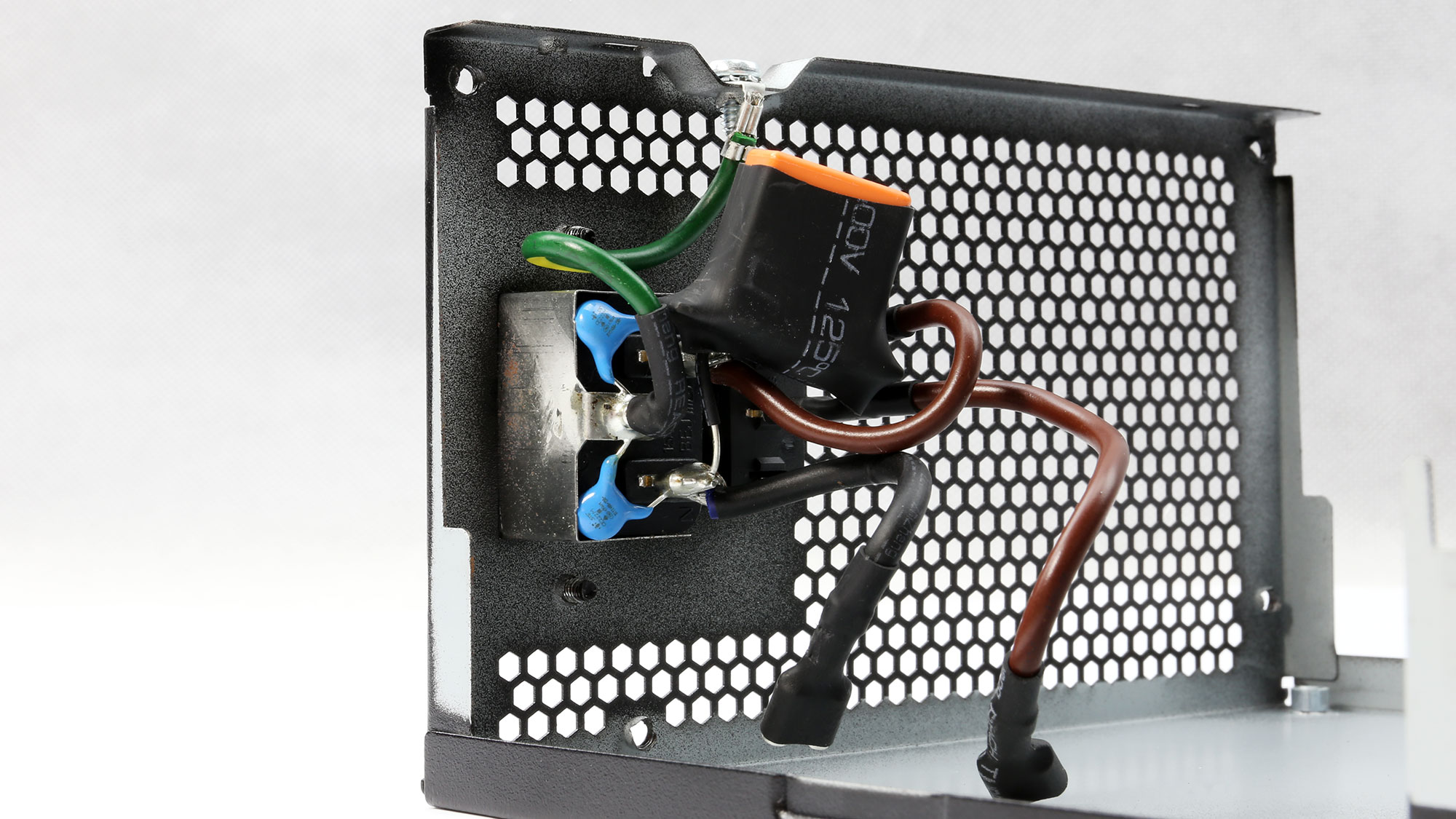
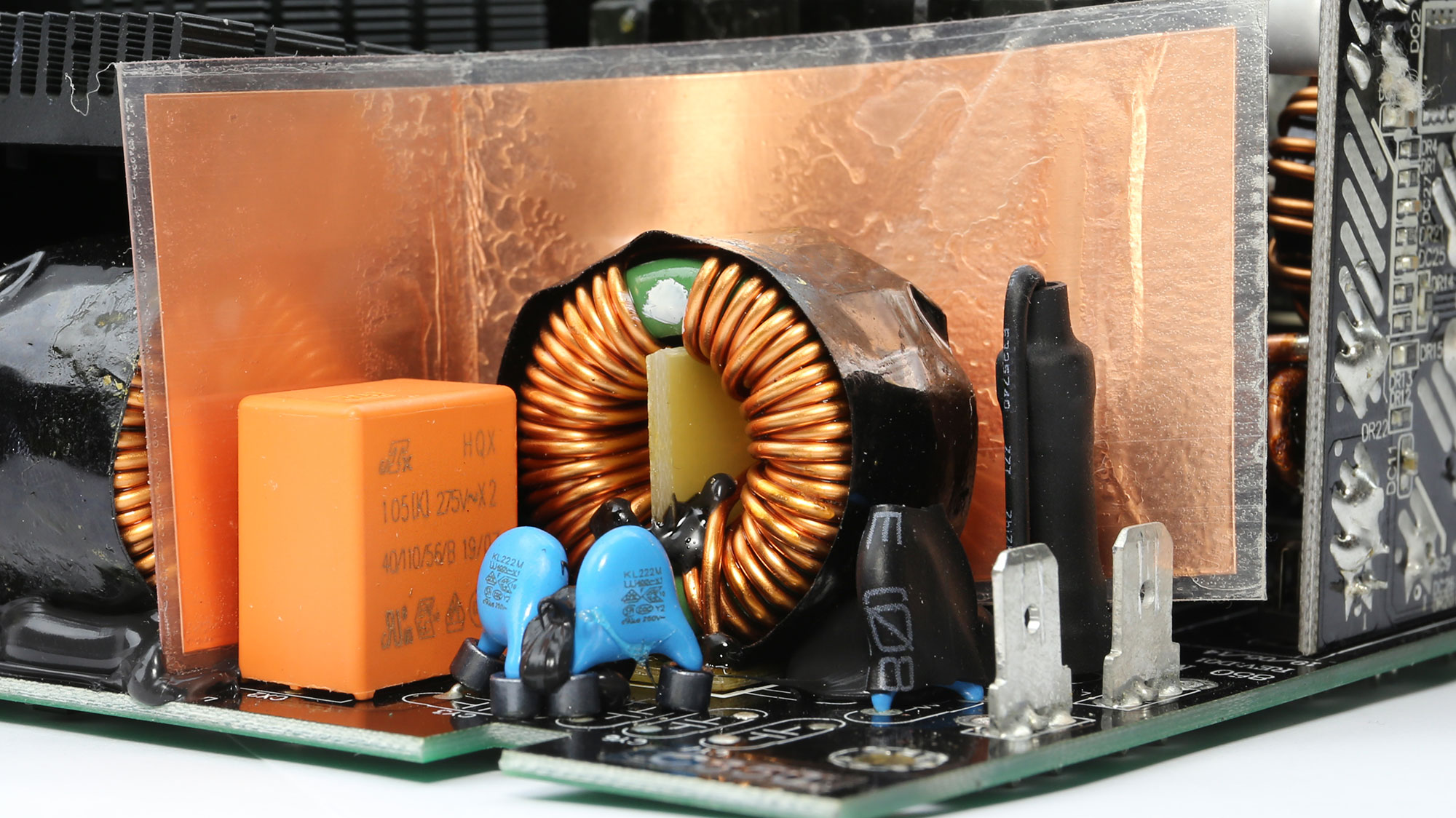
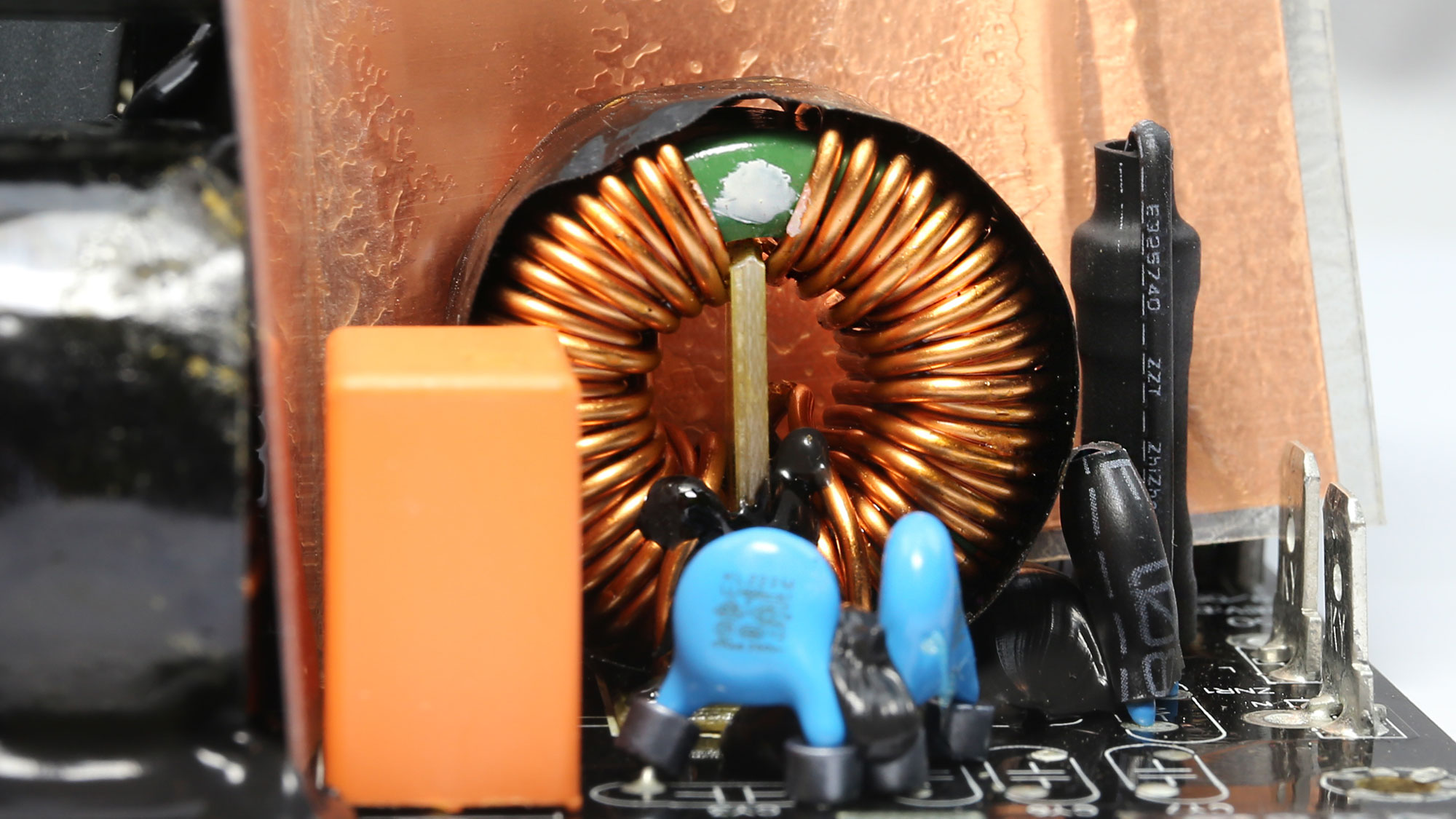
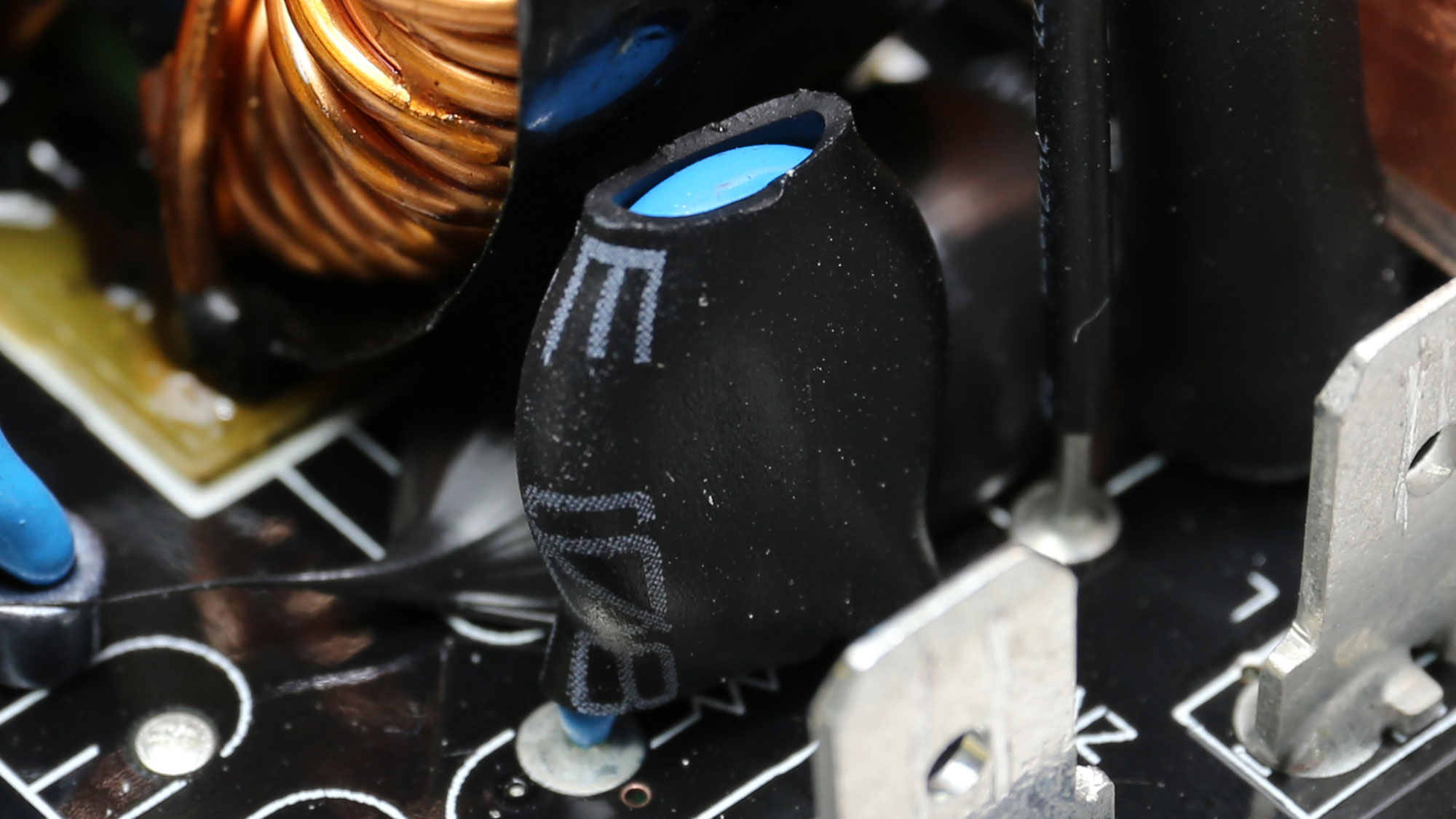
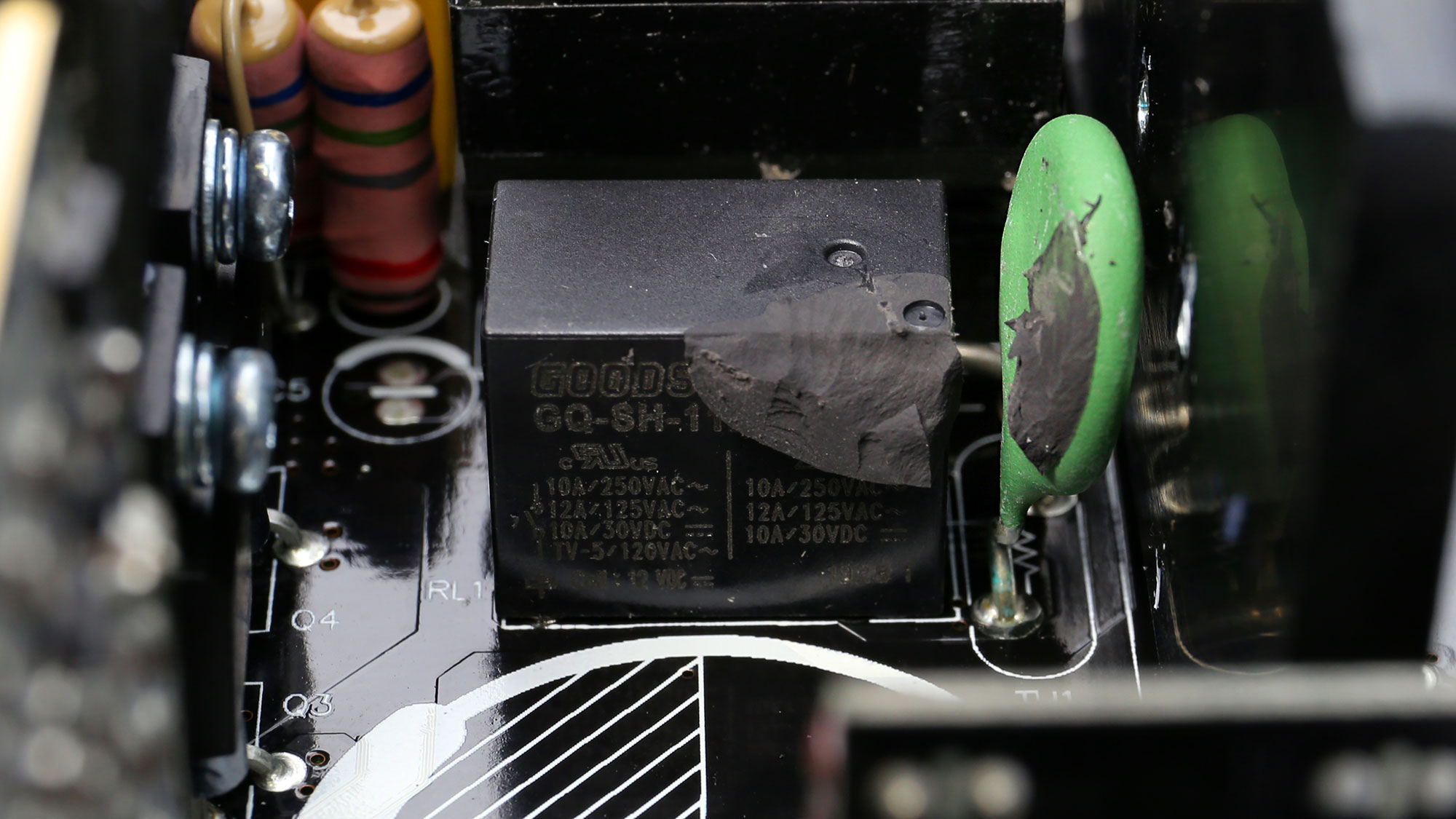
The transient filter has all the necessary components to suppress incoming and outcoming EMI emissions. It is also equipped with a MOV, for protection against voltage surges. Finally, the PSU has an NTC thermistor and relay combo, to restrict high inrush currents.
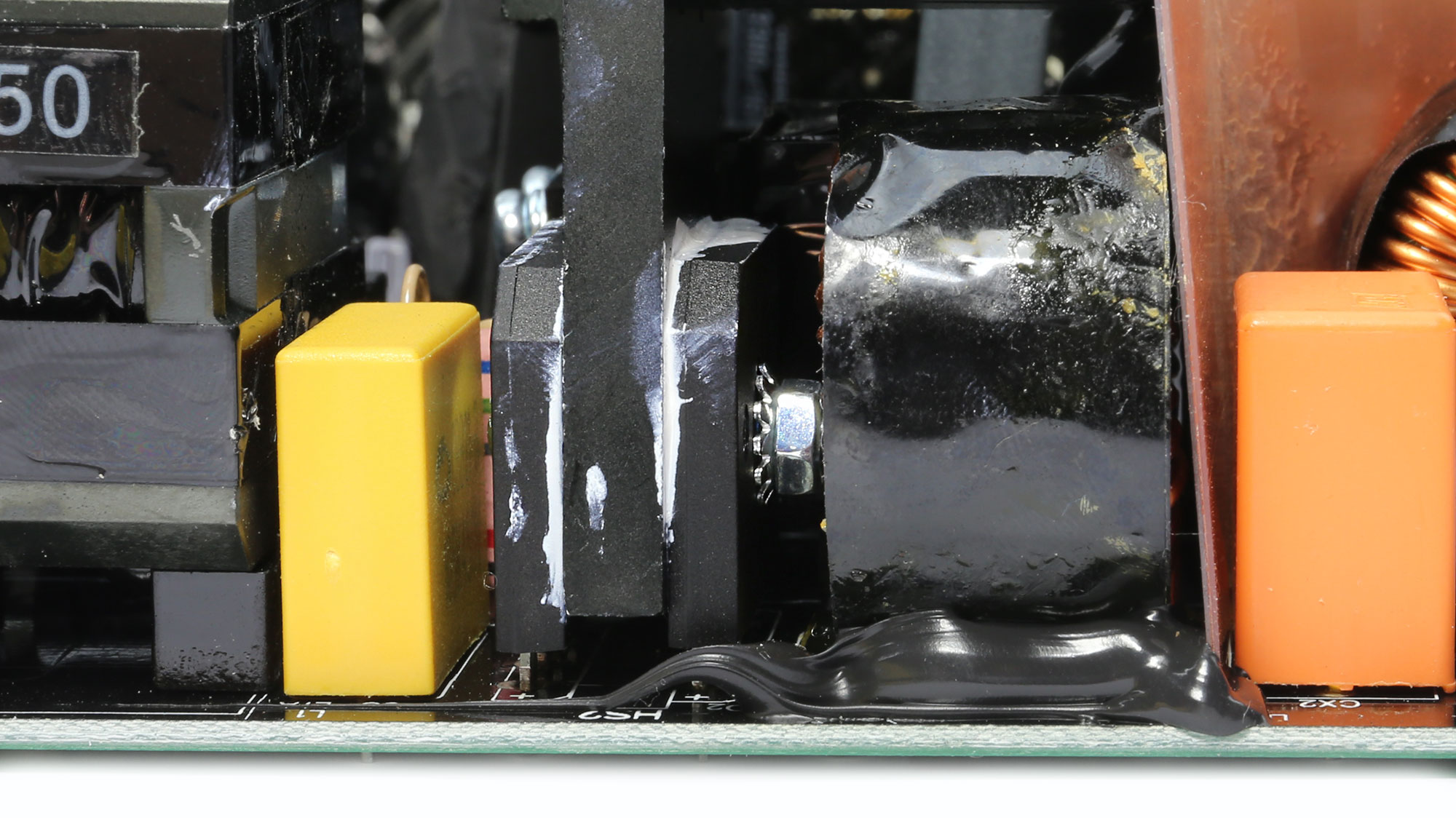
Bridge rectifiers
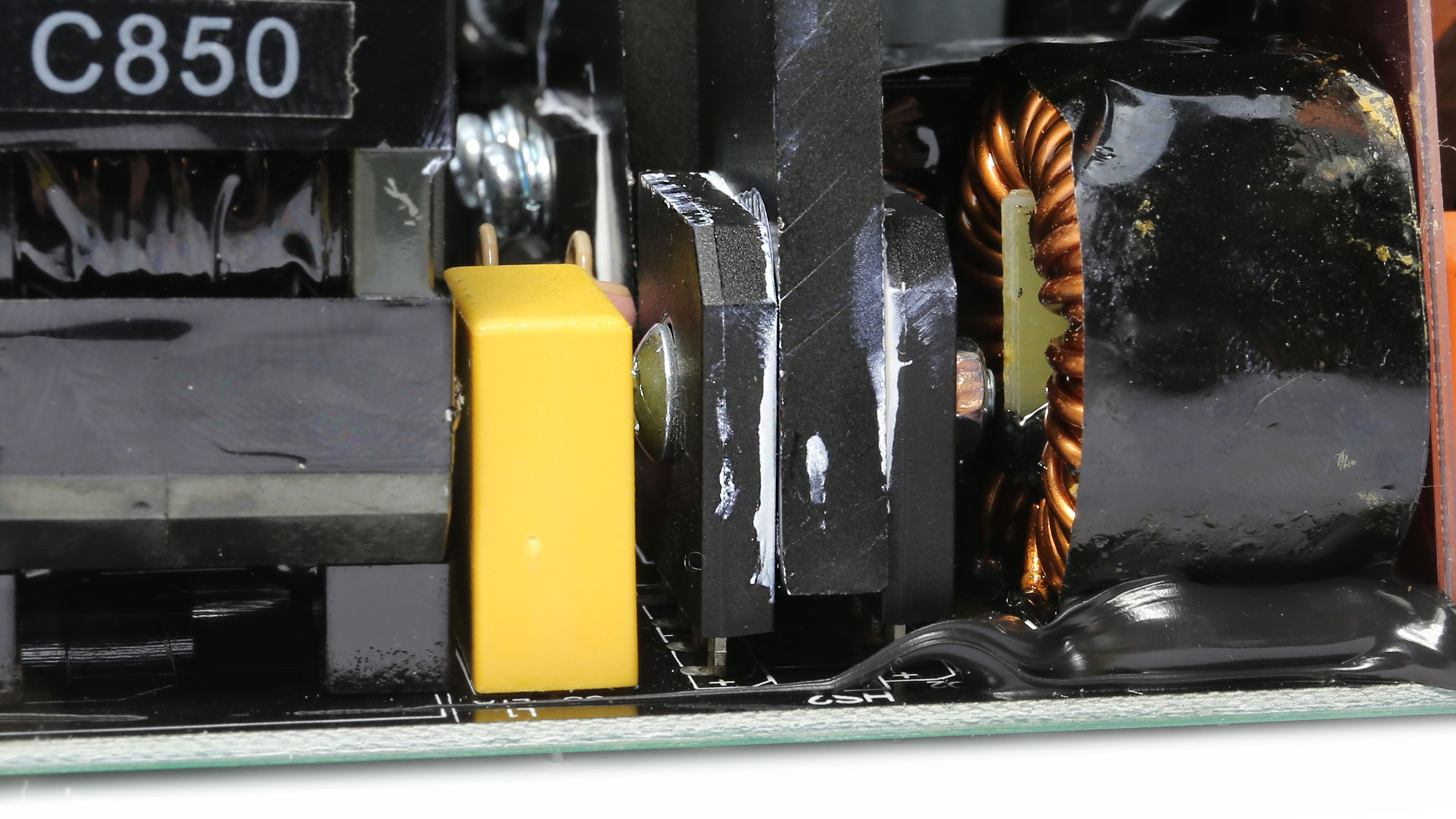
The pair of bridge rectifiers is installed on a dedicated heat sink.
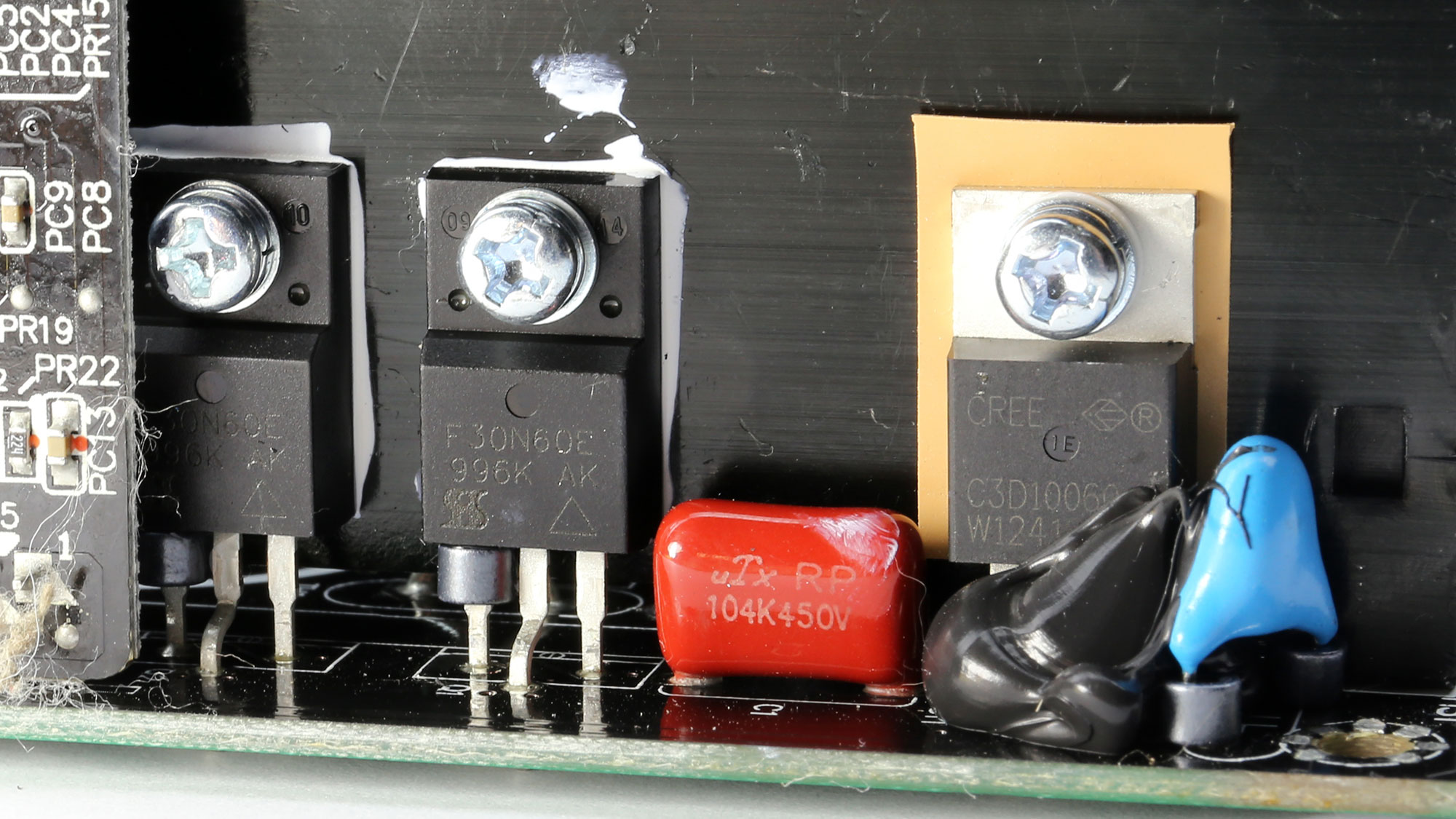
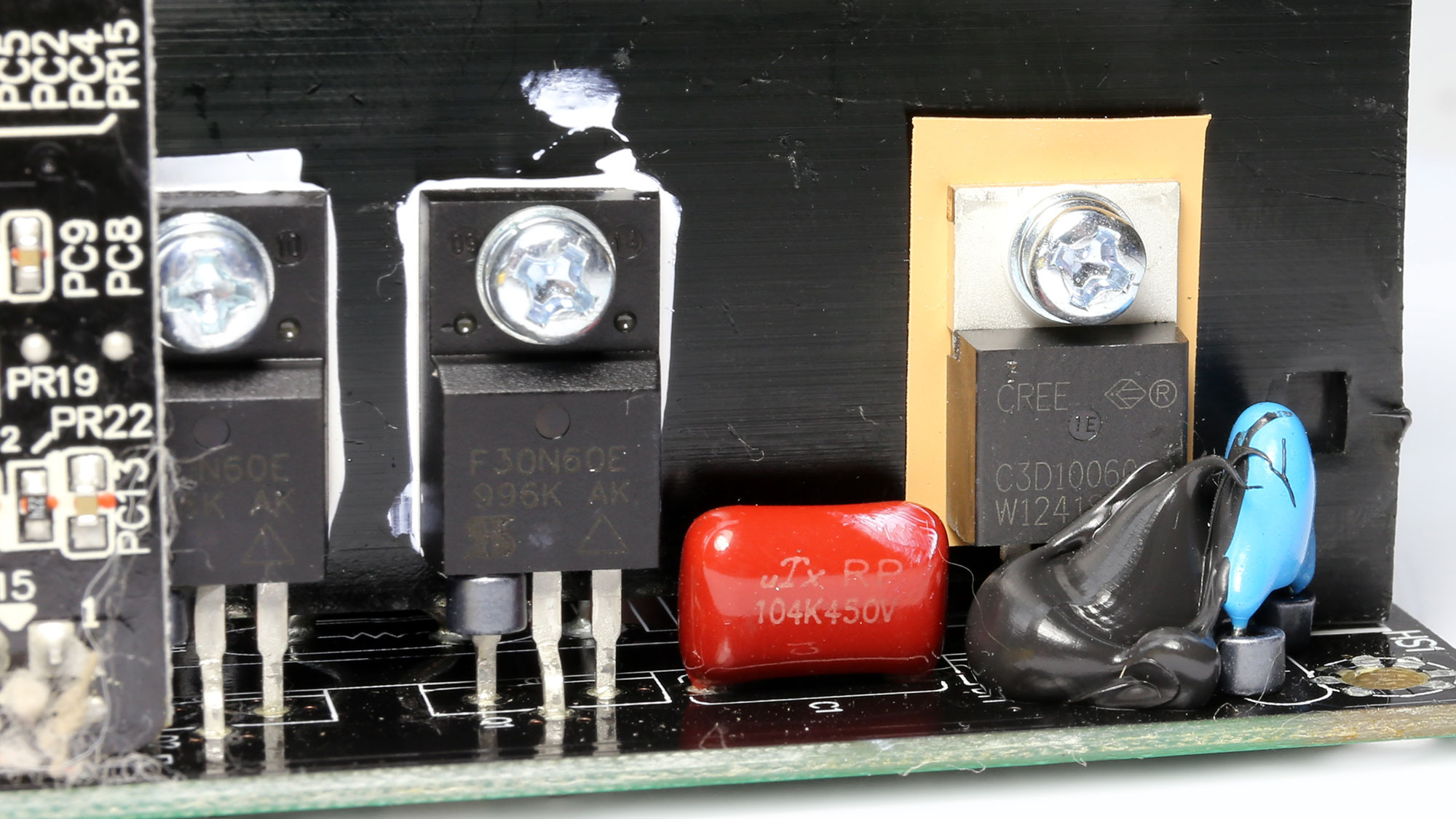
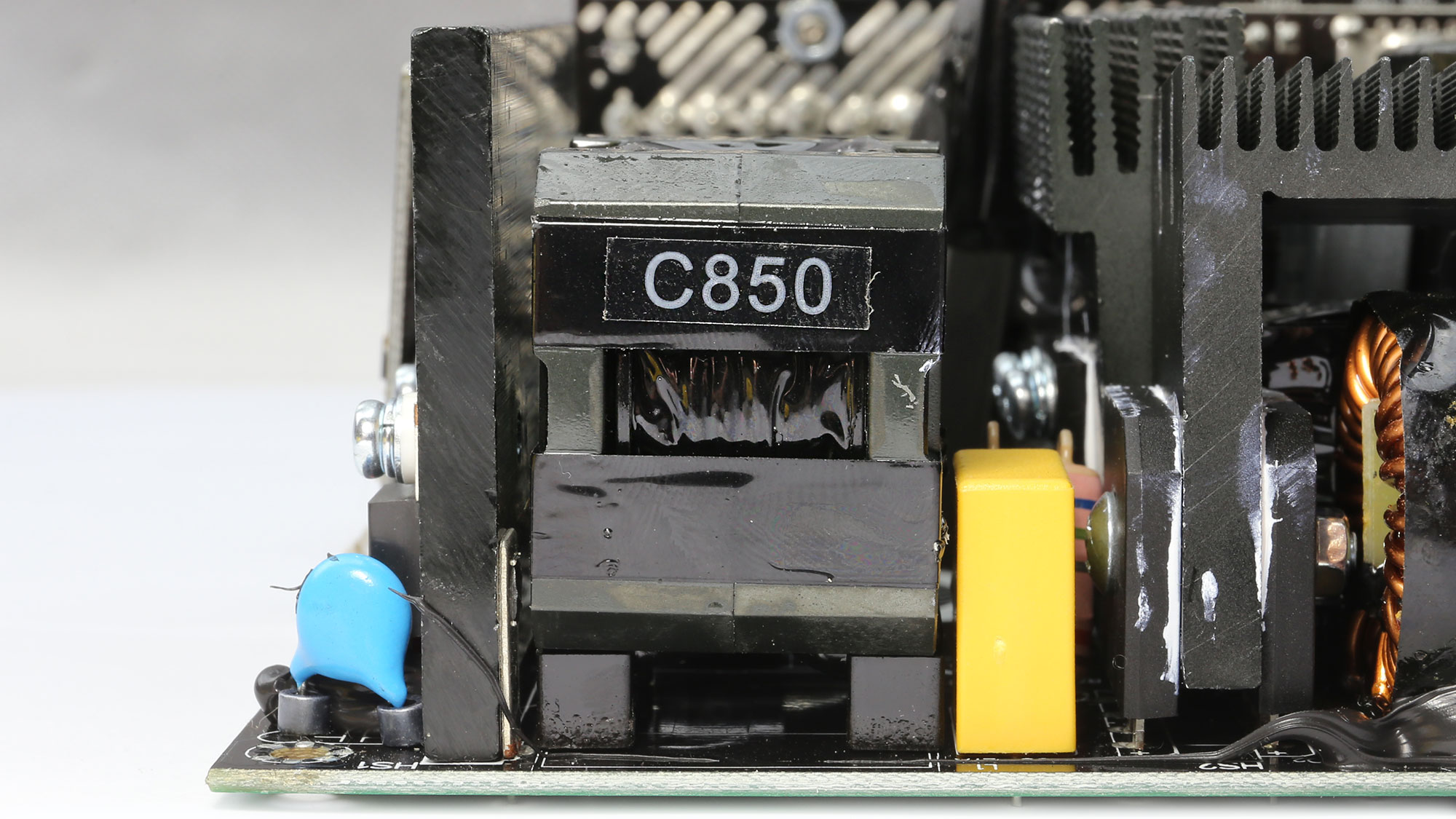
APFC converter
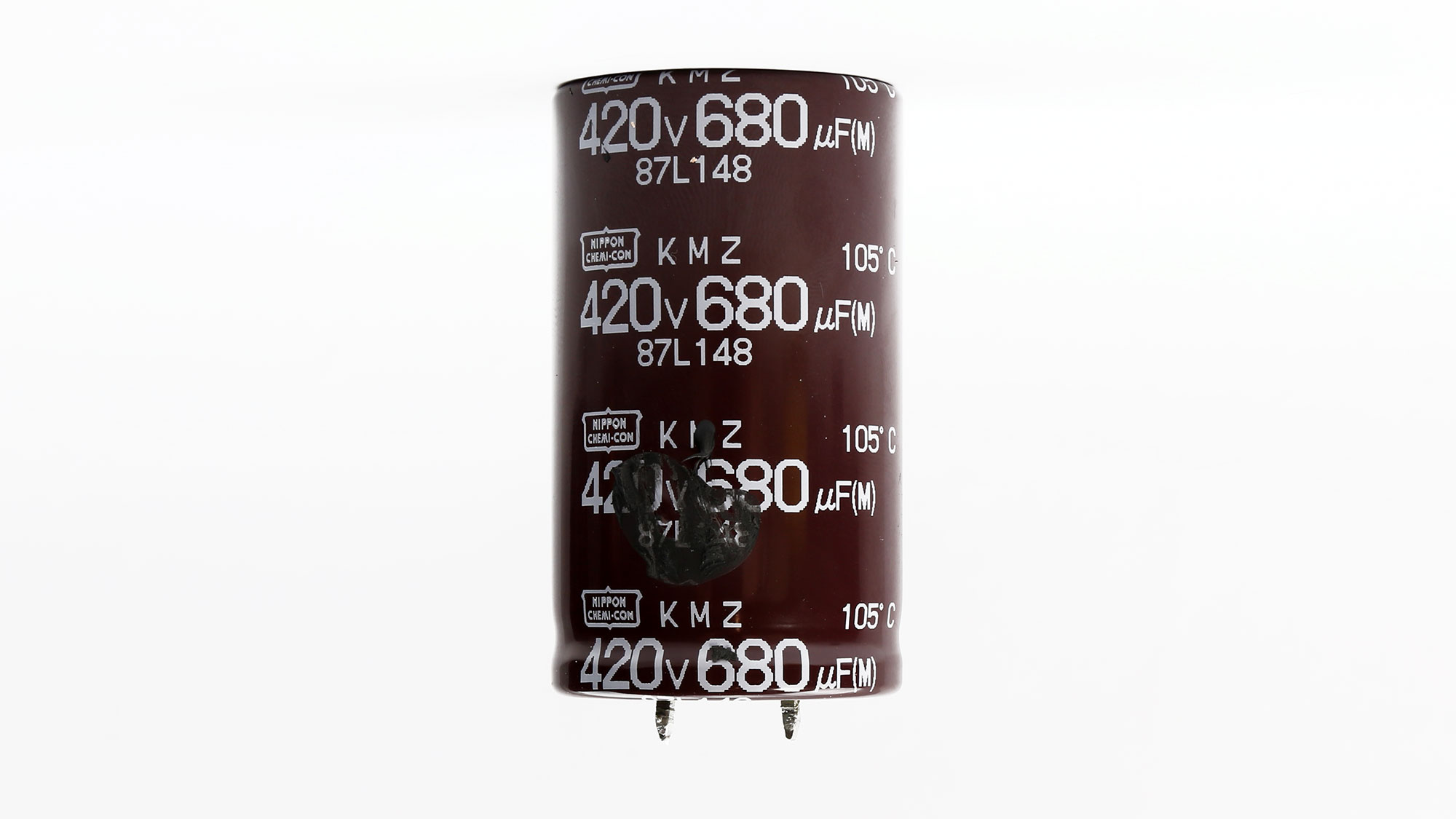
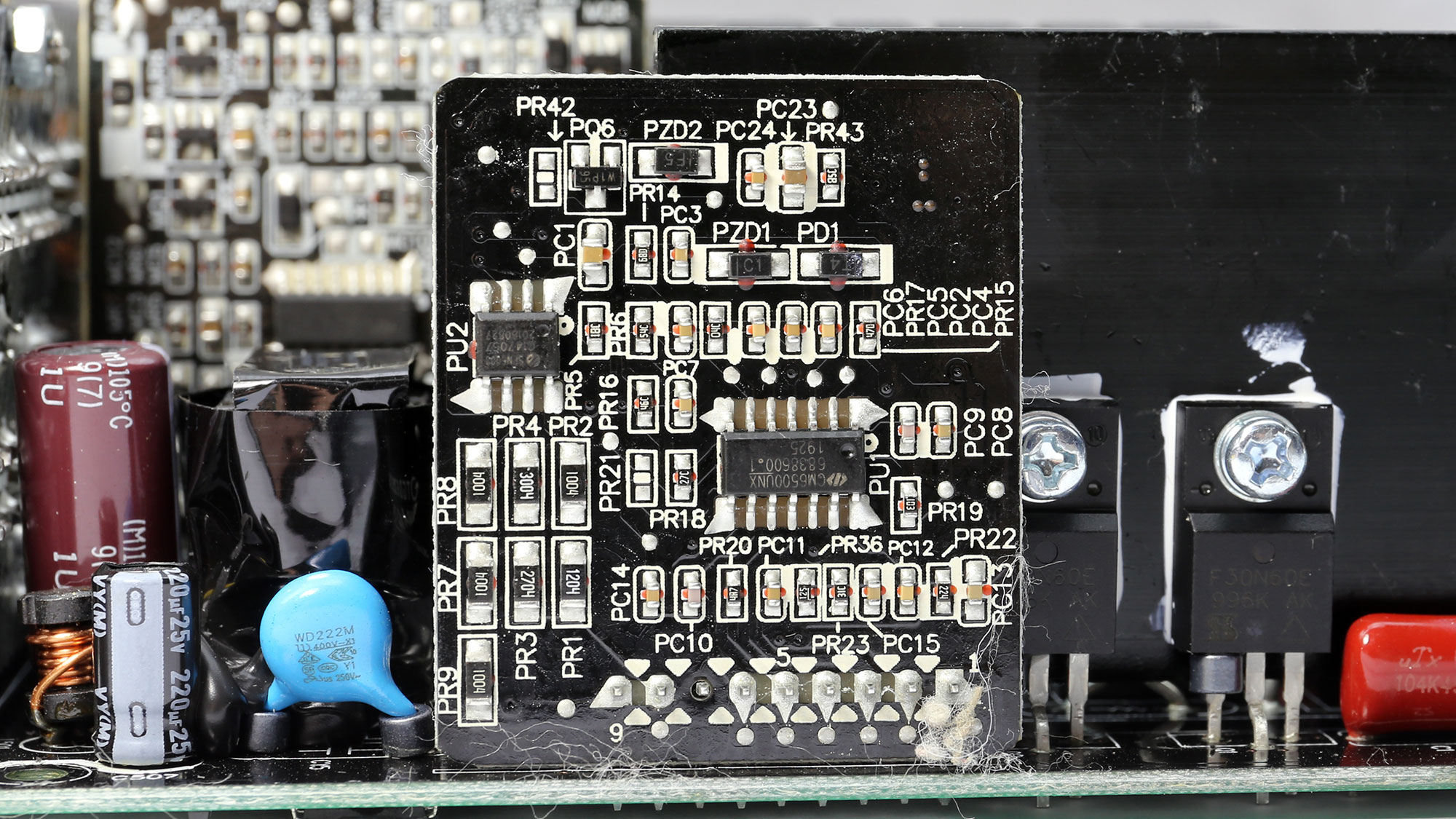
The APFC converter uses two Vishay FETs and a single CREE boost diode, along with a Nippon Chemi Con bulk cap with enough capacity, to offer a longer than 17ms hold-up time.
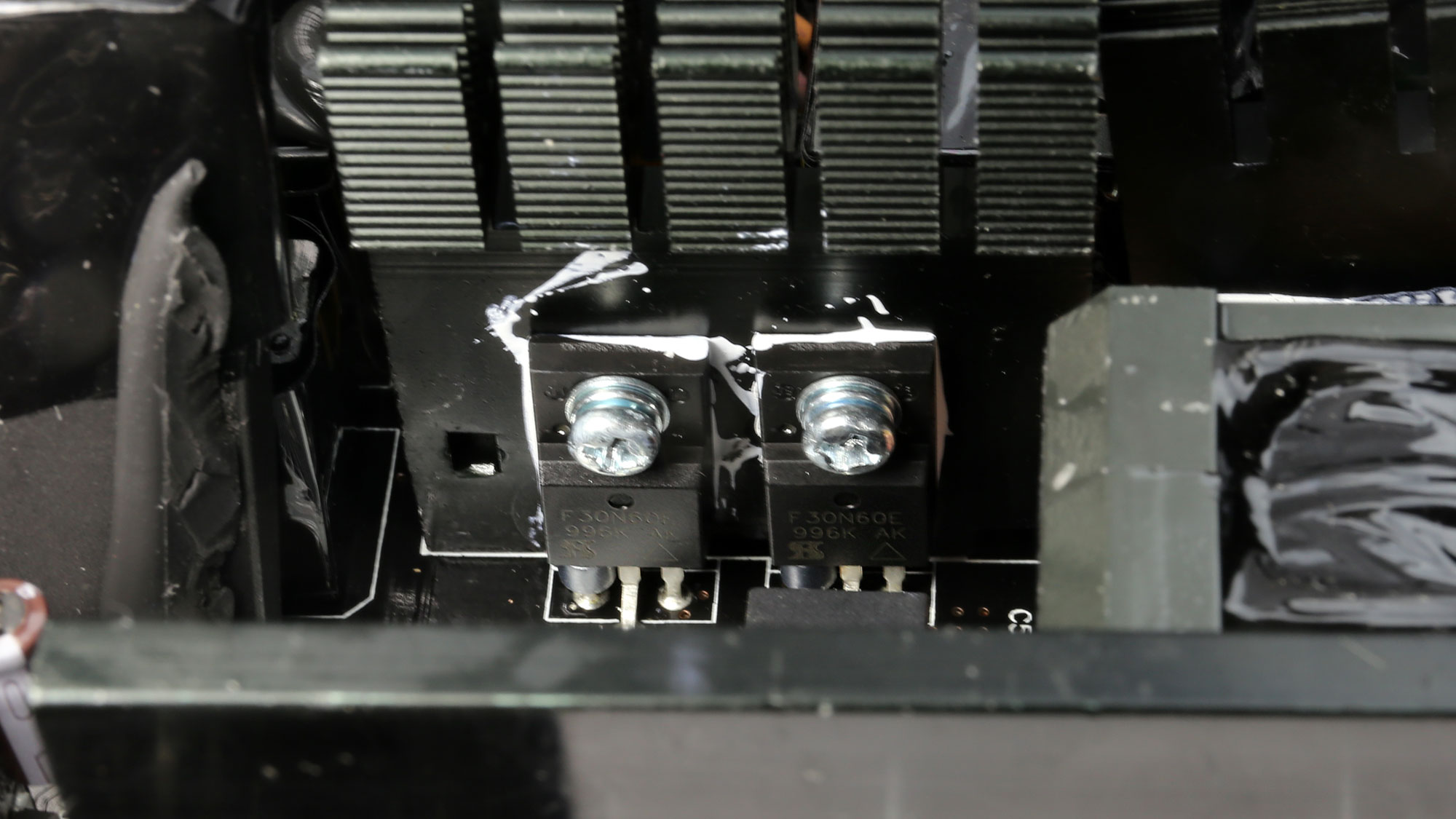
Main FETs and primary transformer
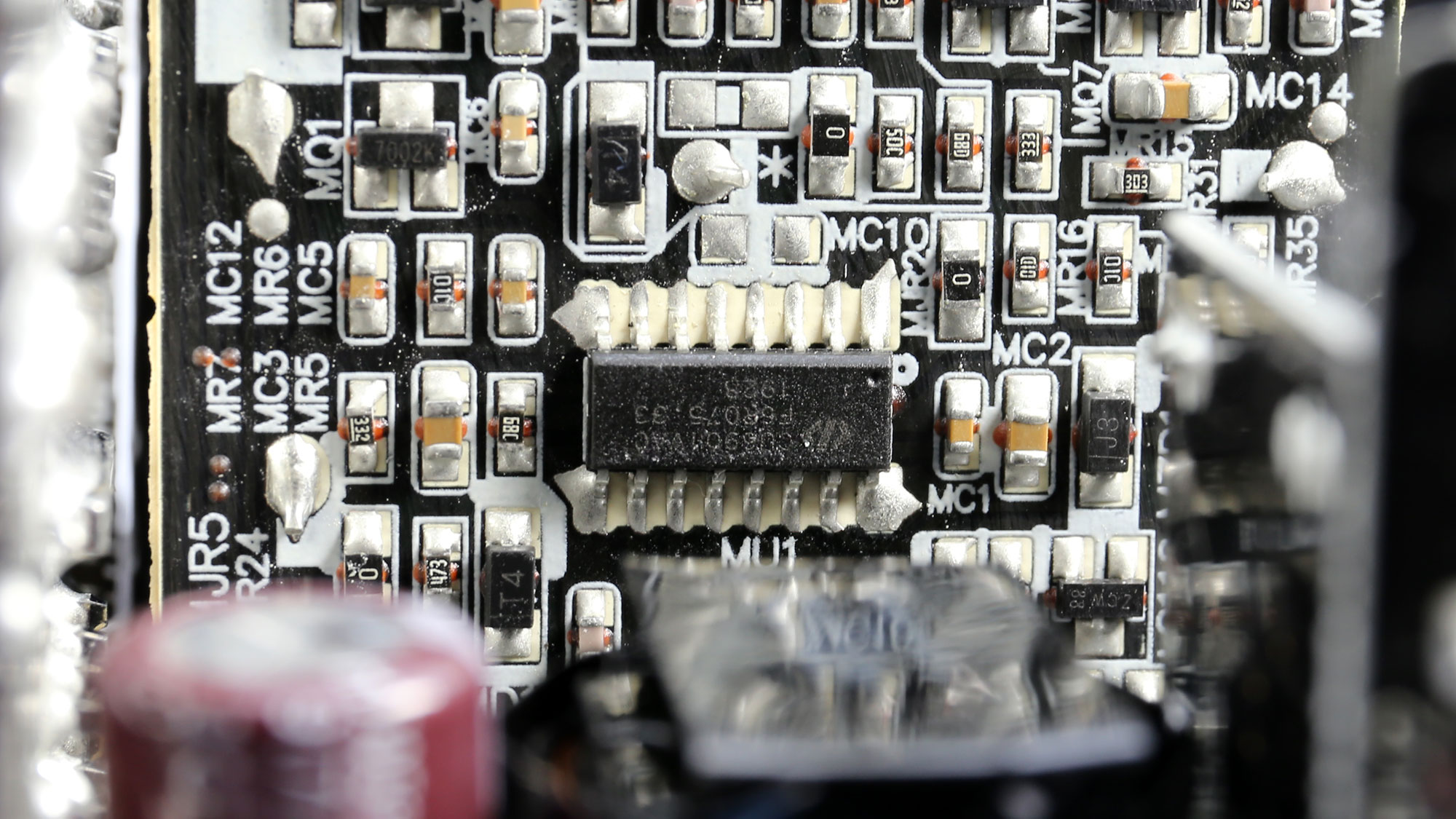
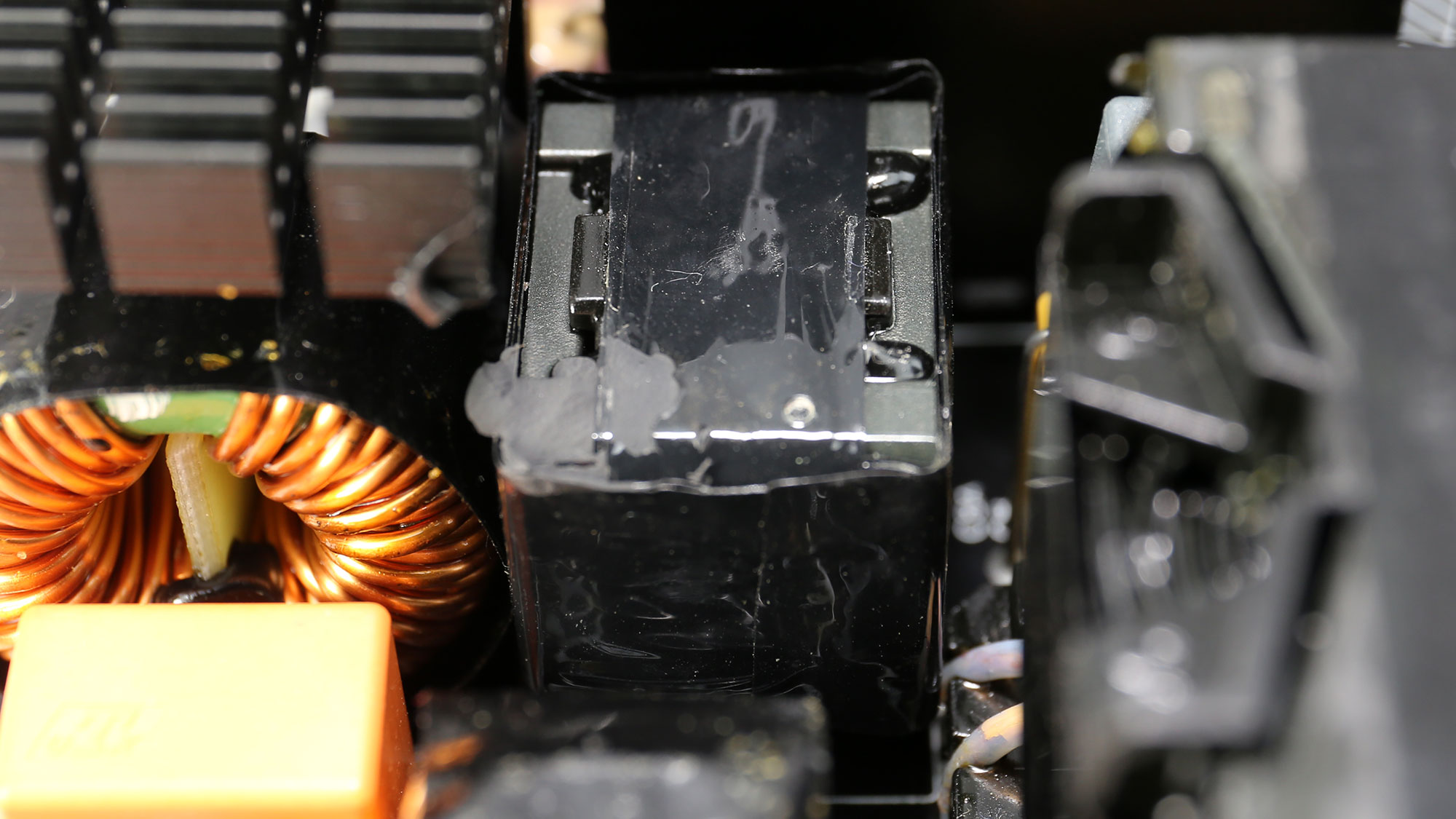
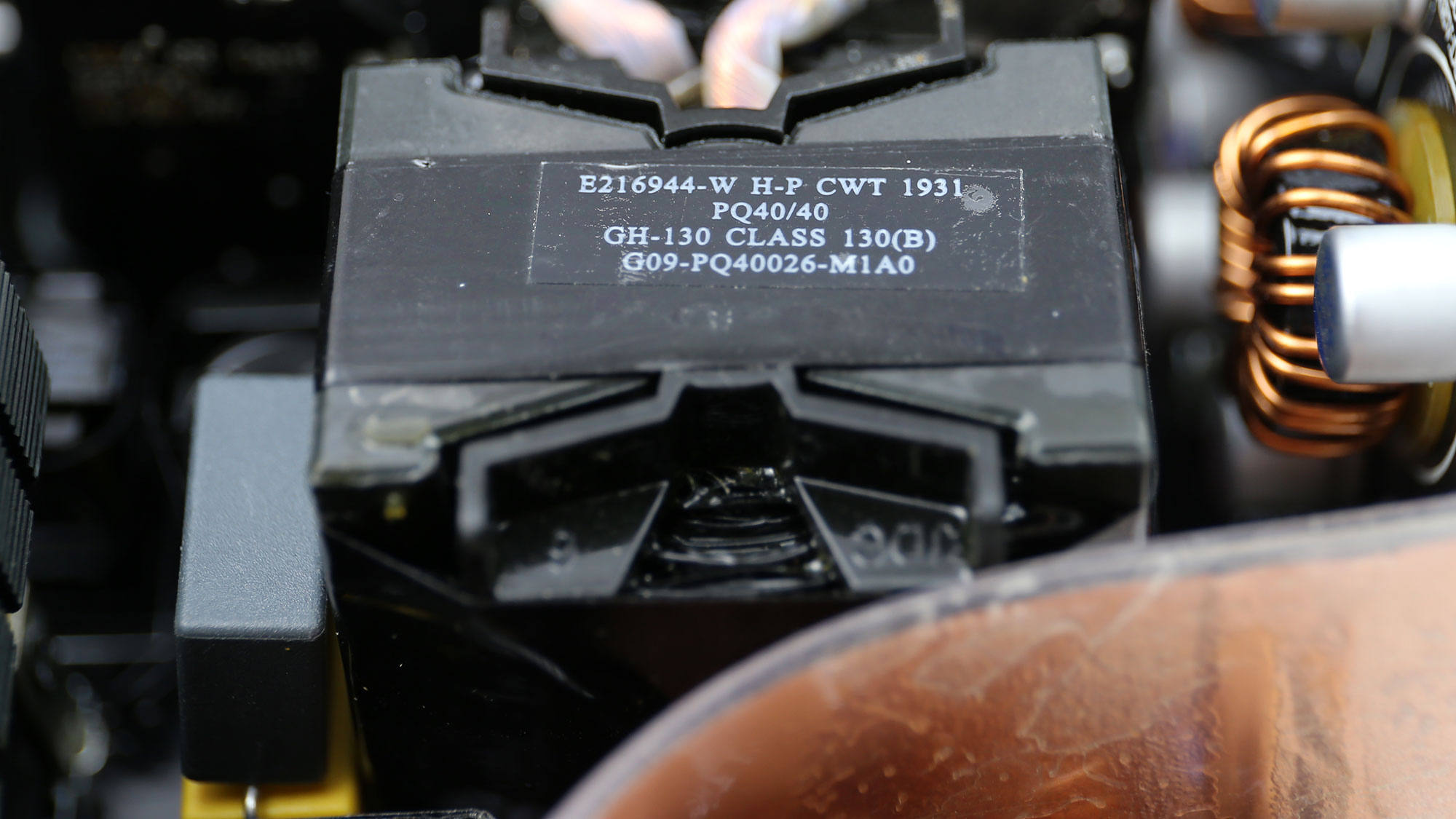
The main FETs are arranged in a half-bridge topology. This PSU uses the newer CU6901V resonant controller, which allows for higher efficiency at super-light loads, because of its burst mode support (Champion calls it kick-mode).
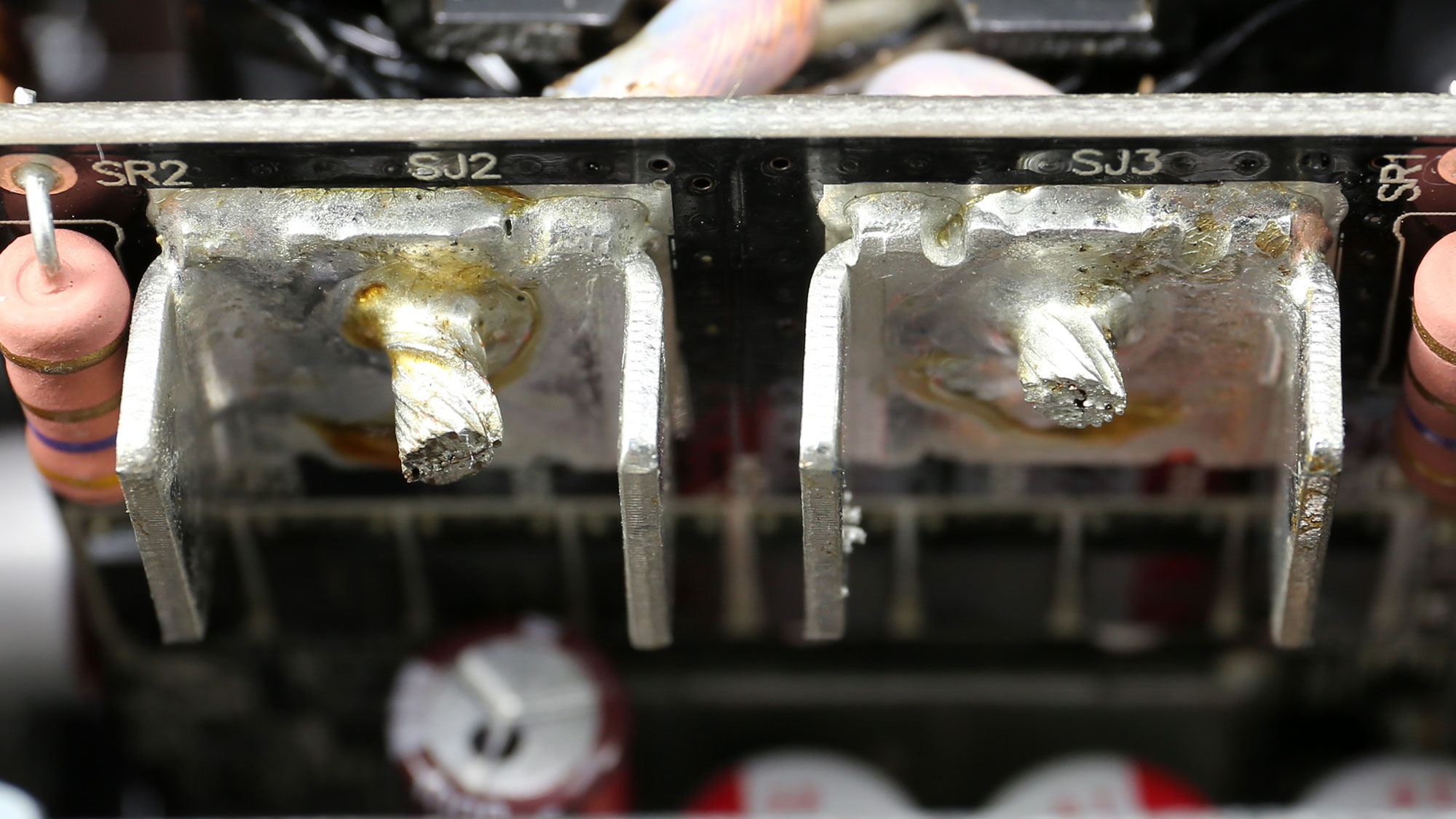
12V FETs and VRMs
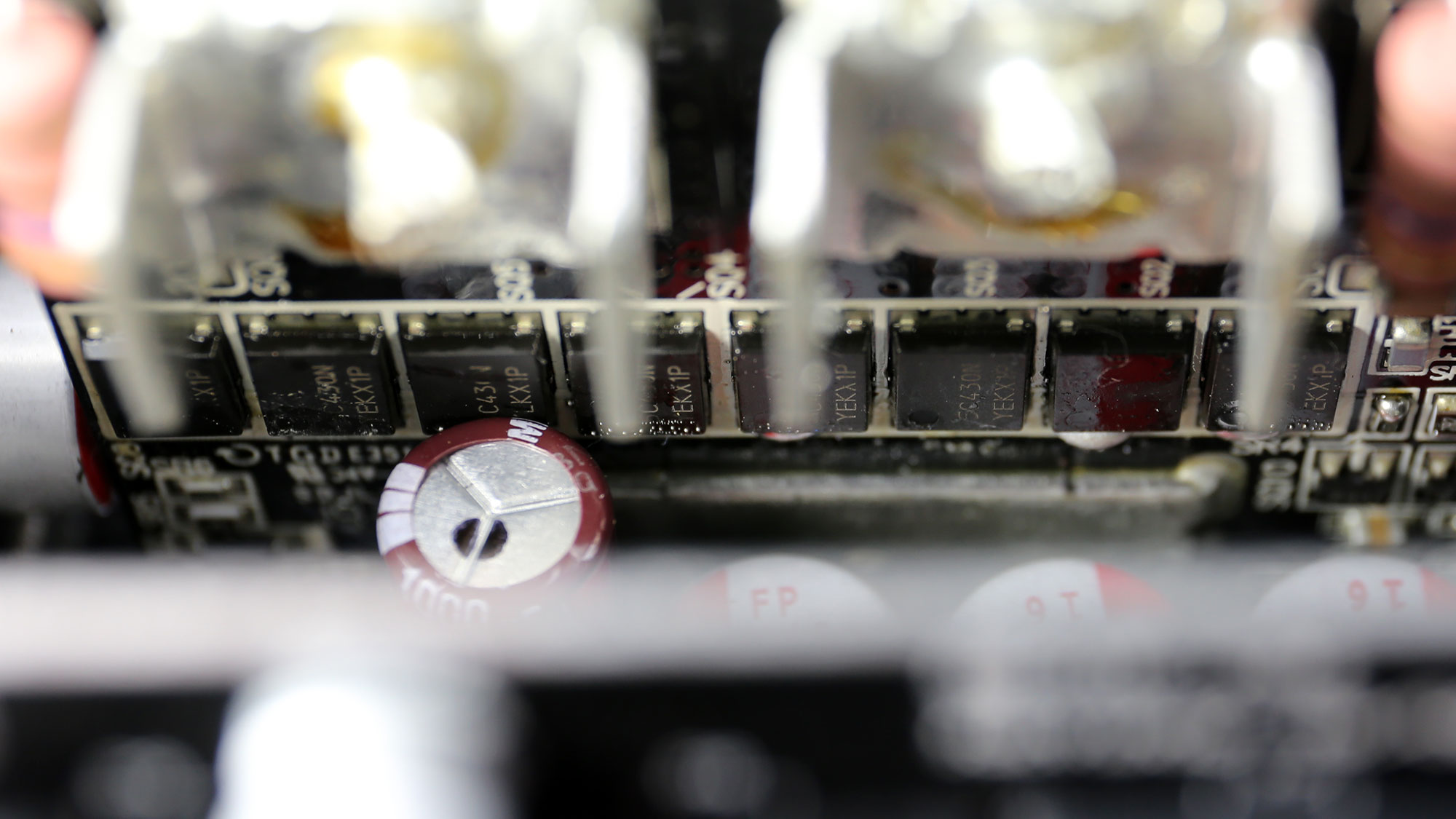
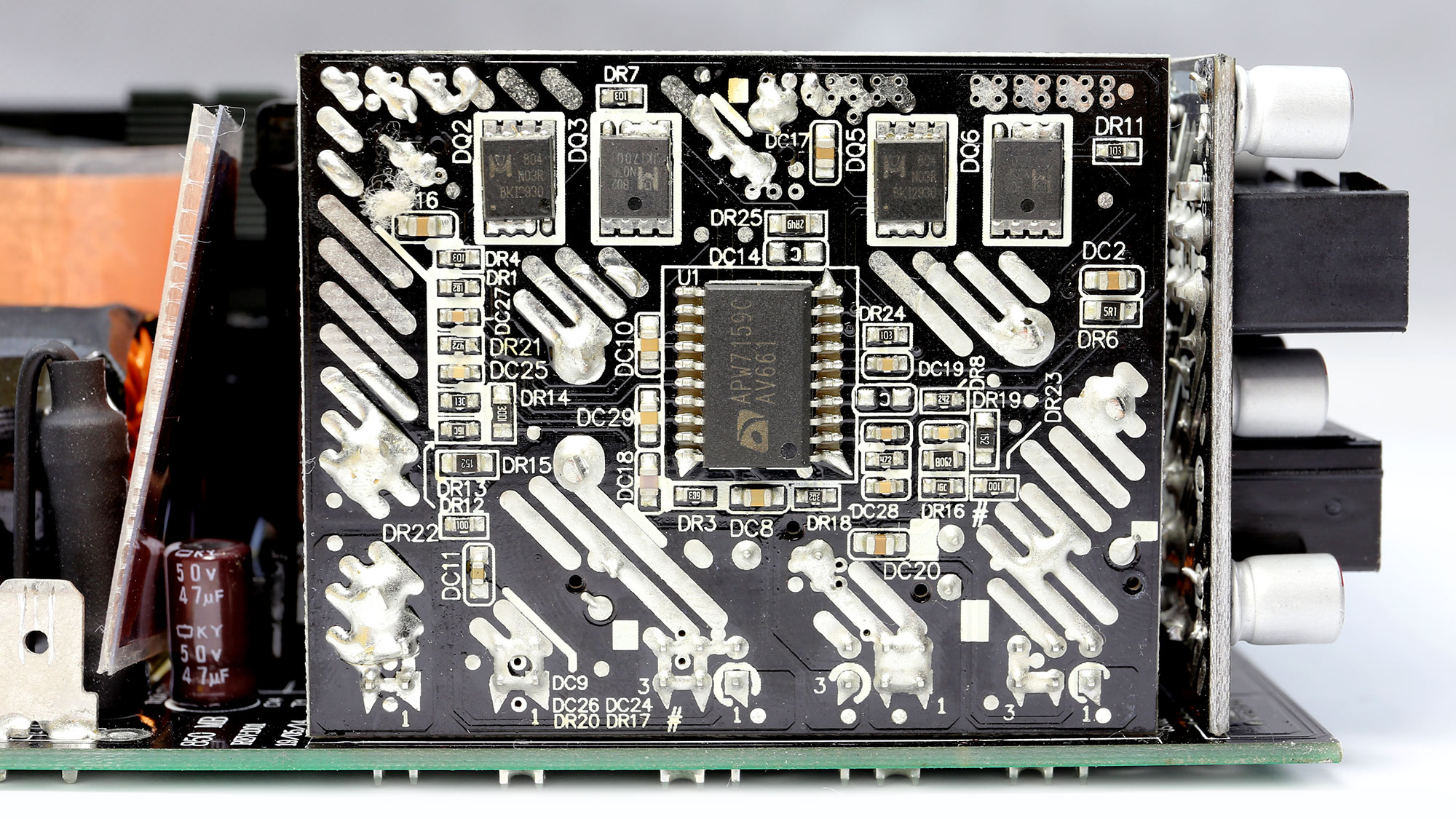
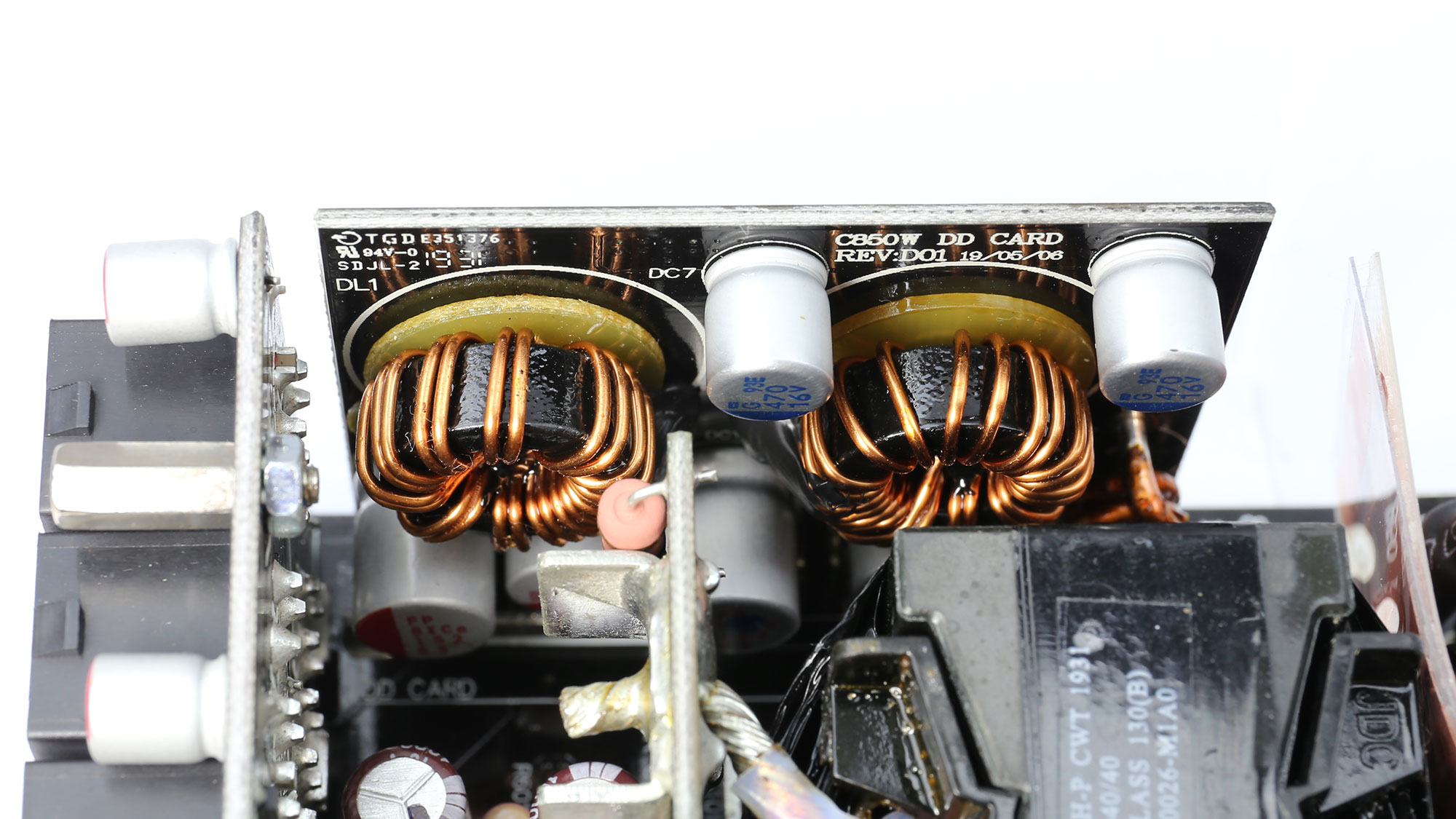
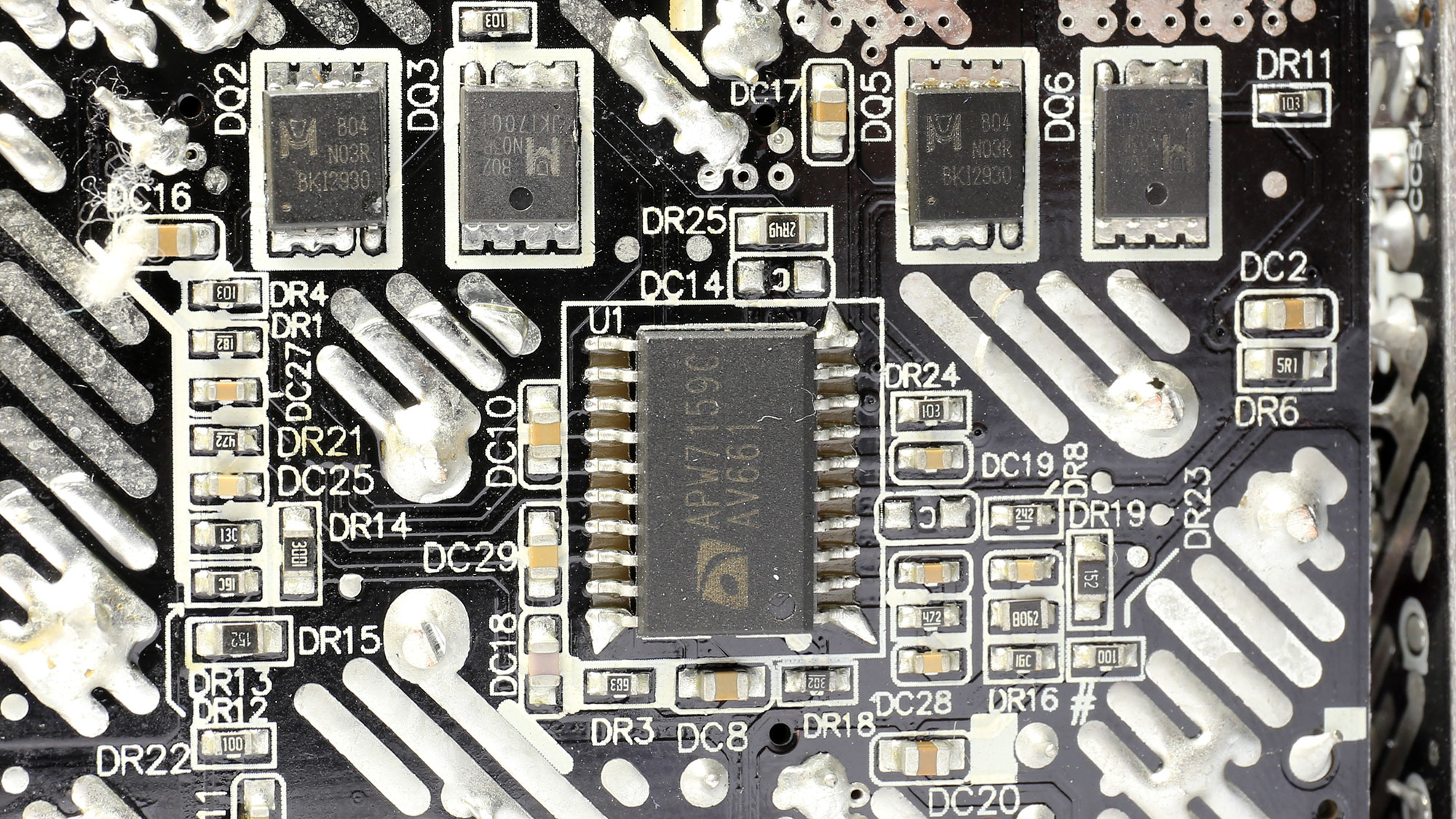
The +12V FETs are installed on a daughter-board, which is installed right beside the main transformer. The afore-mentioned daughter-board is connected to the main transformer through a pair of thick wires.
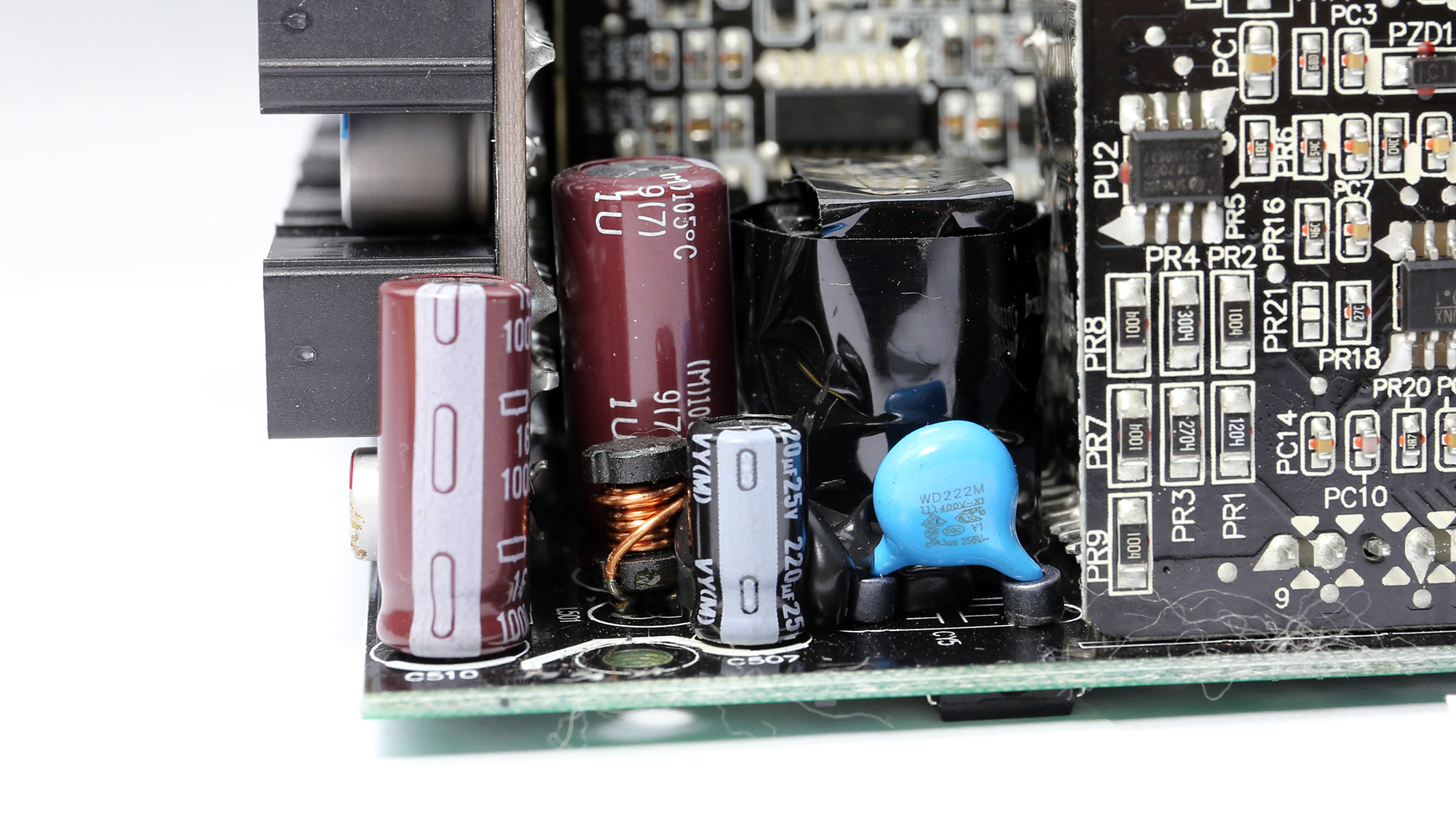
Filtering caps
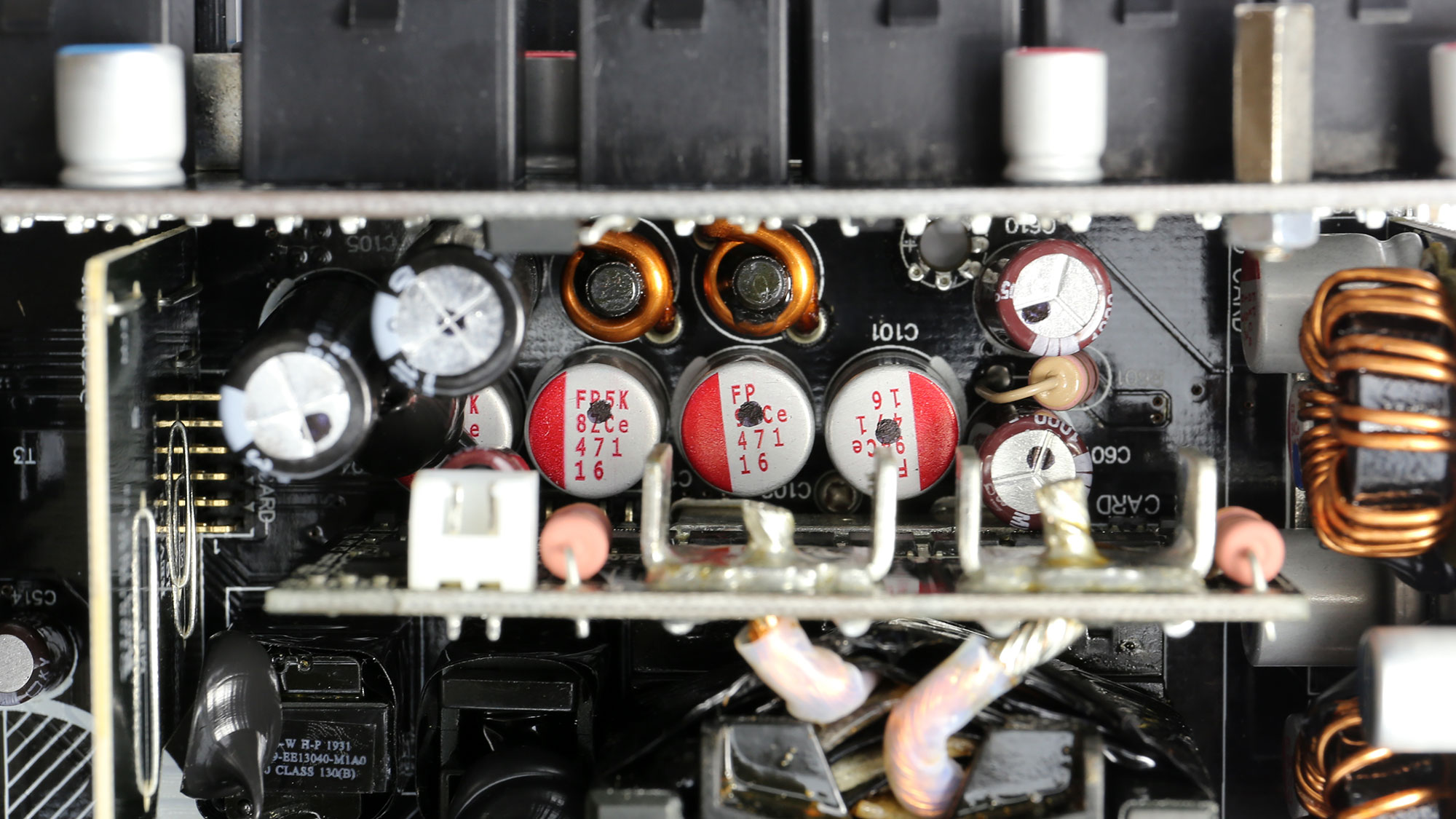
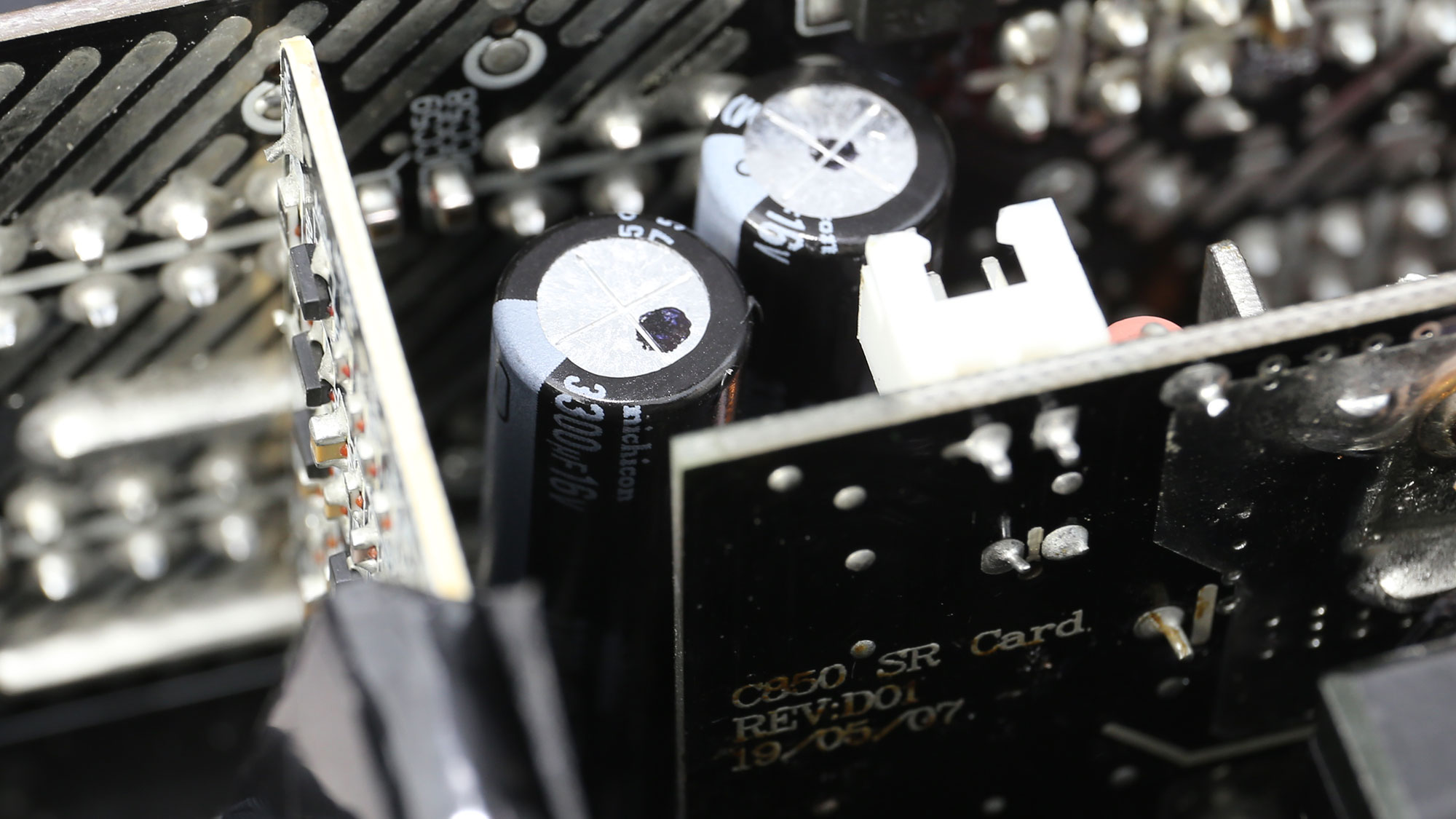
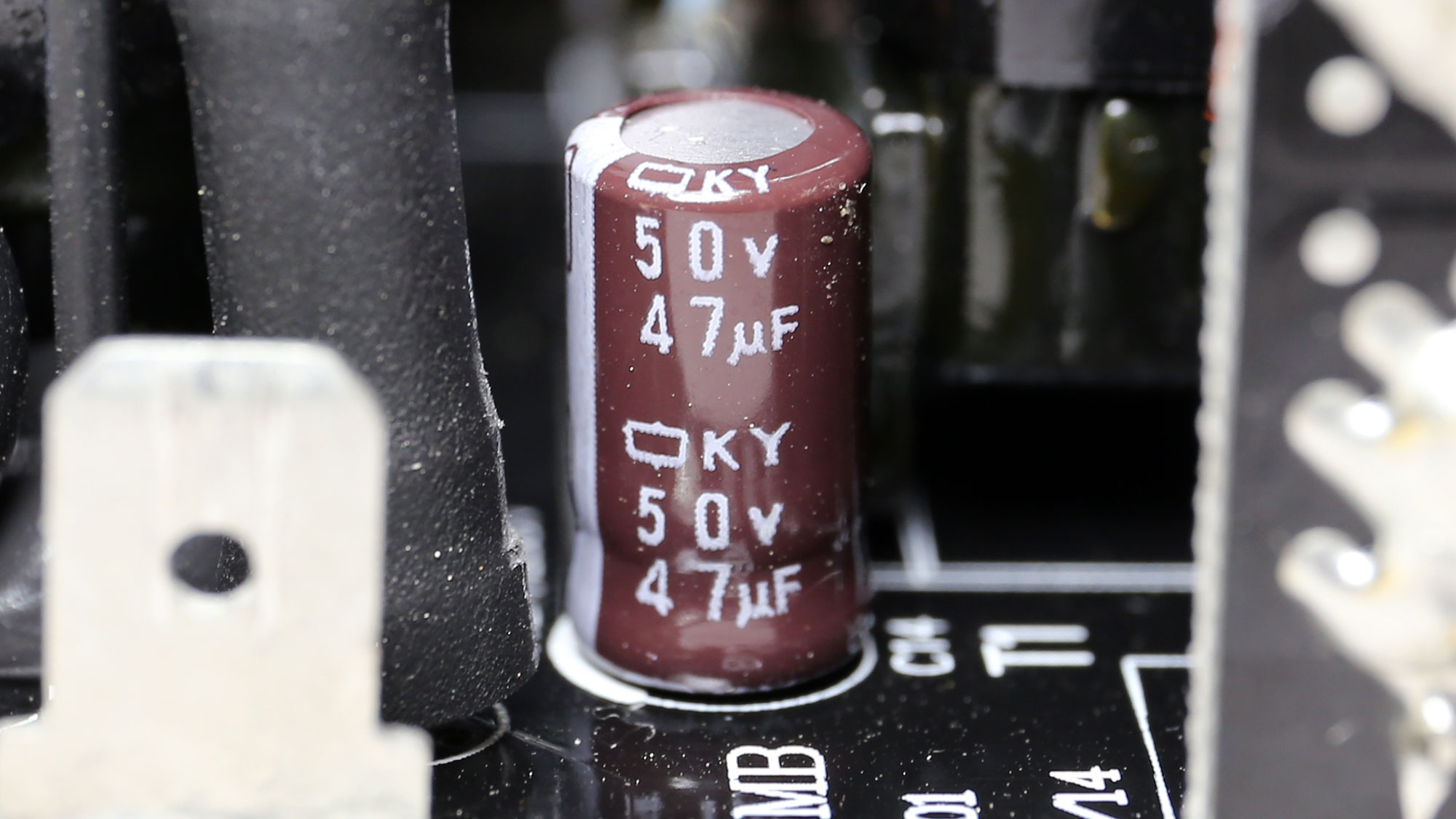
All filtering caps, both electrolytic and polymer ones, are provided by Japanese manufacturers and belong to mid and higher-level lines.
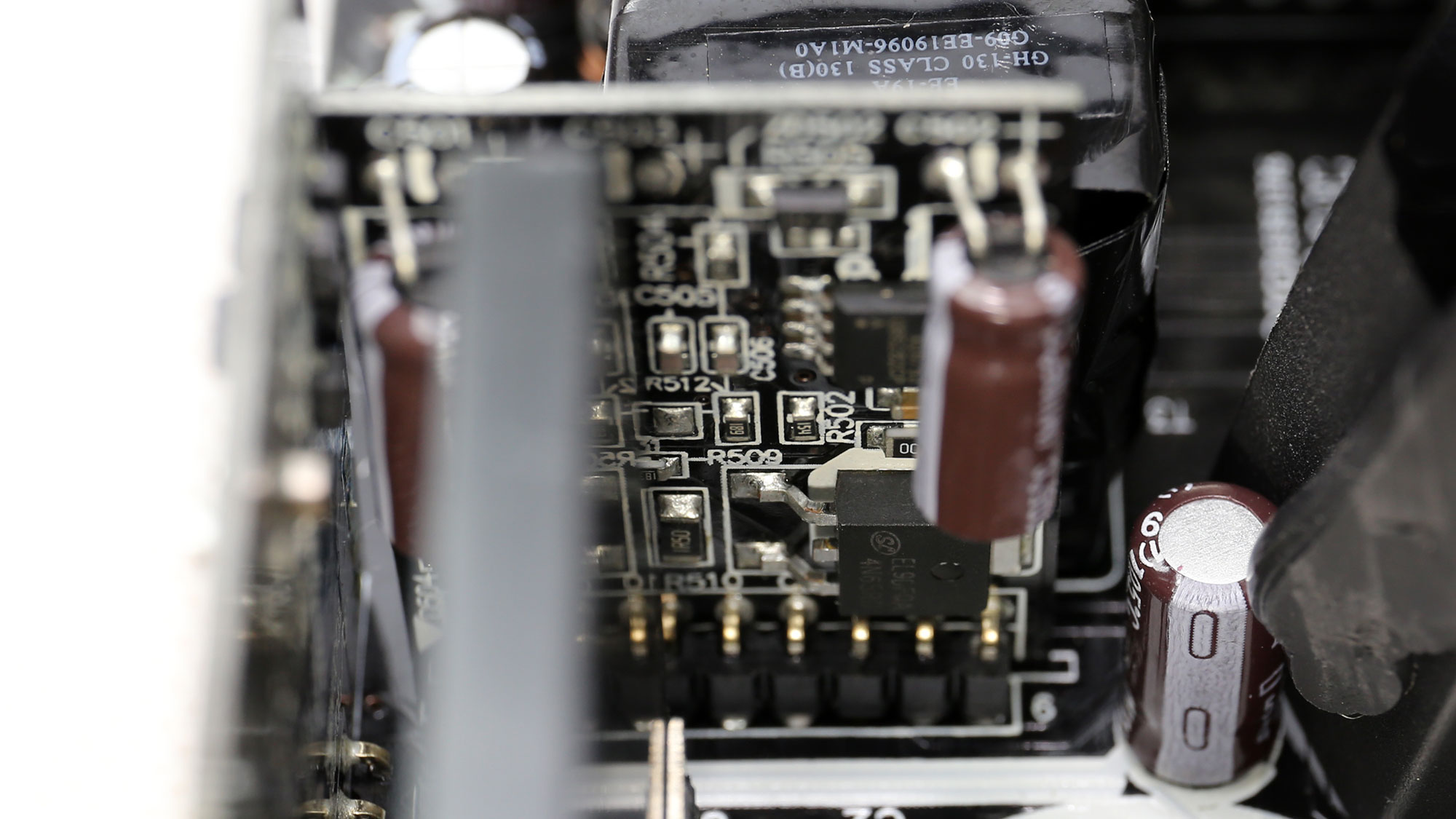
5VSB Circuit
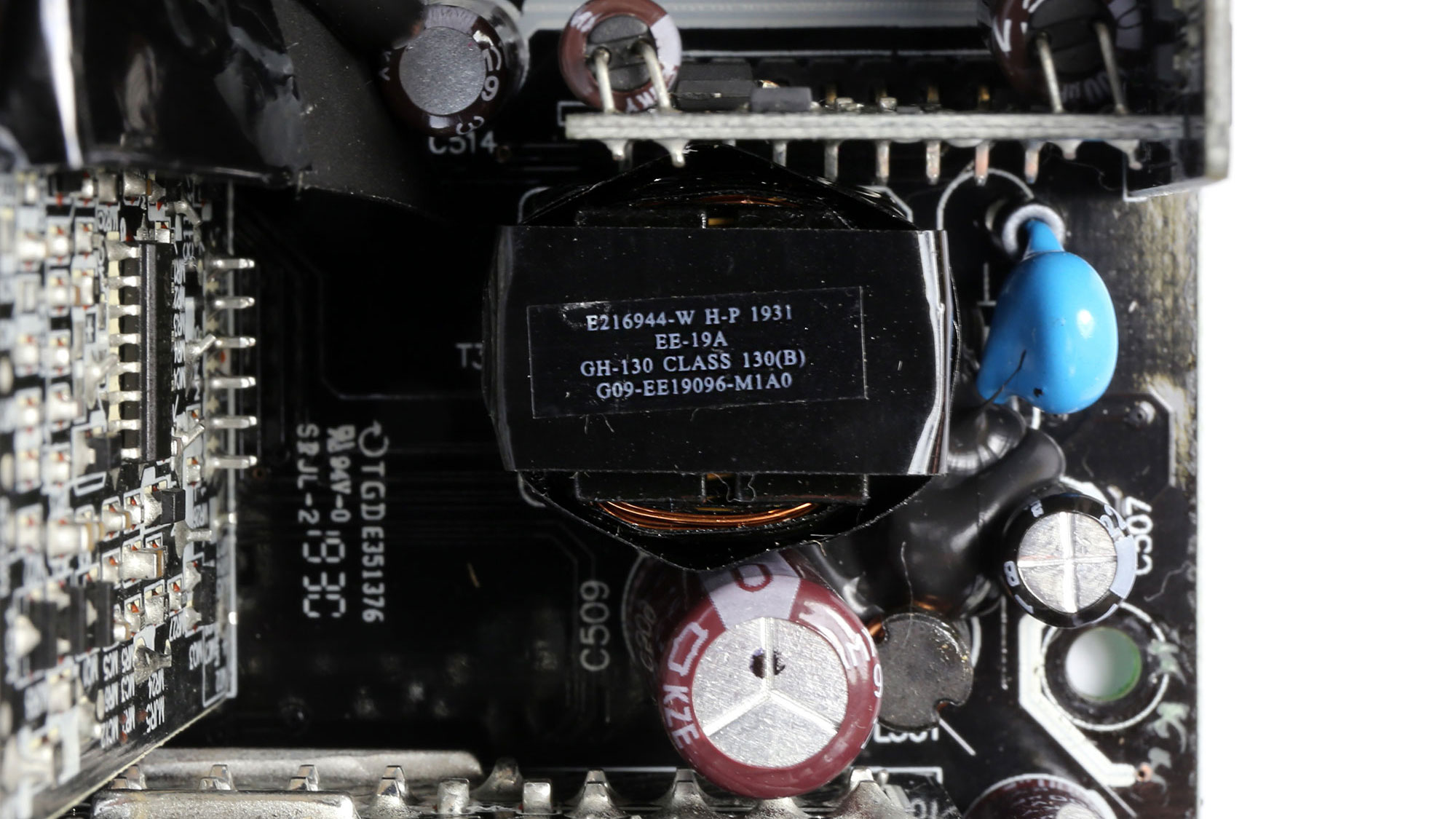

The 5VSB circuit's parts are depicted in the photos above.
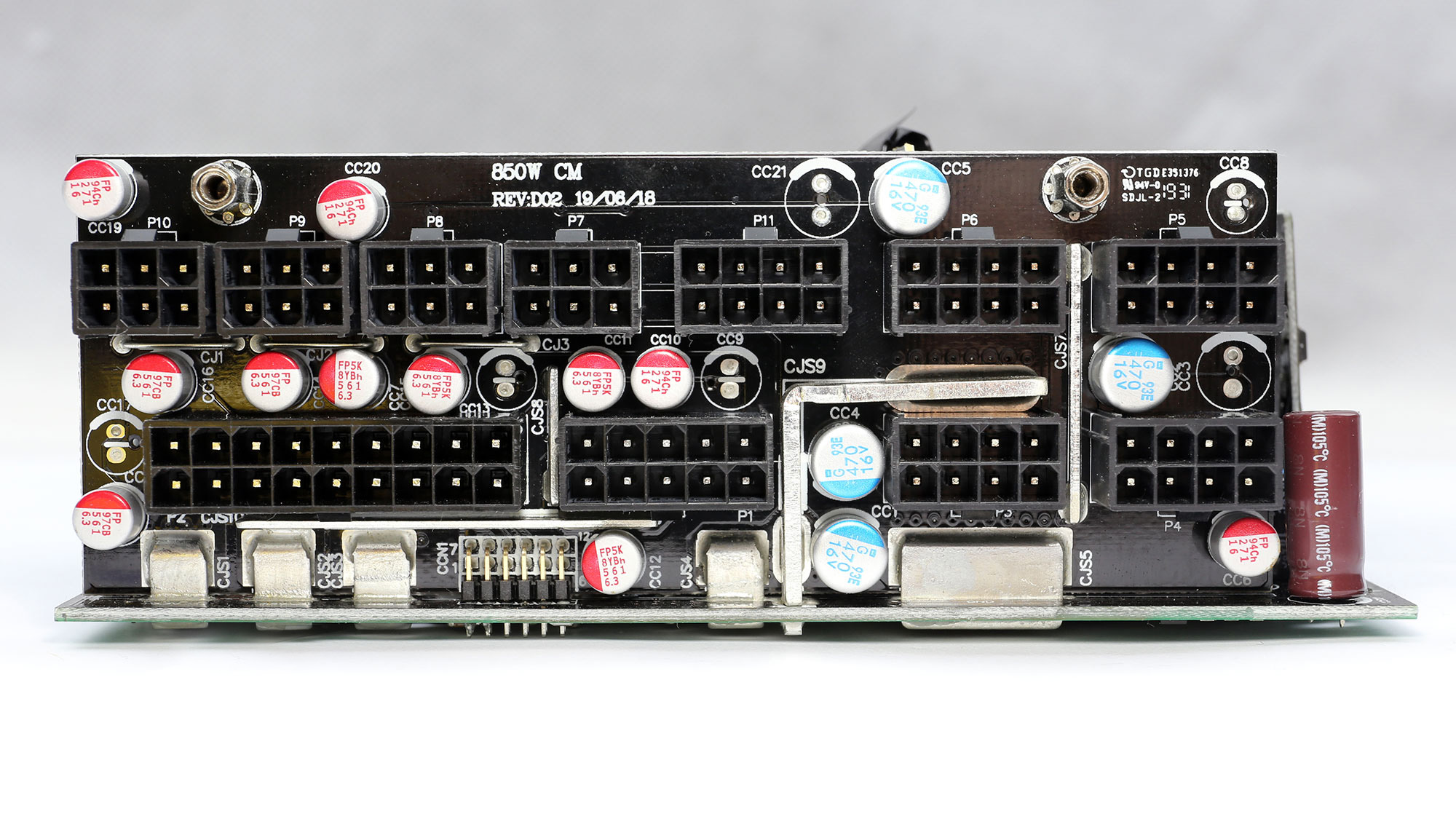
Modular board front

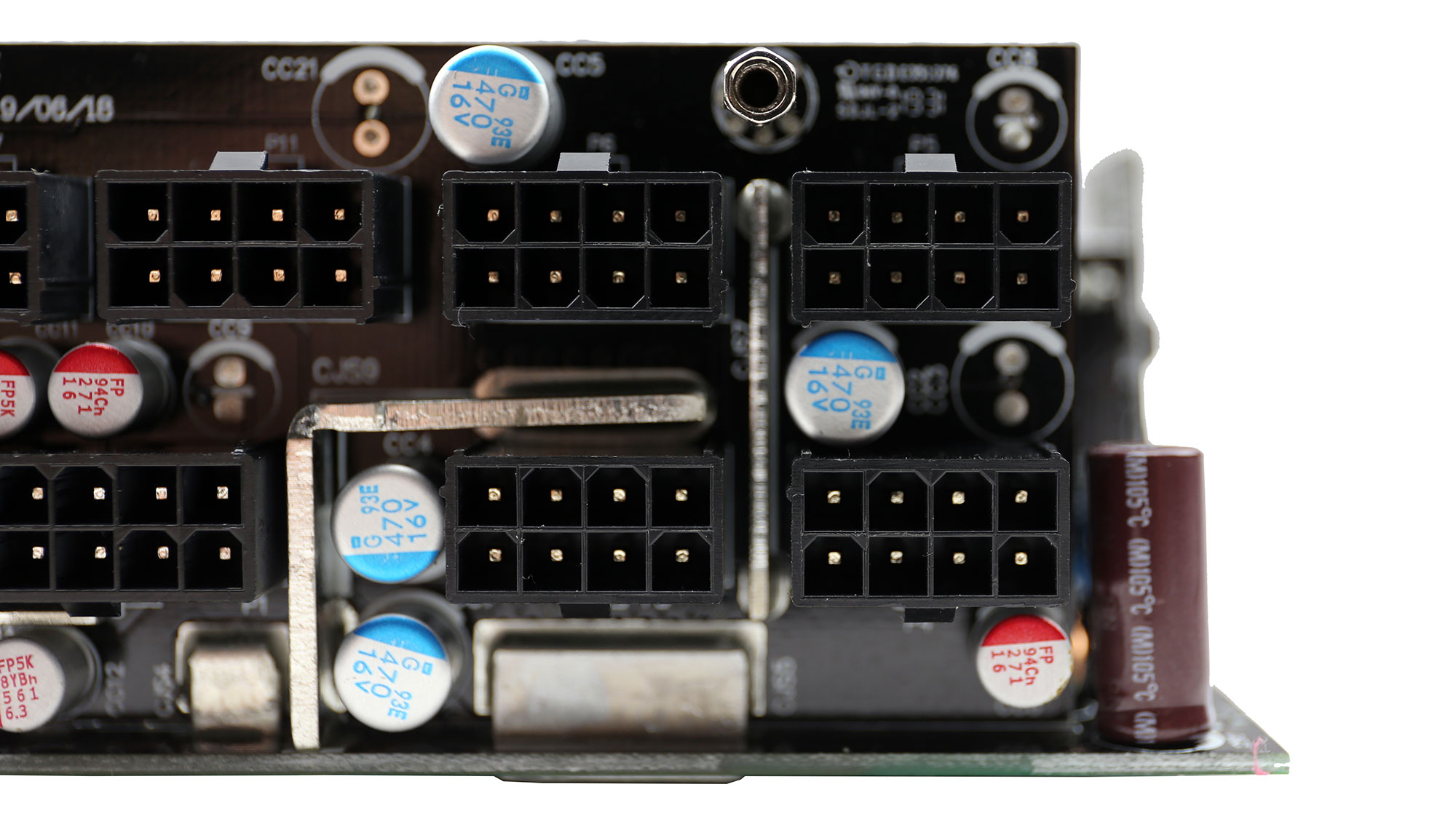
The modular board hosts a large number of polymer caps.
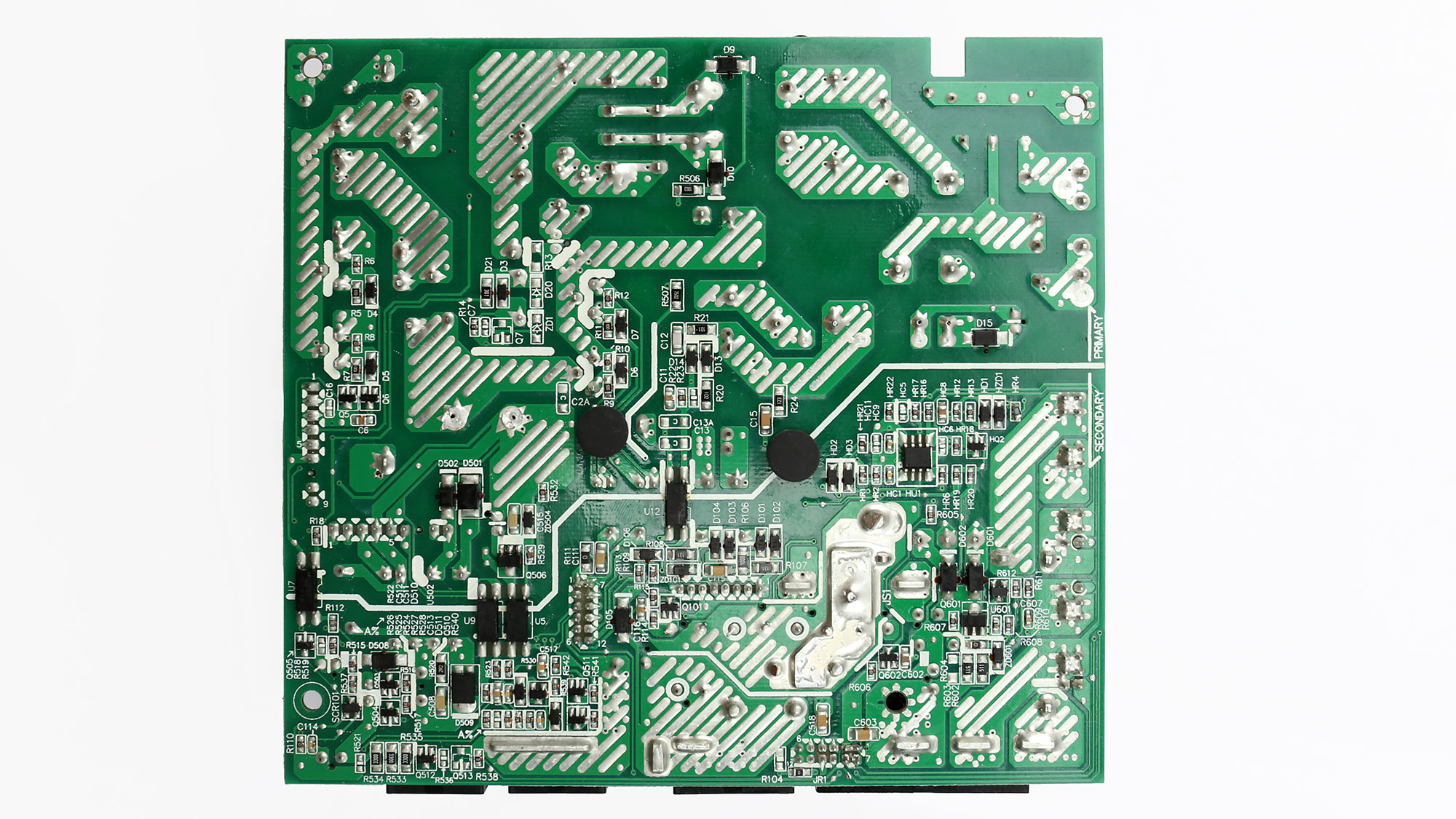
Soldering quality
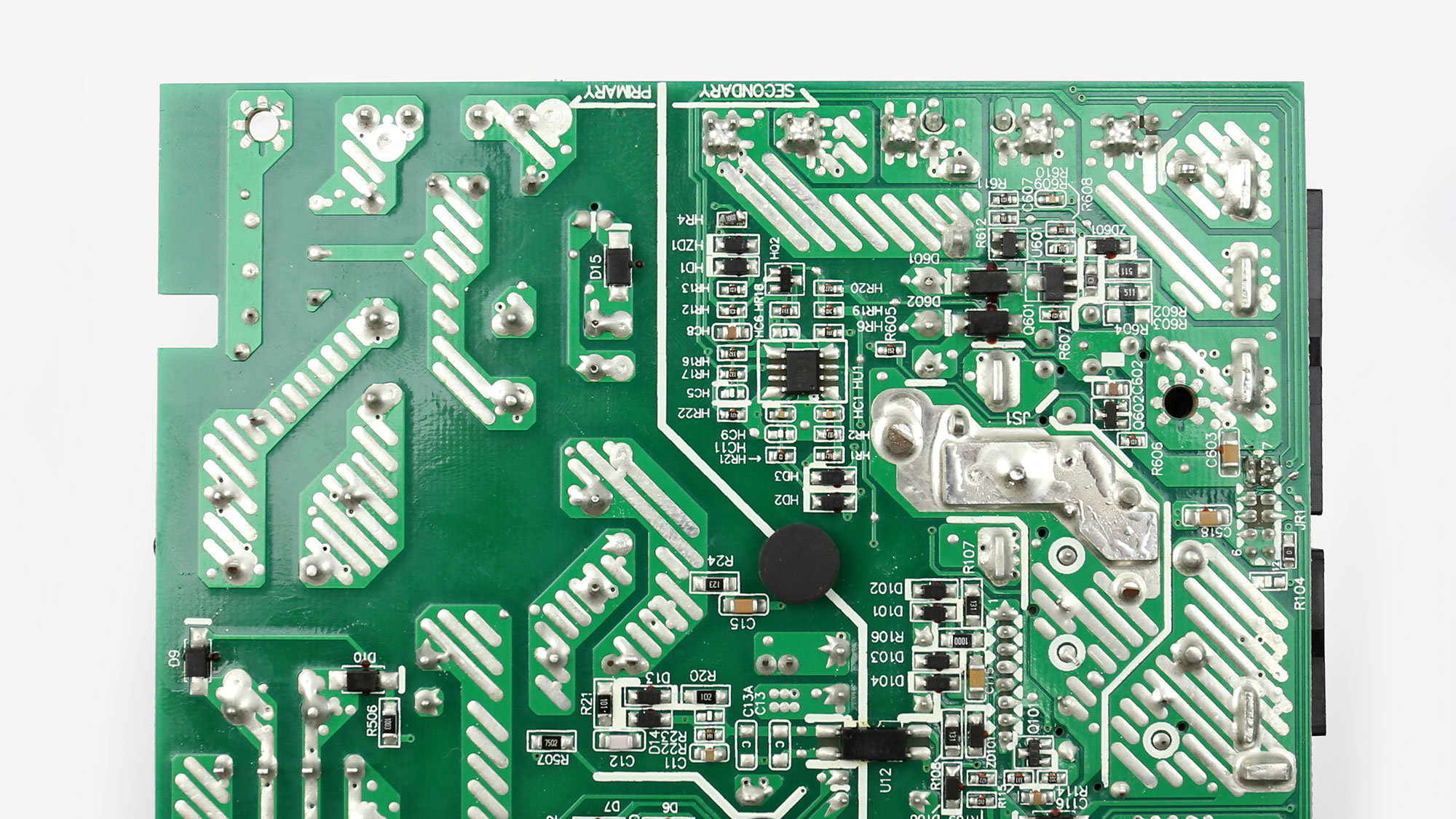
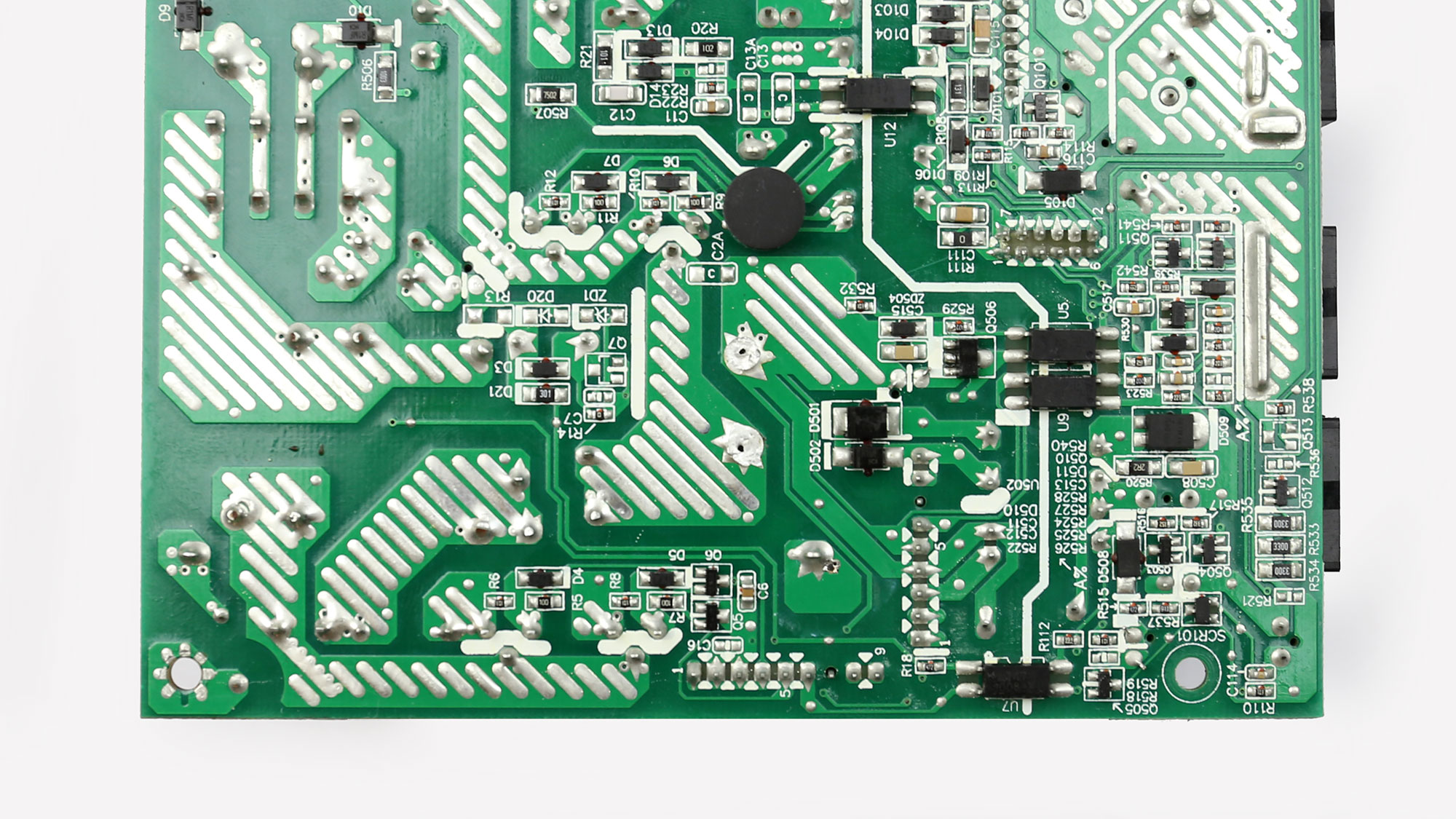
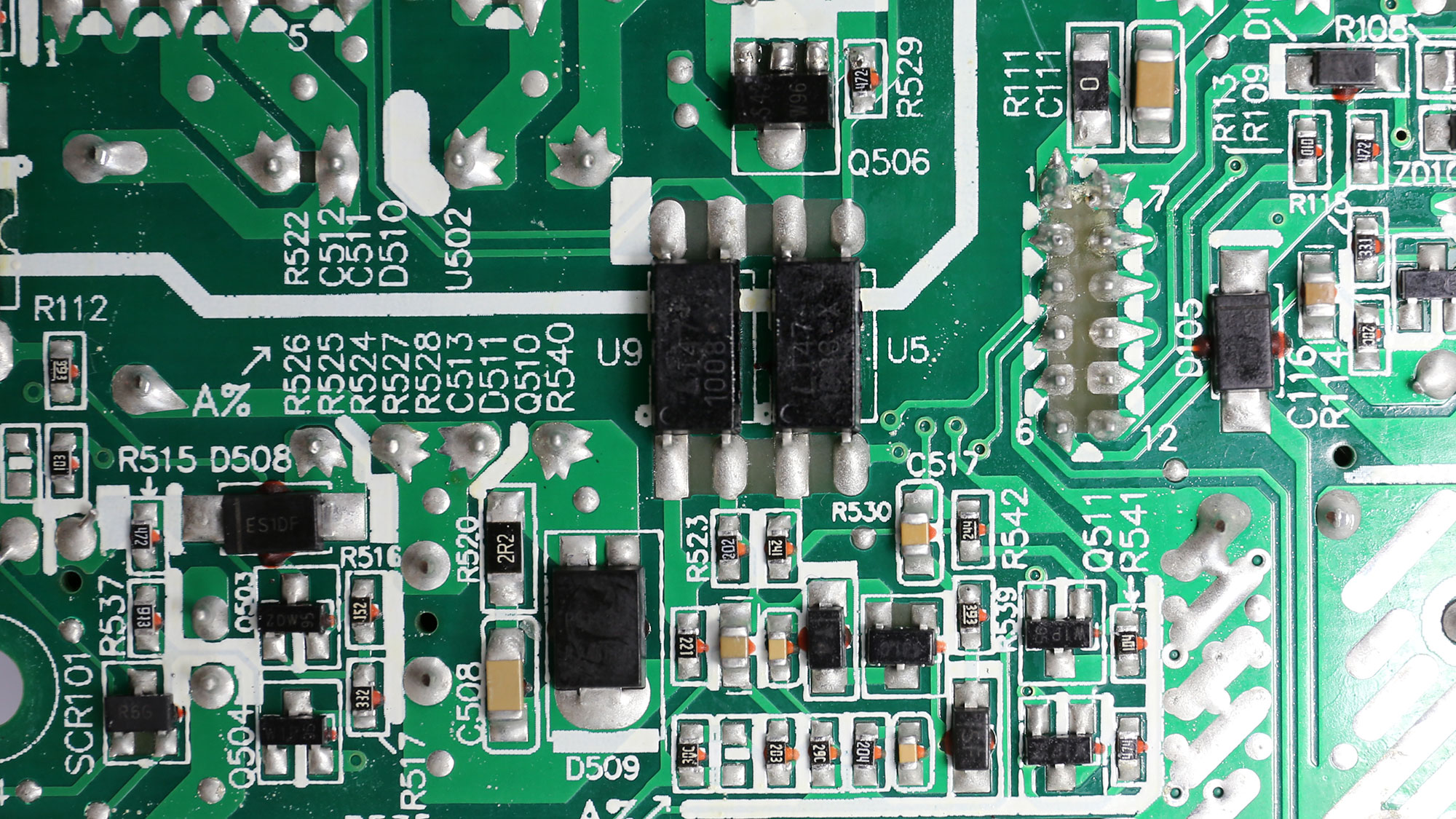
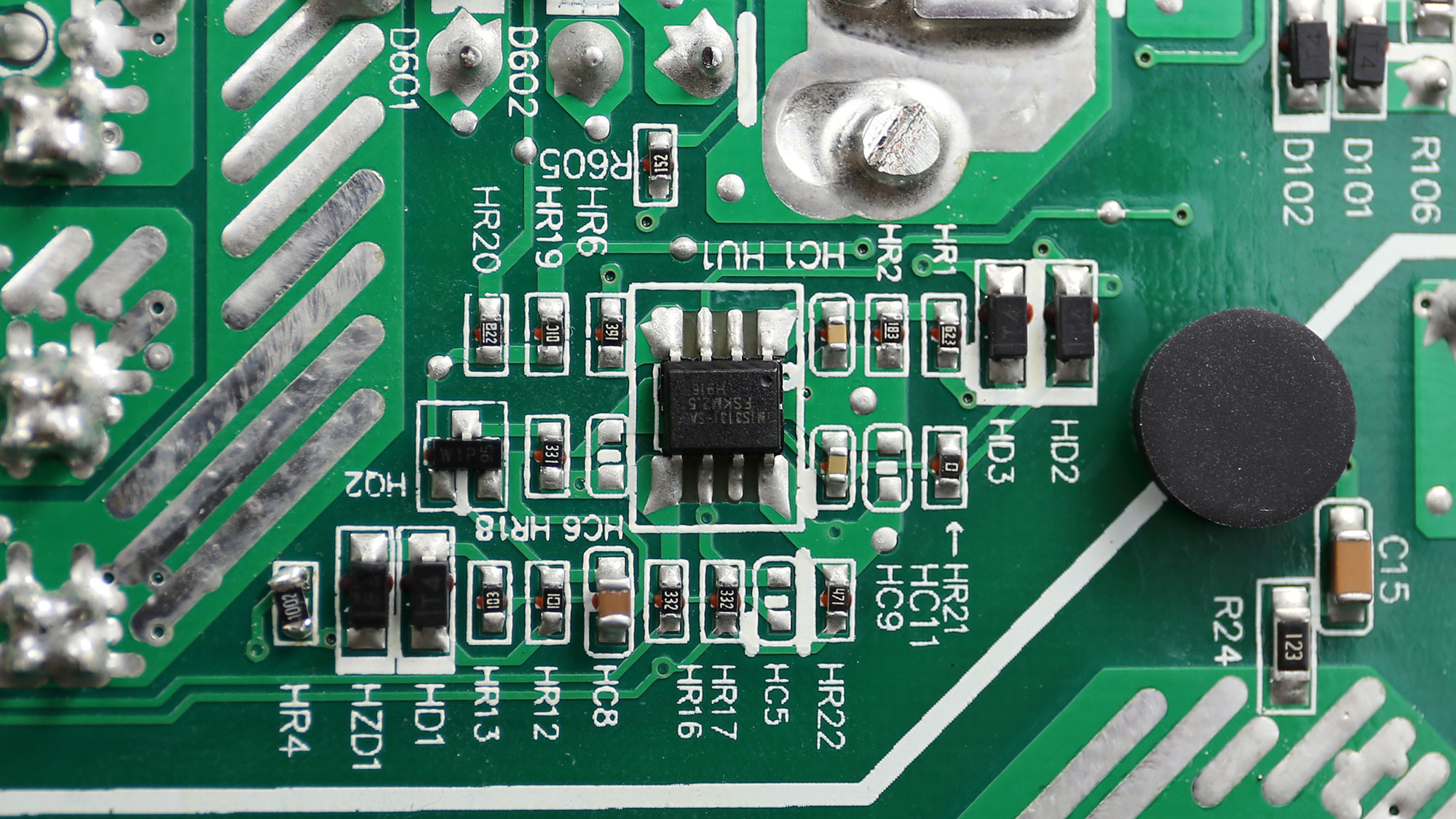
The soldering quality is good, as usually is the case with CWT's implementations. On this side of the PCB, we also find the supervisor IC, which is a N1S313I-SAG.
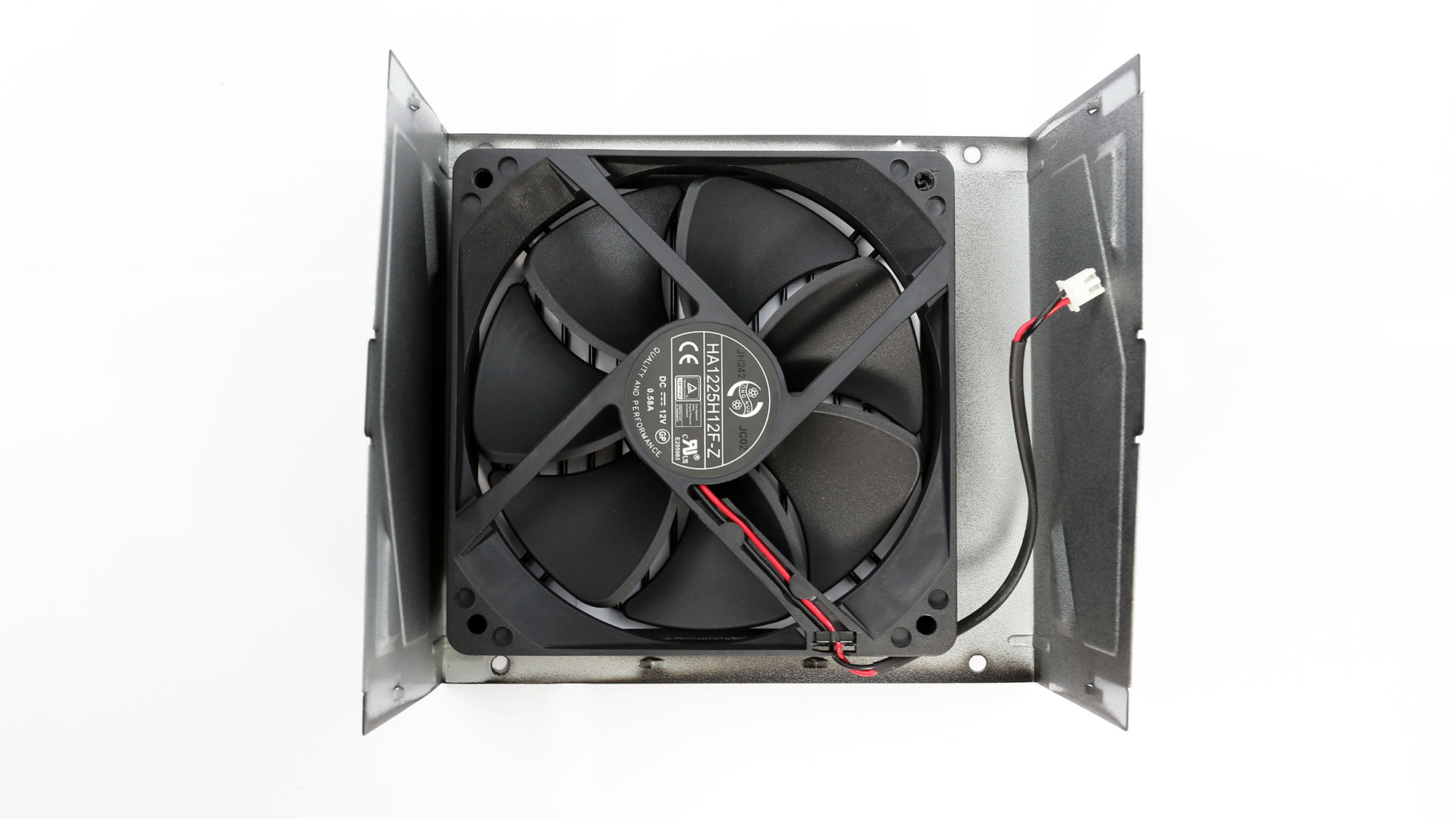
Cooling fan
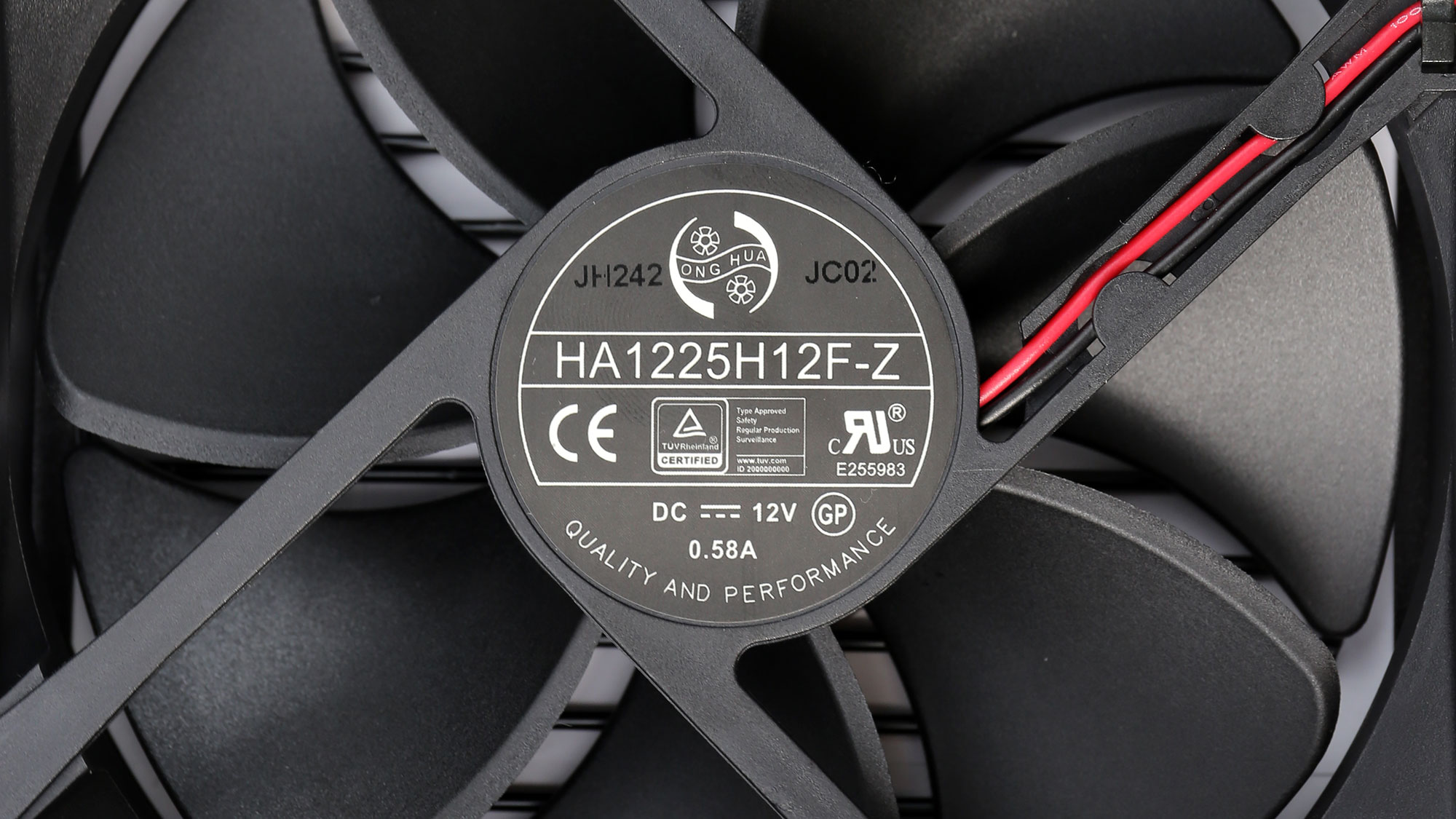
The cooling fan is by Hong Hua, and it uses a fluid dynamic bearing, which will last for quite long, while making less noise compared to units with double-ball bearings.
MORE: Best Power Supplies
MORE: How We Test Power Supplies
MORE: All Power Supply Content
Current page: Specifications and Part Analysis
Next Page Load Regulation, Hold-Up Time, Inrush Current, Efficiency and Noise
Aris Mpitziopoulos is a contributing editor at Tom's Hardware, covering PSUs.